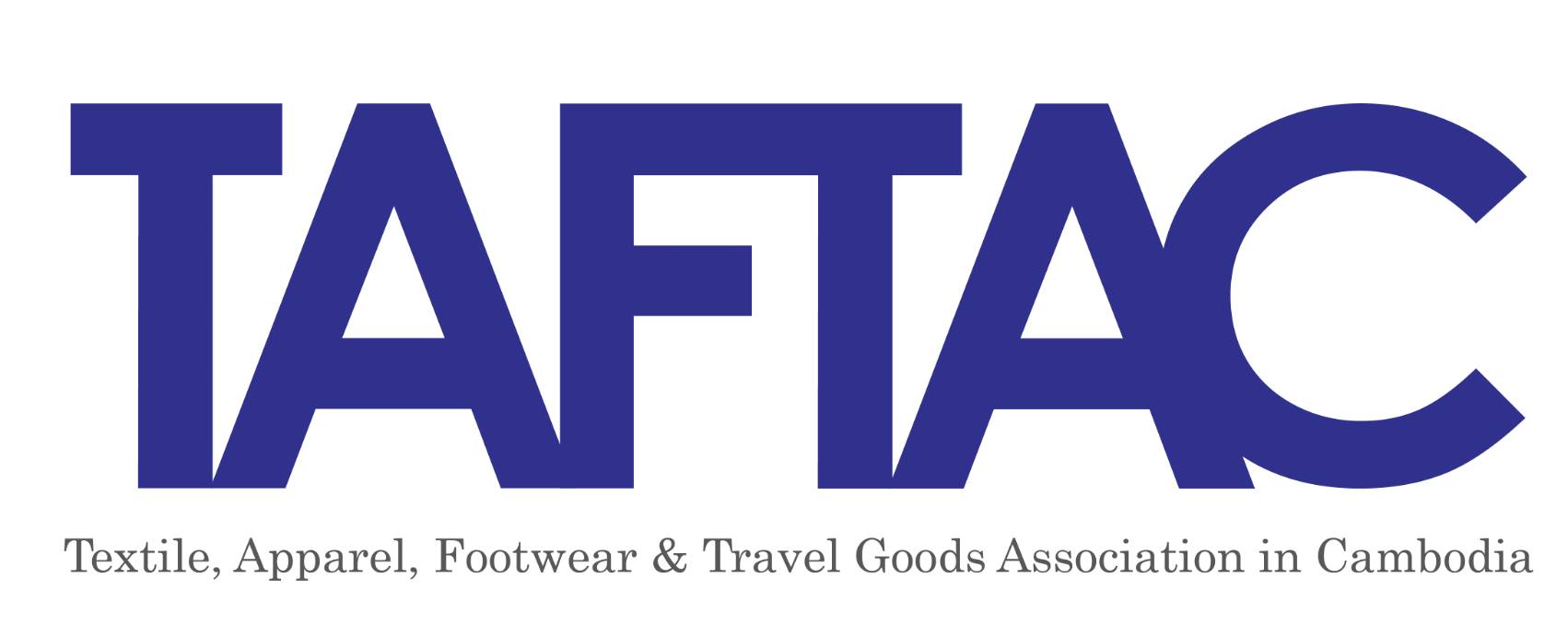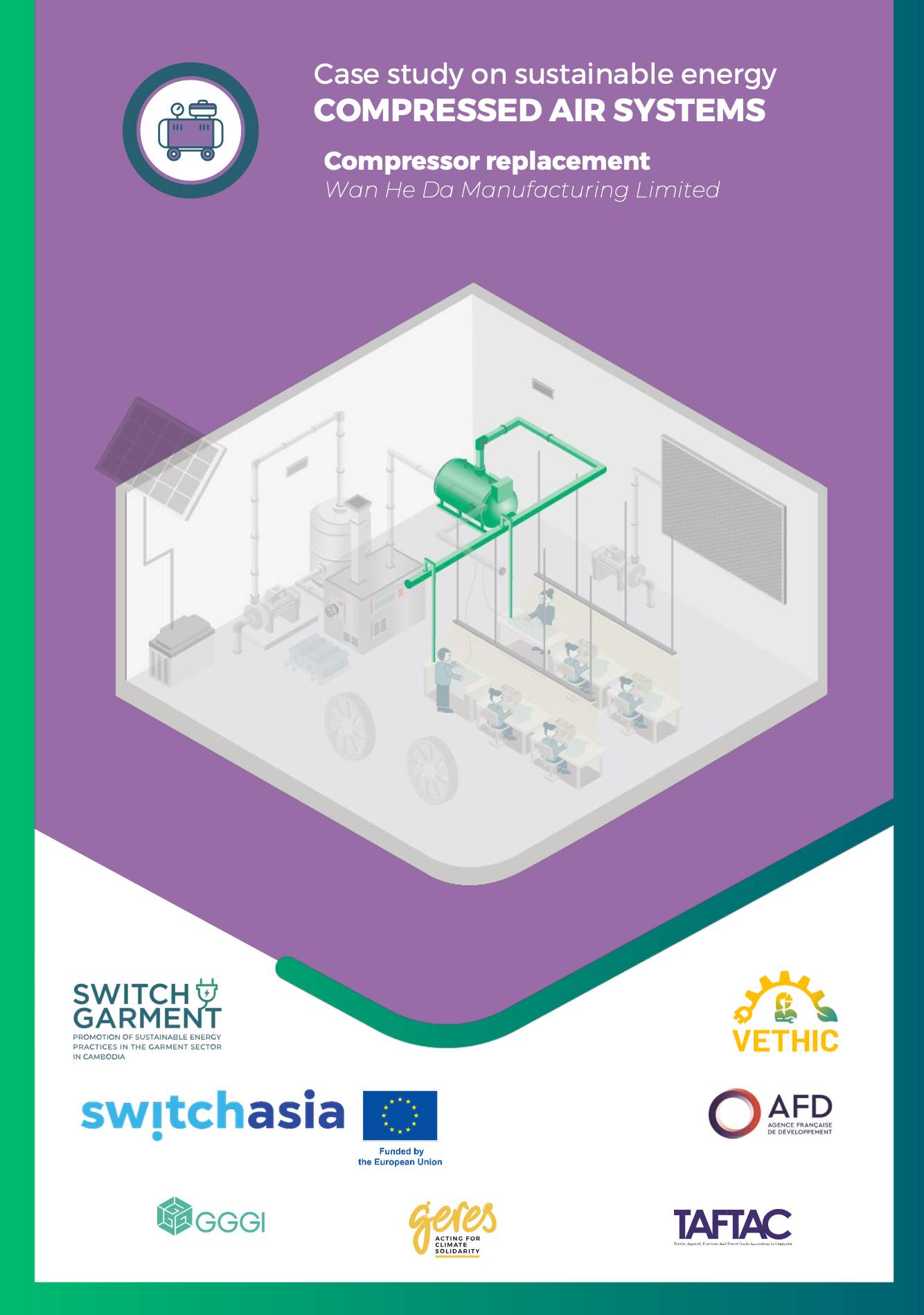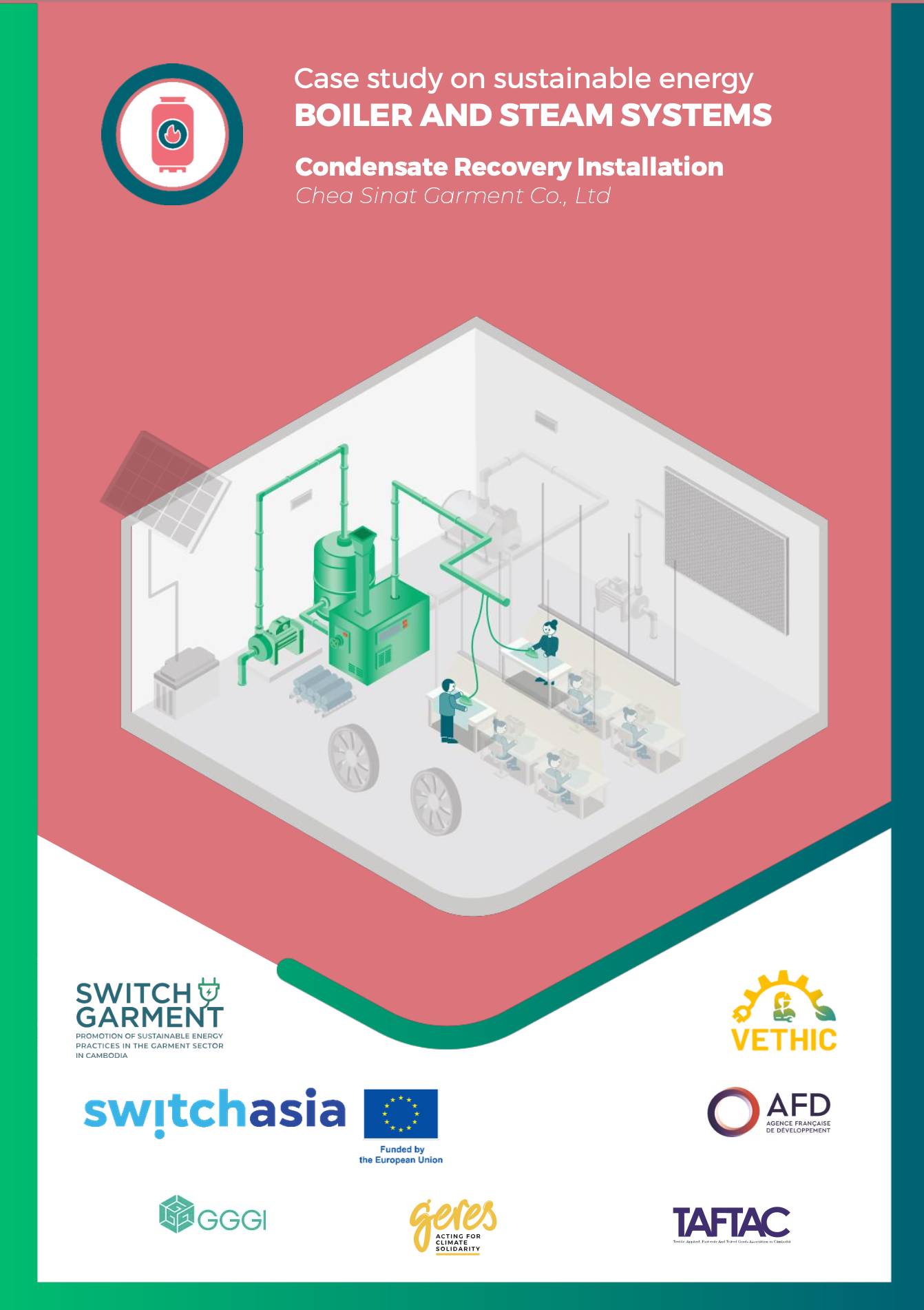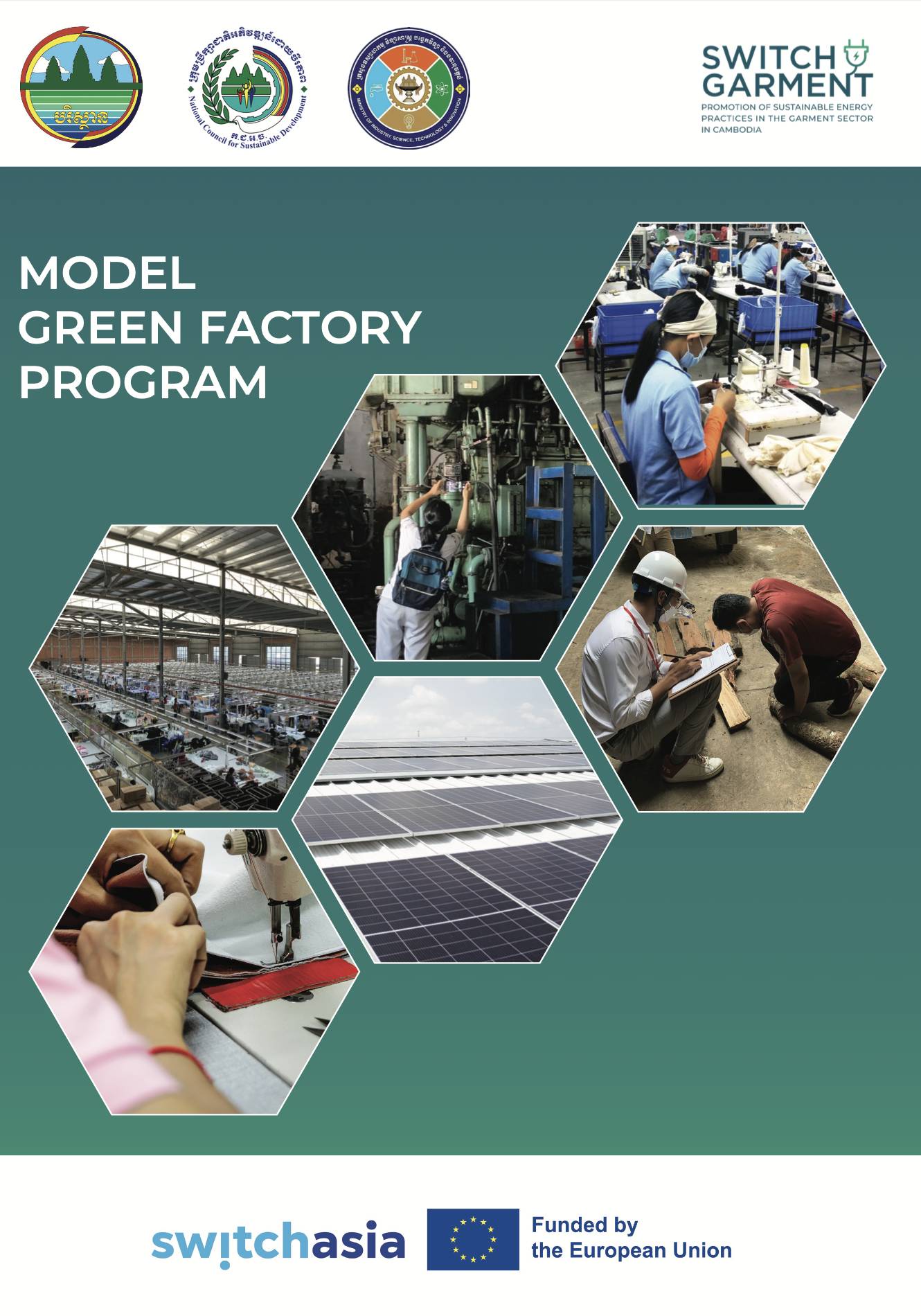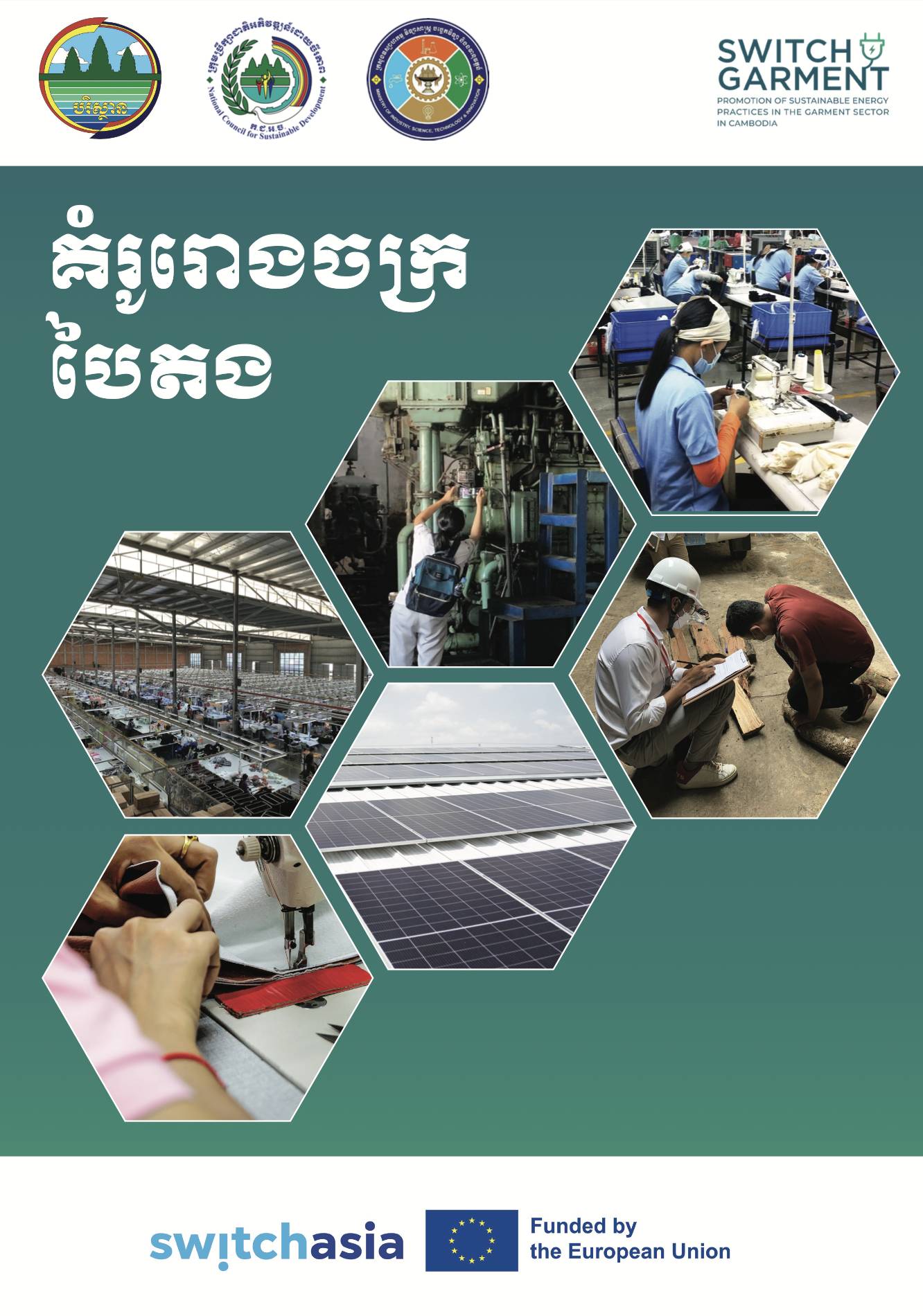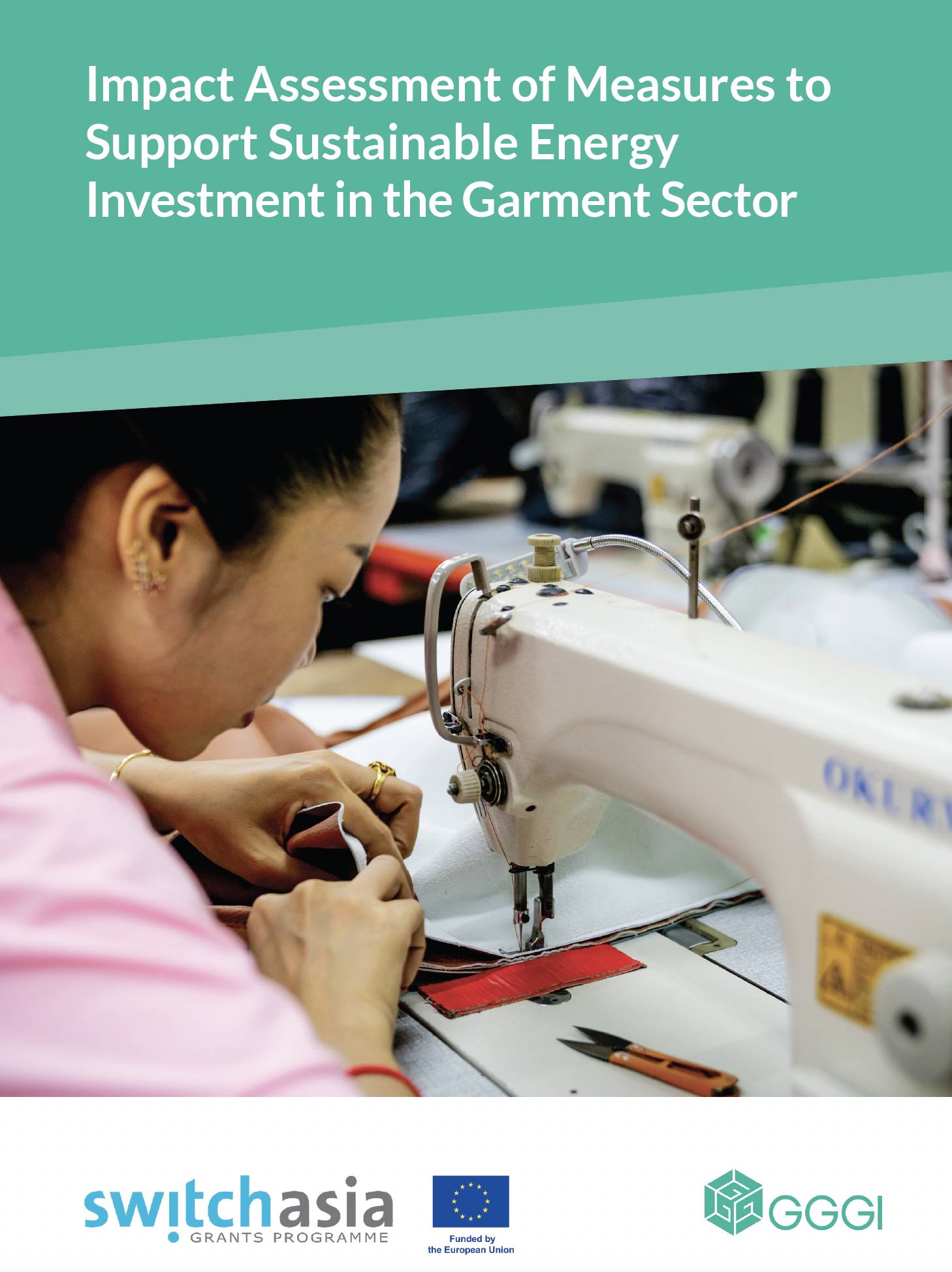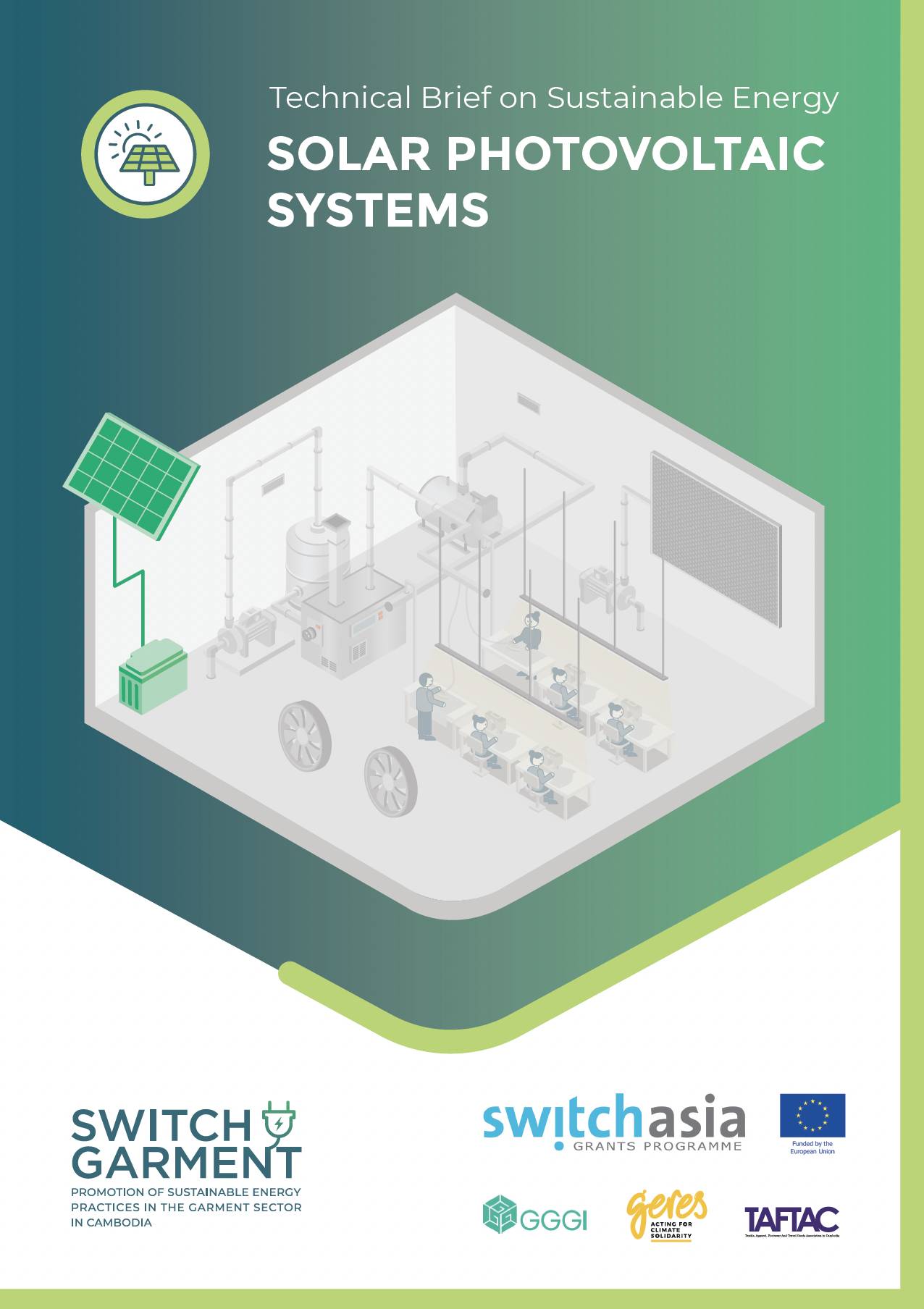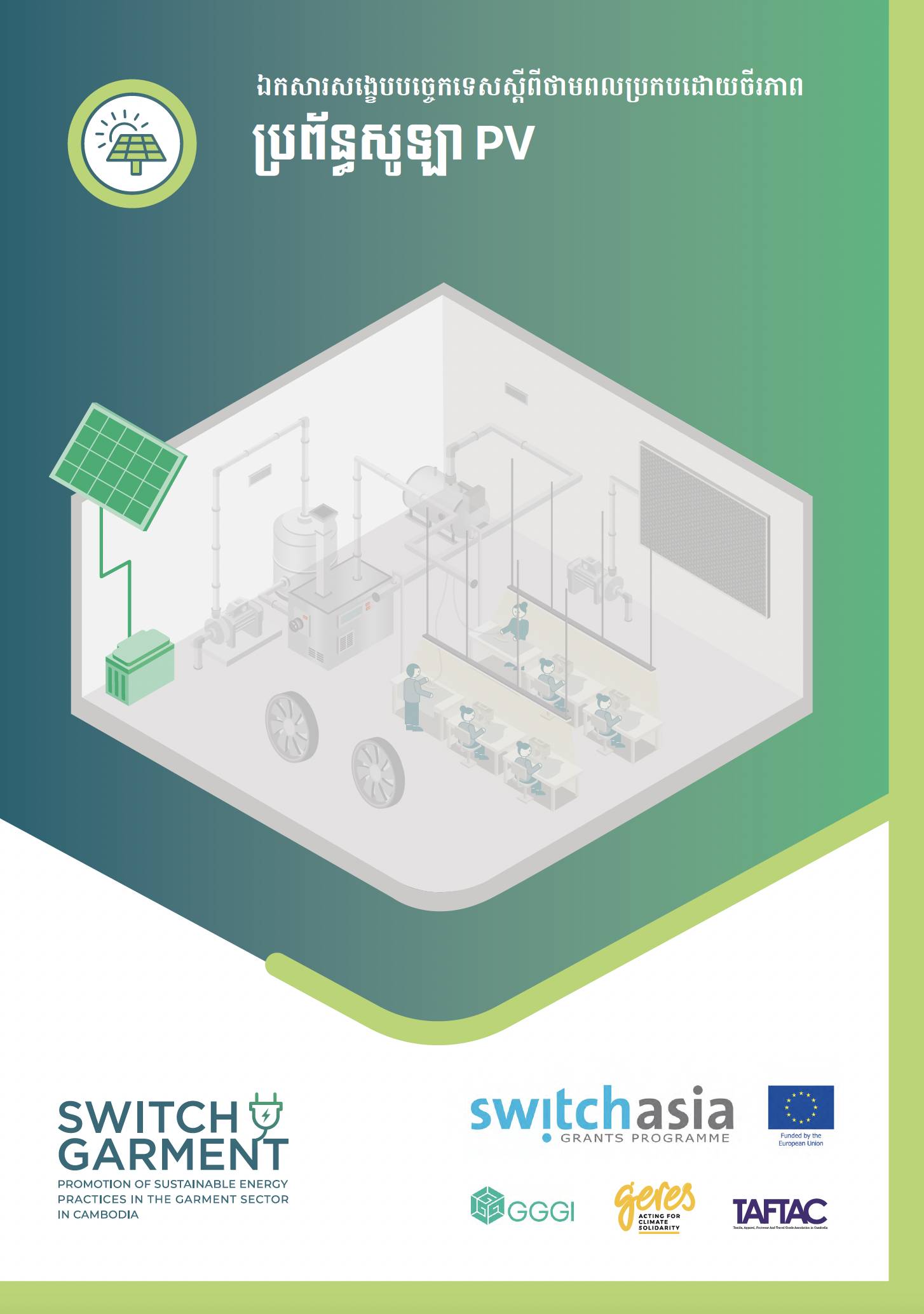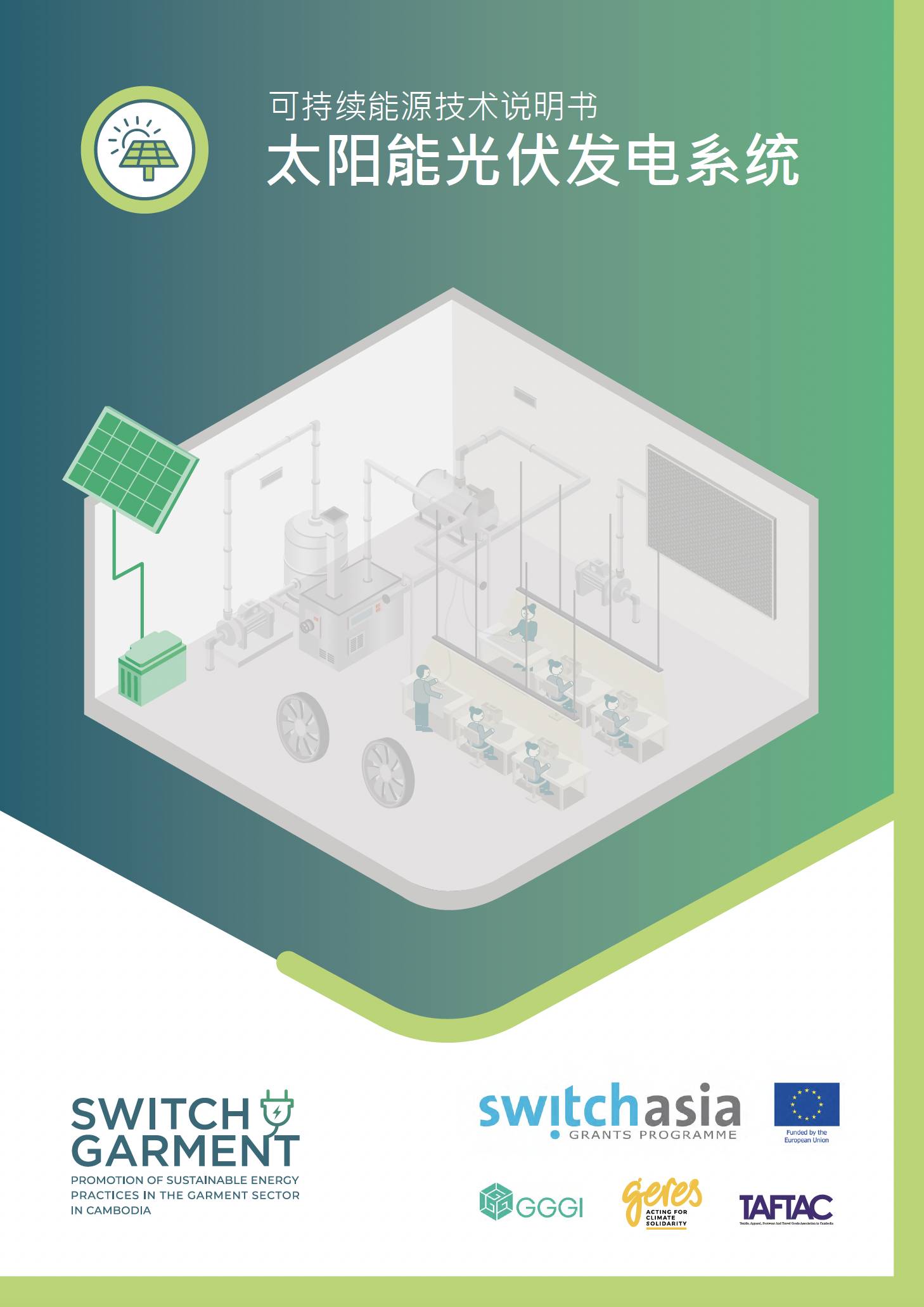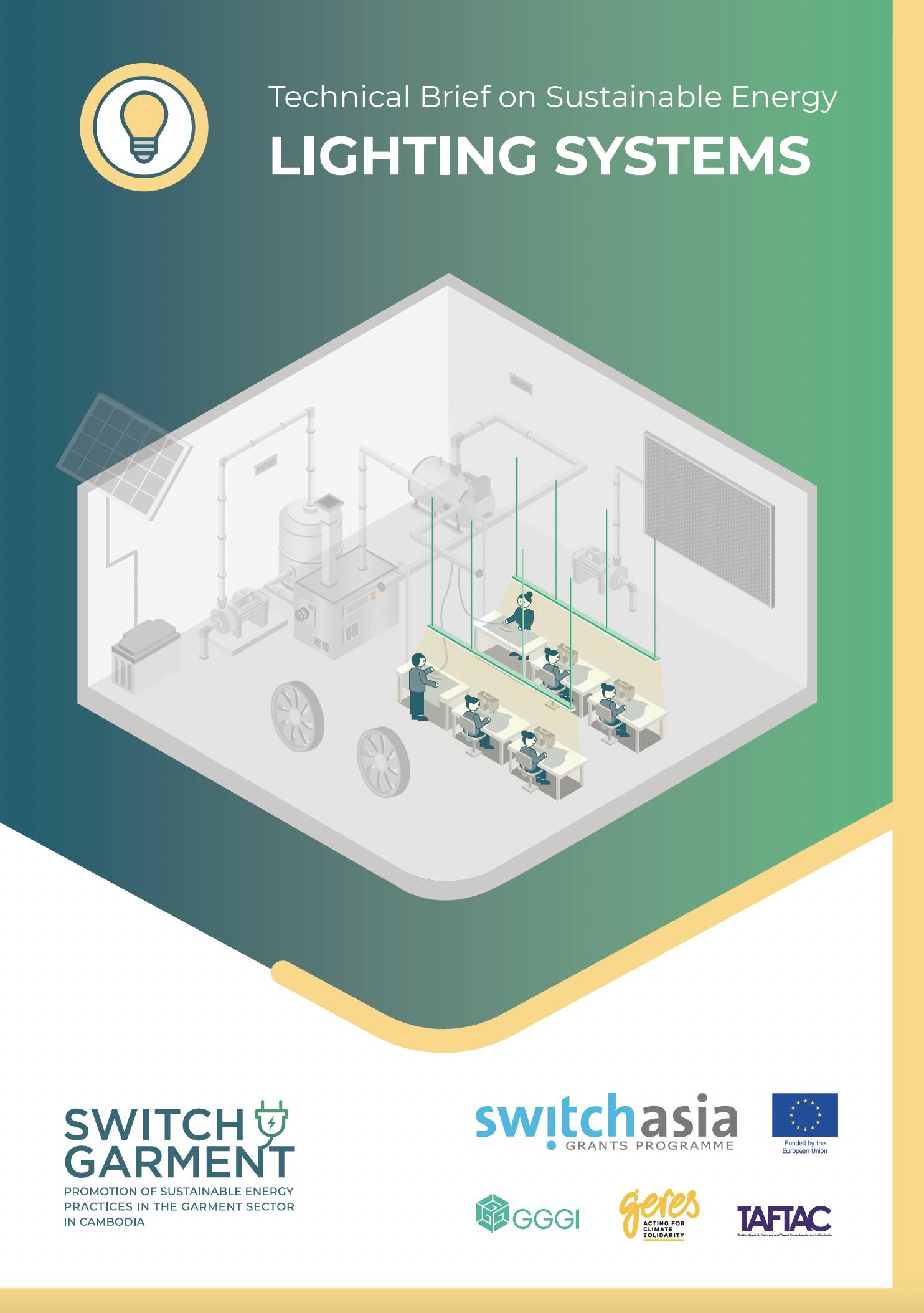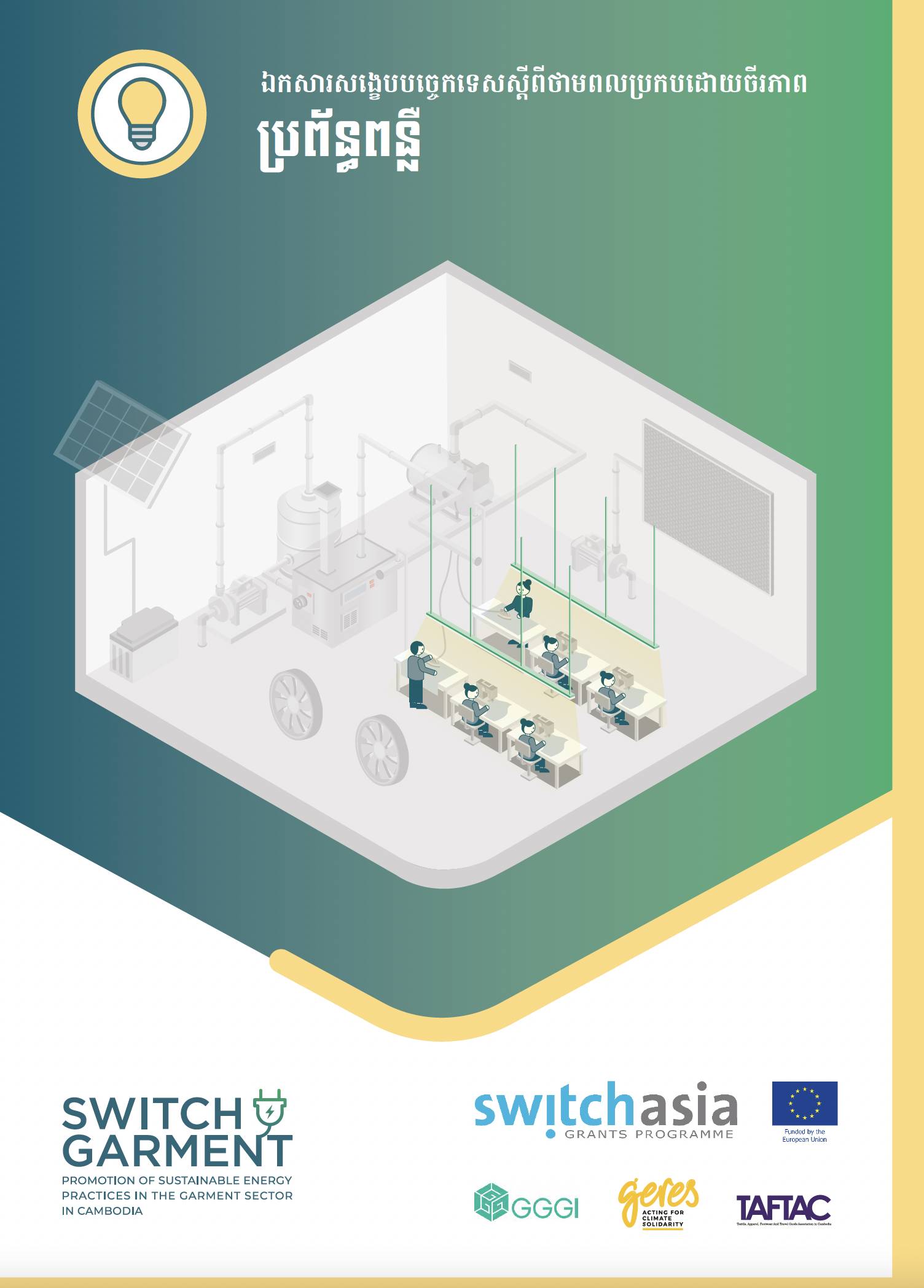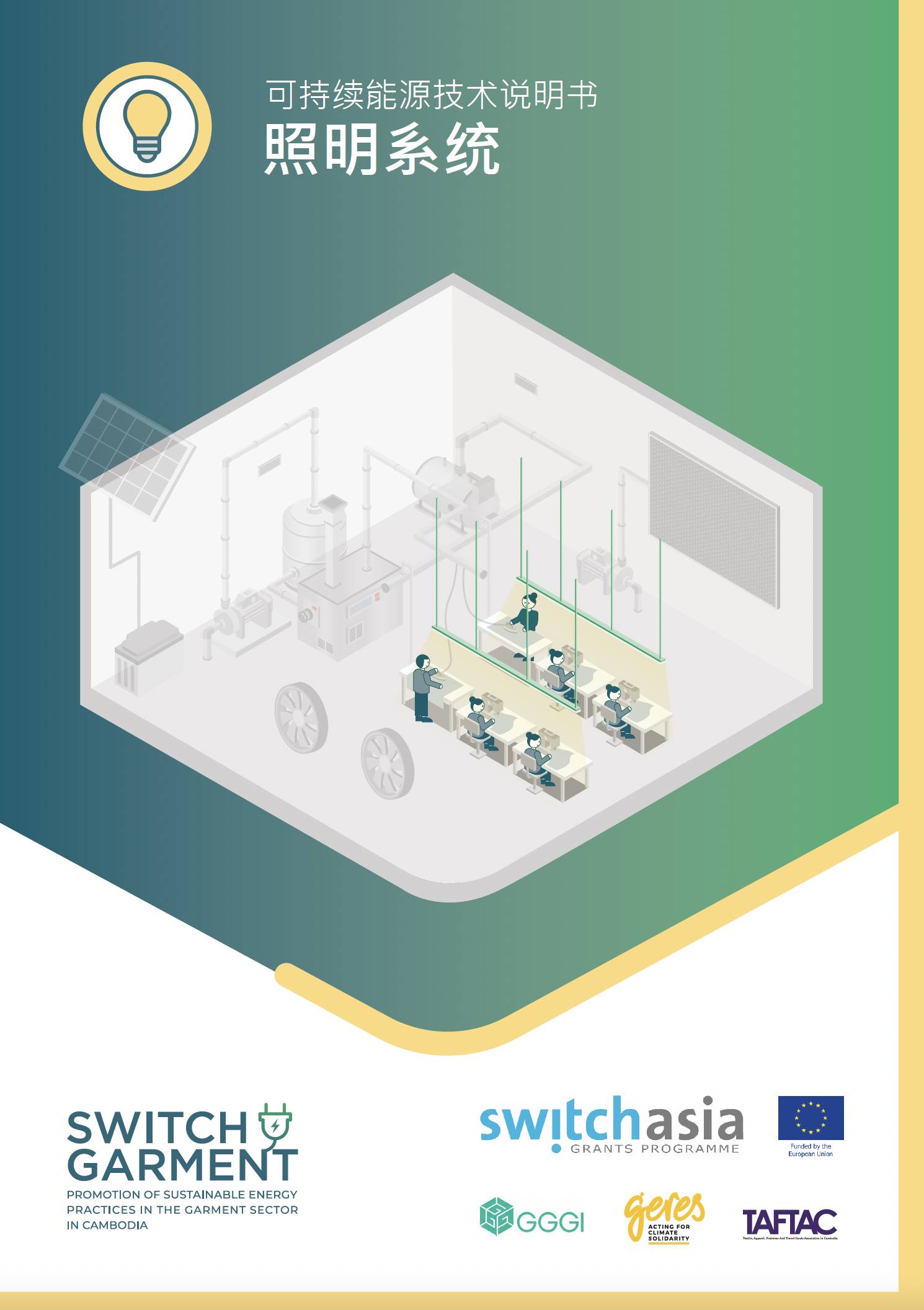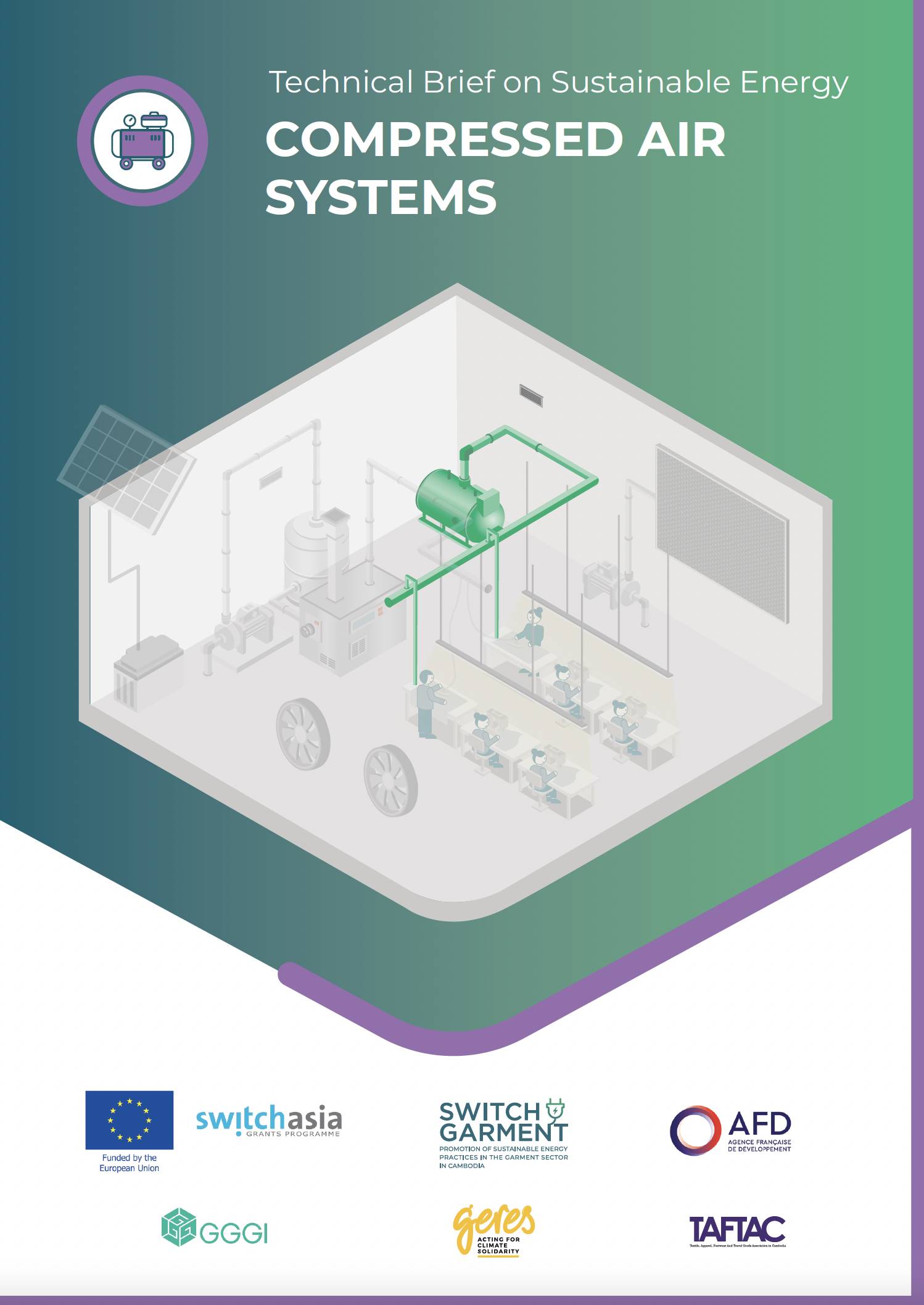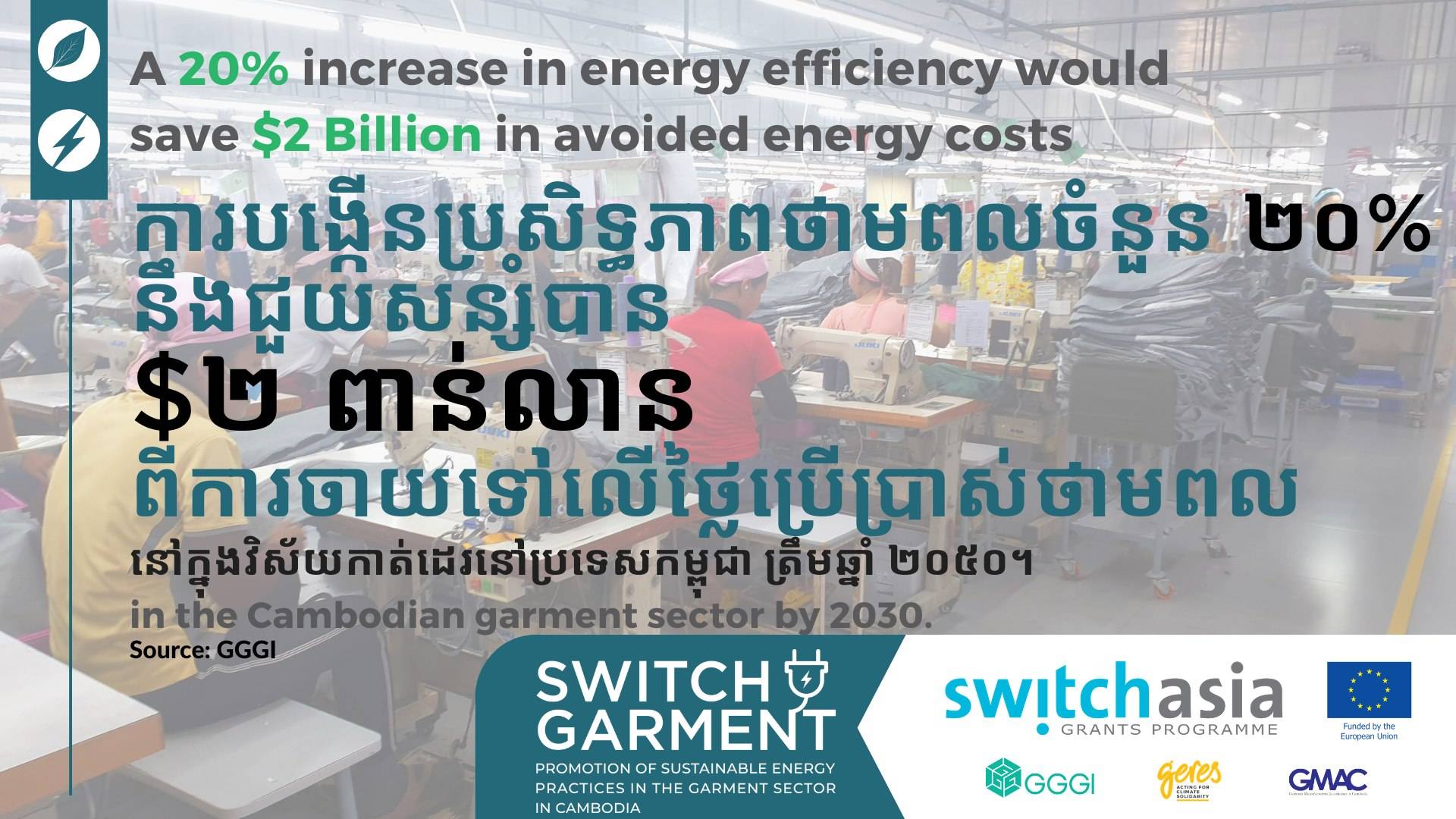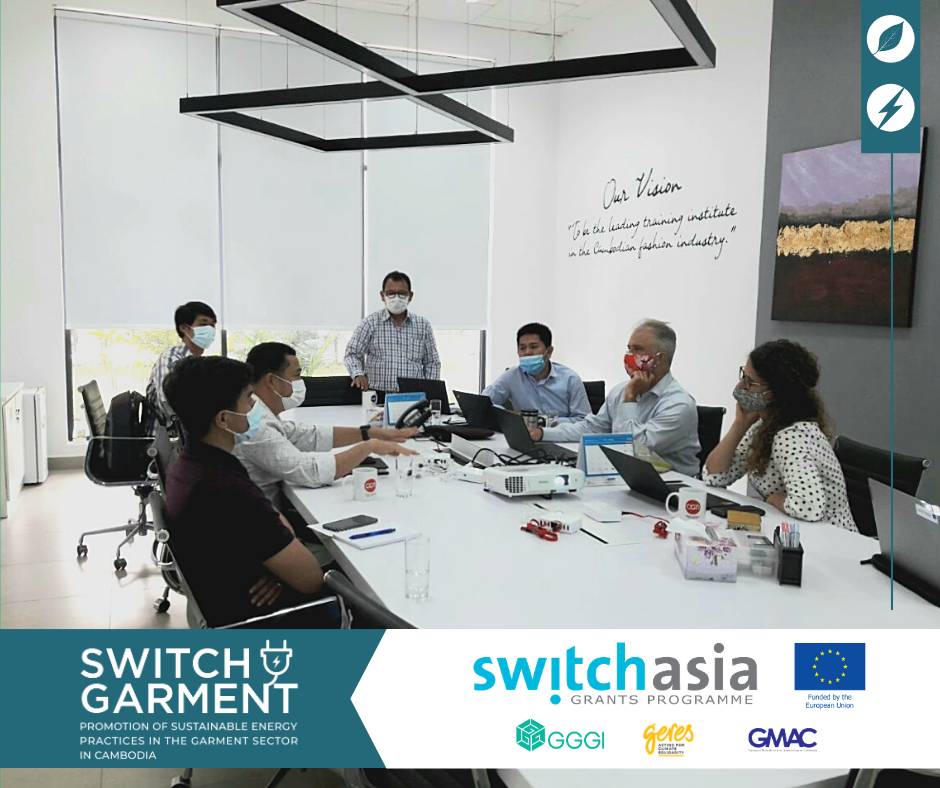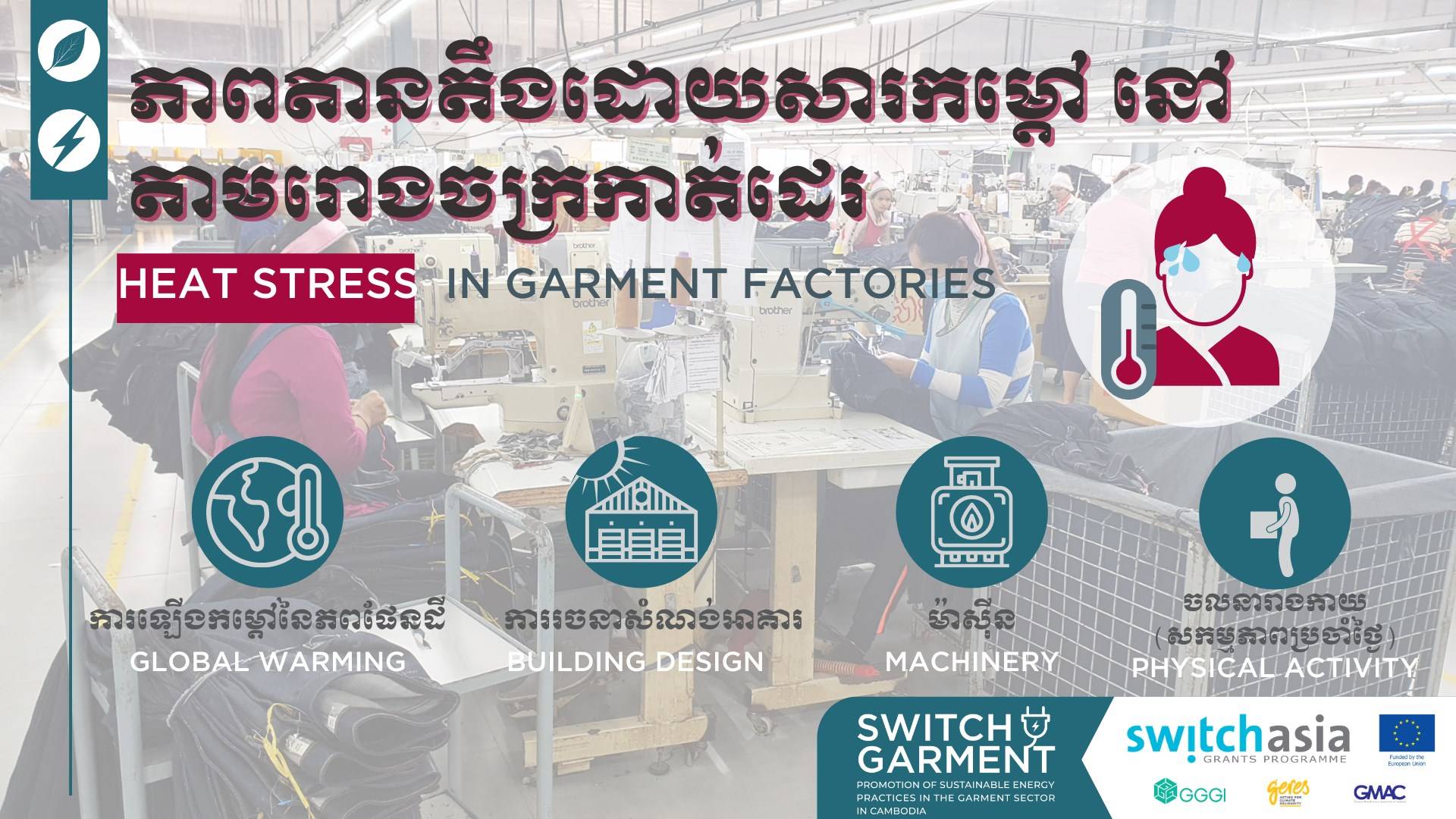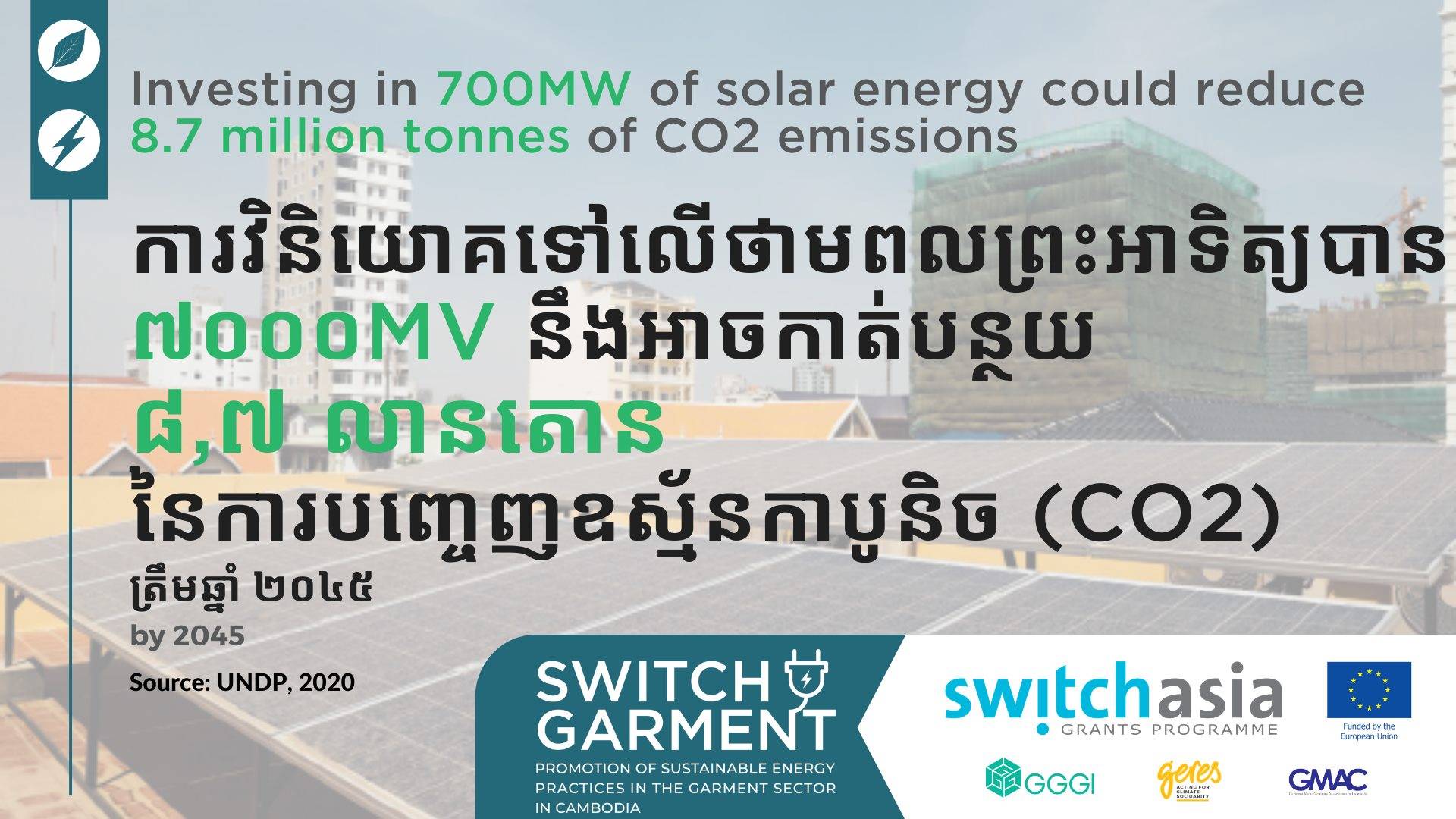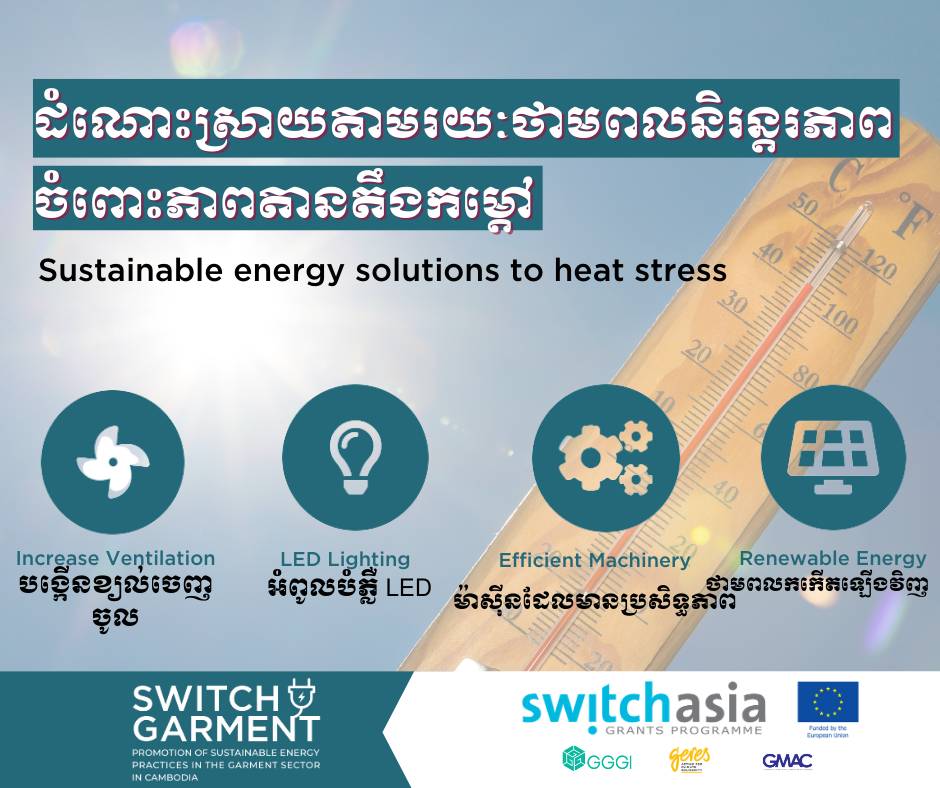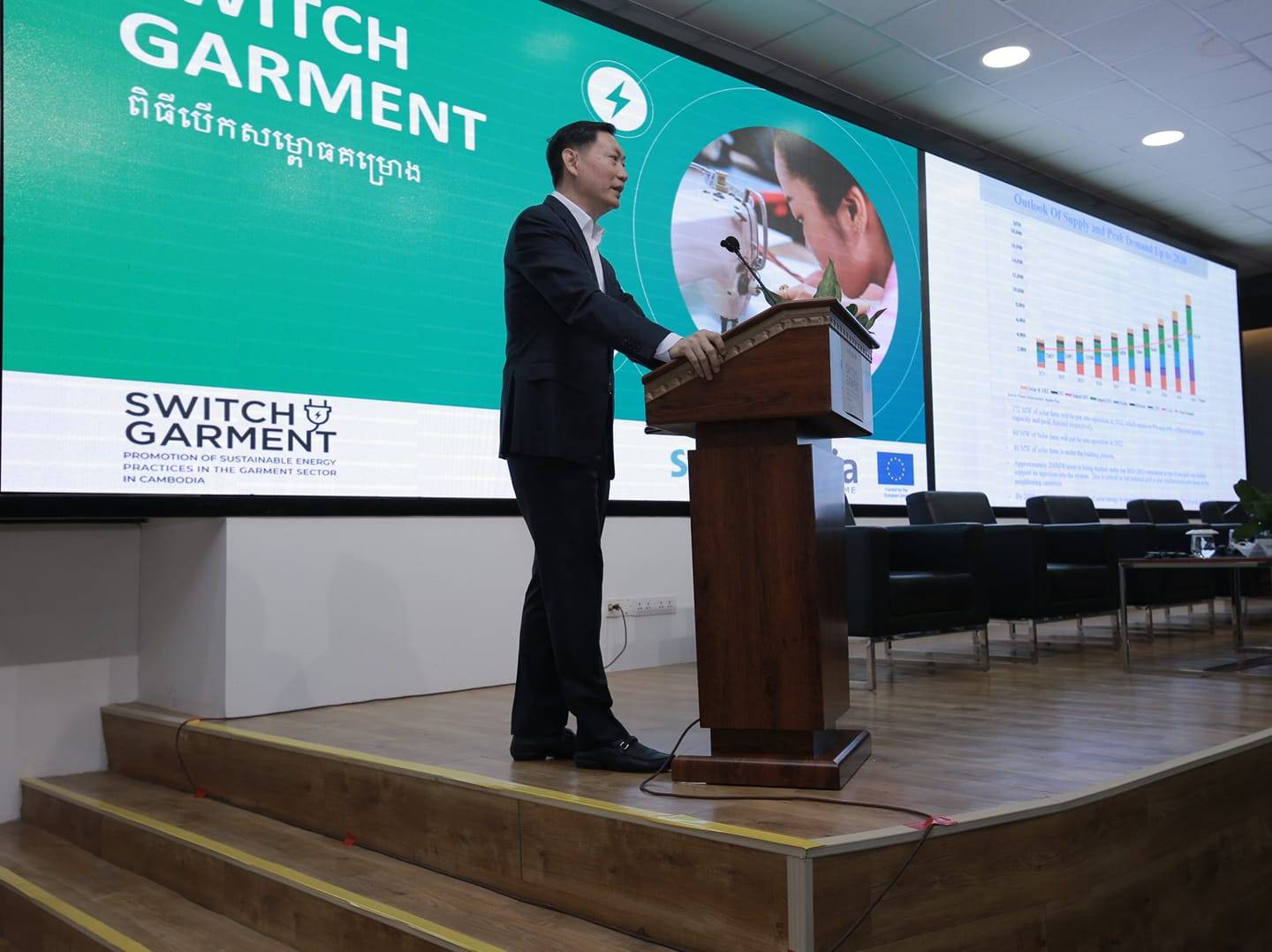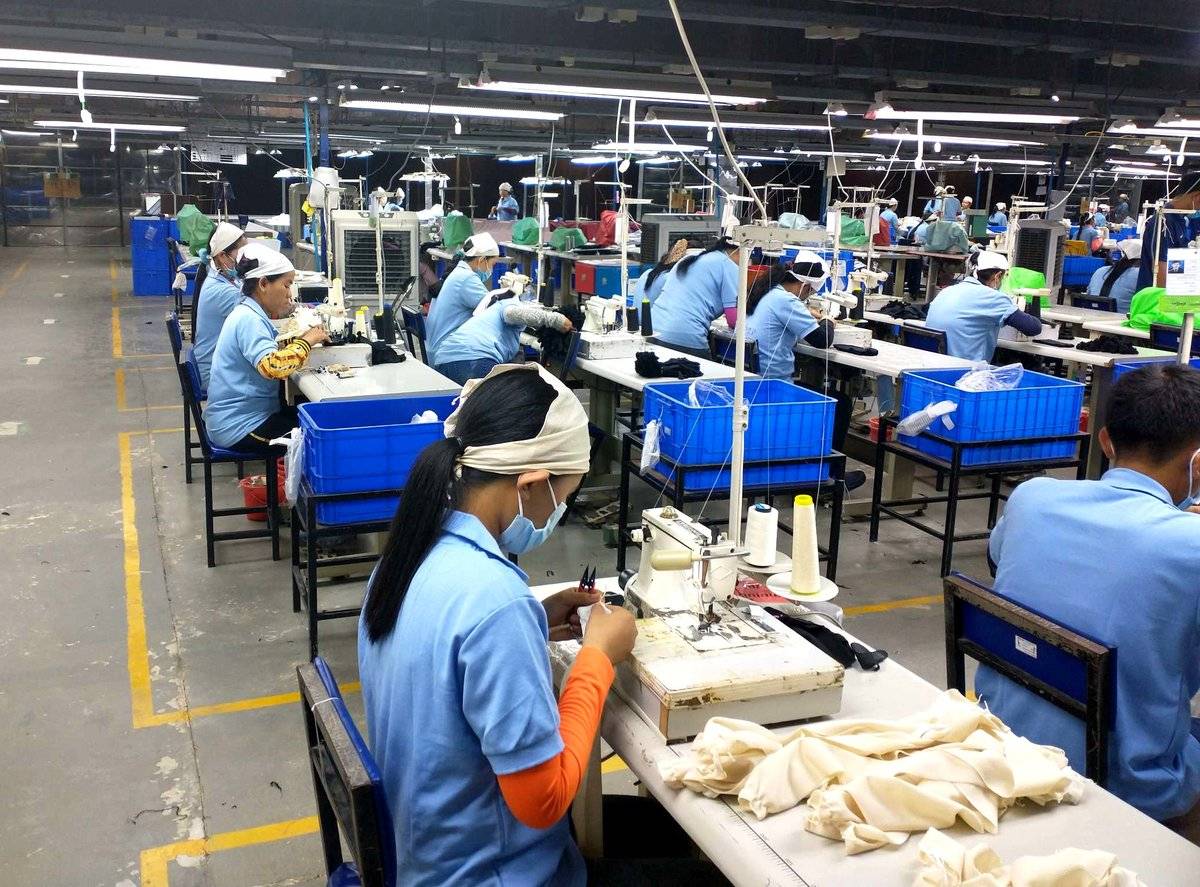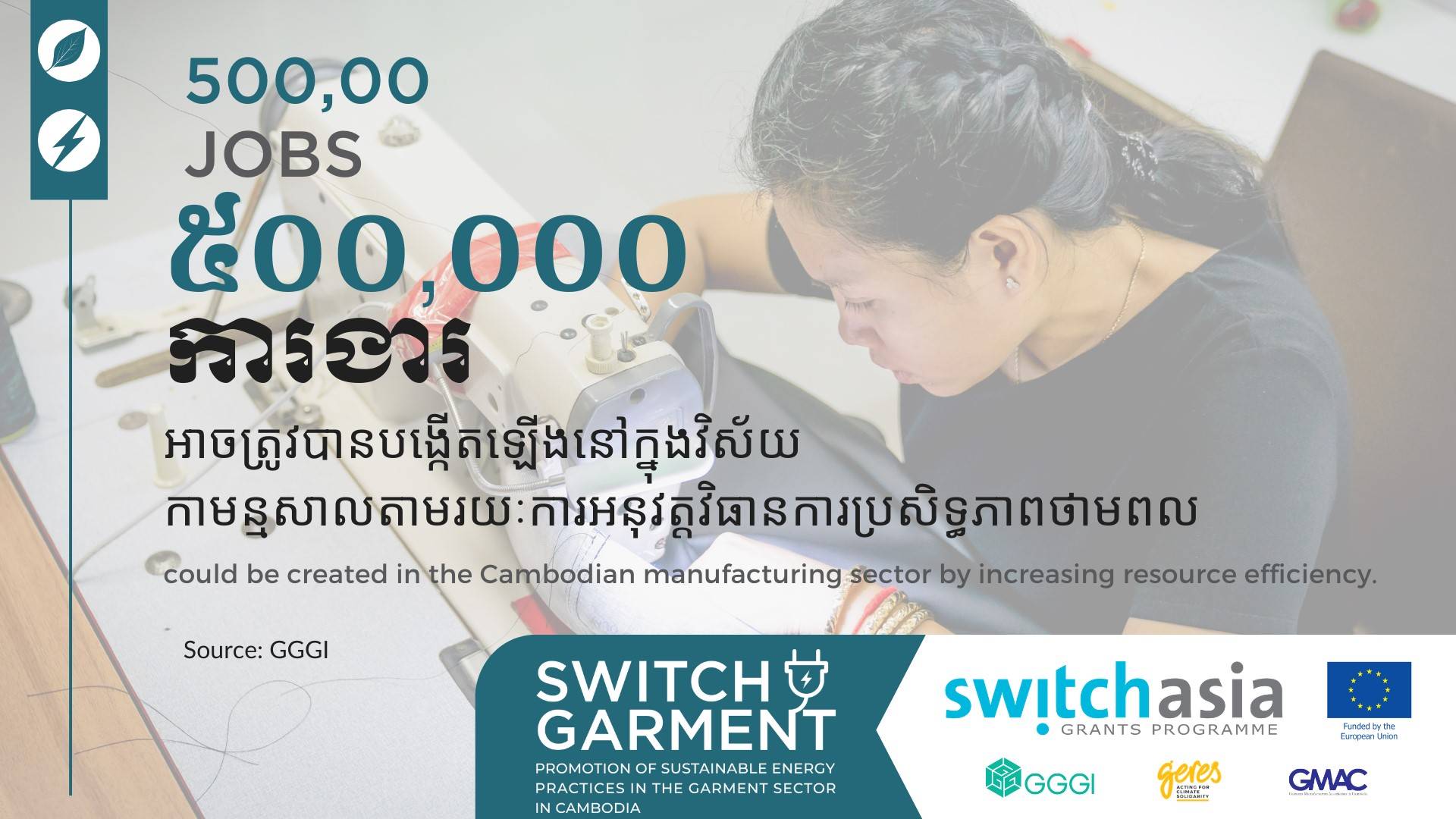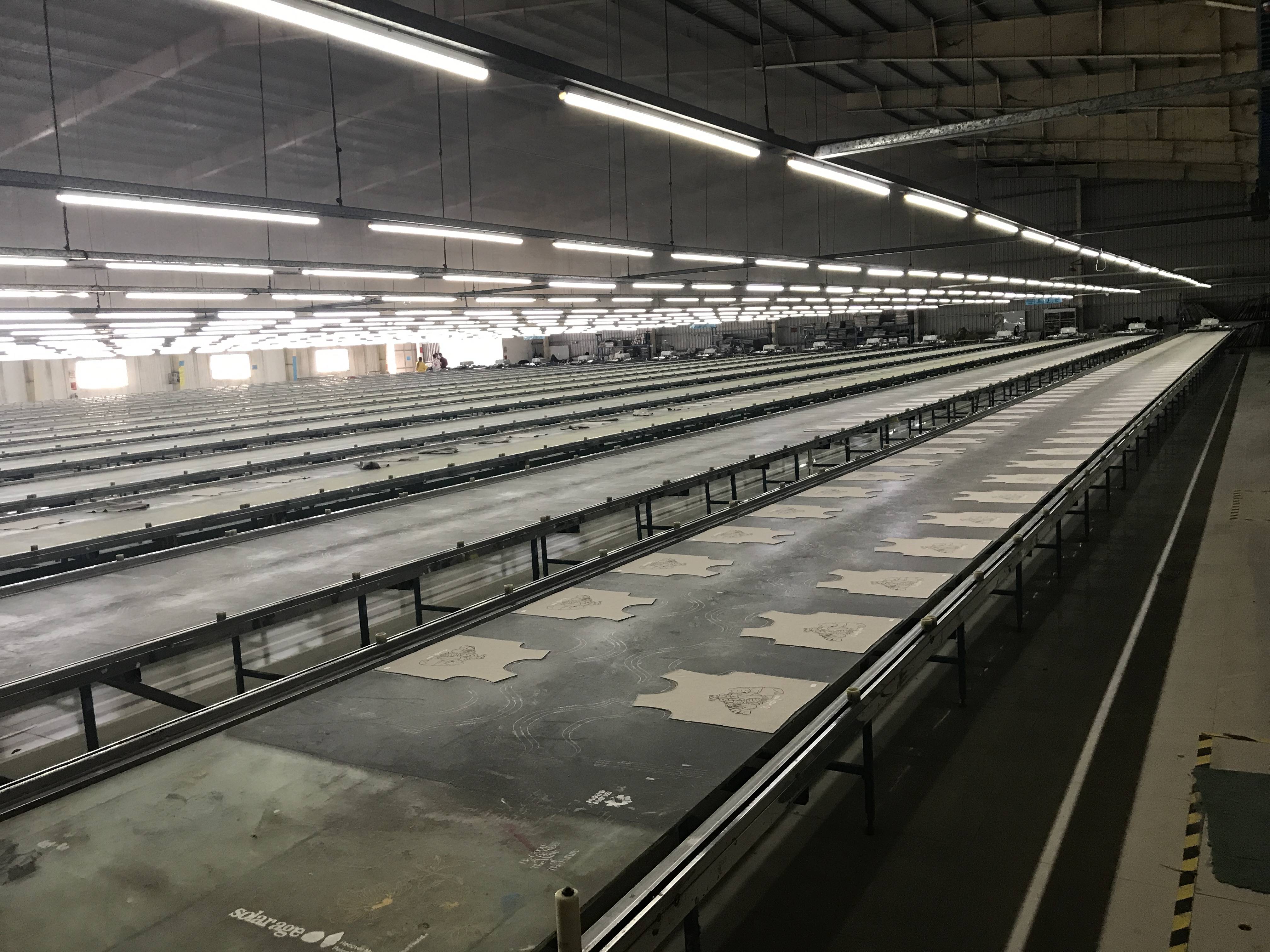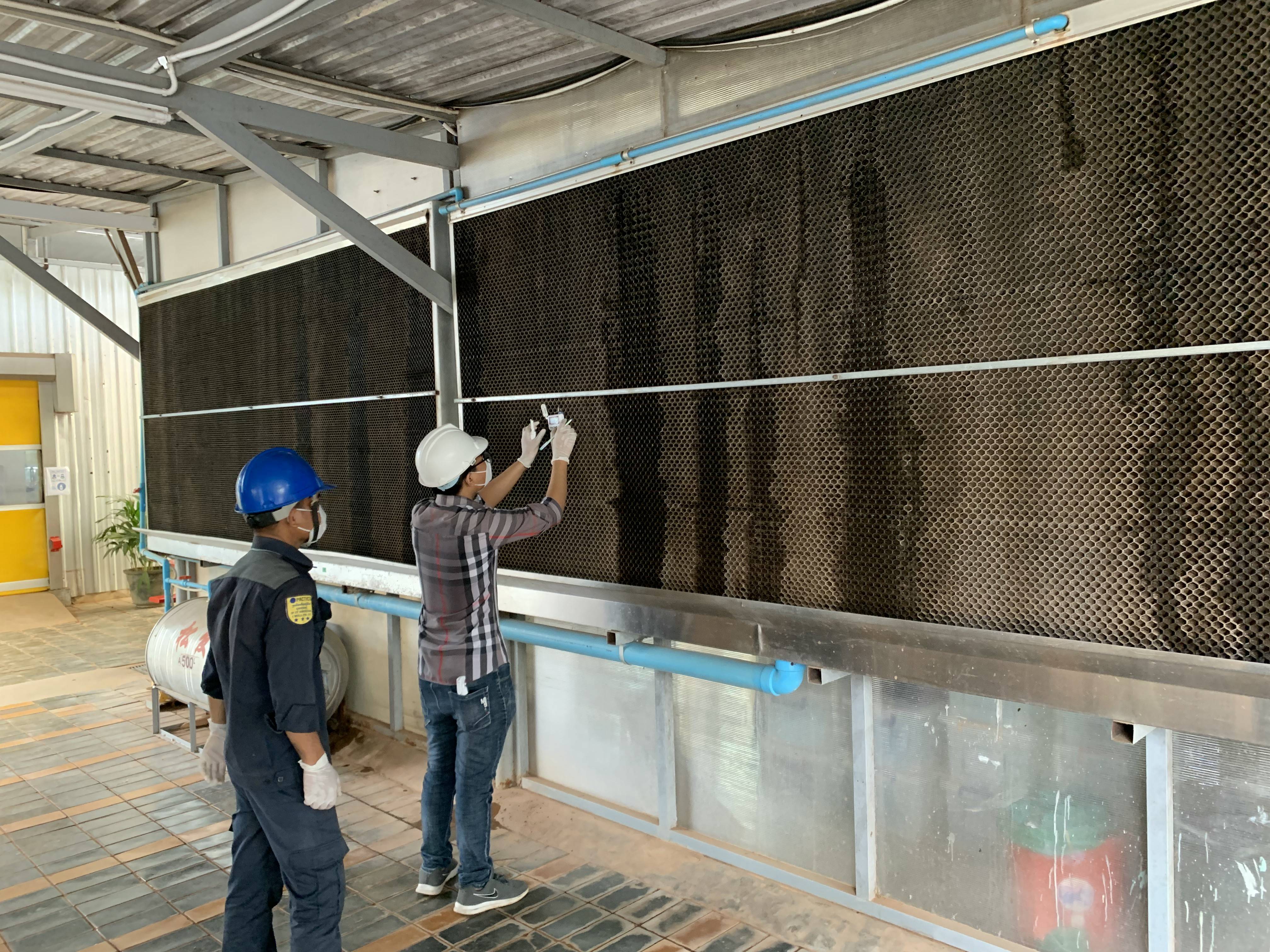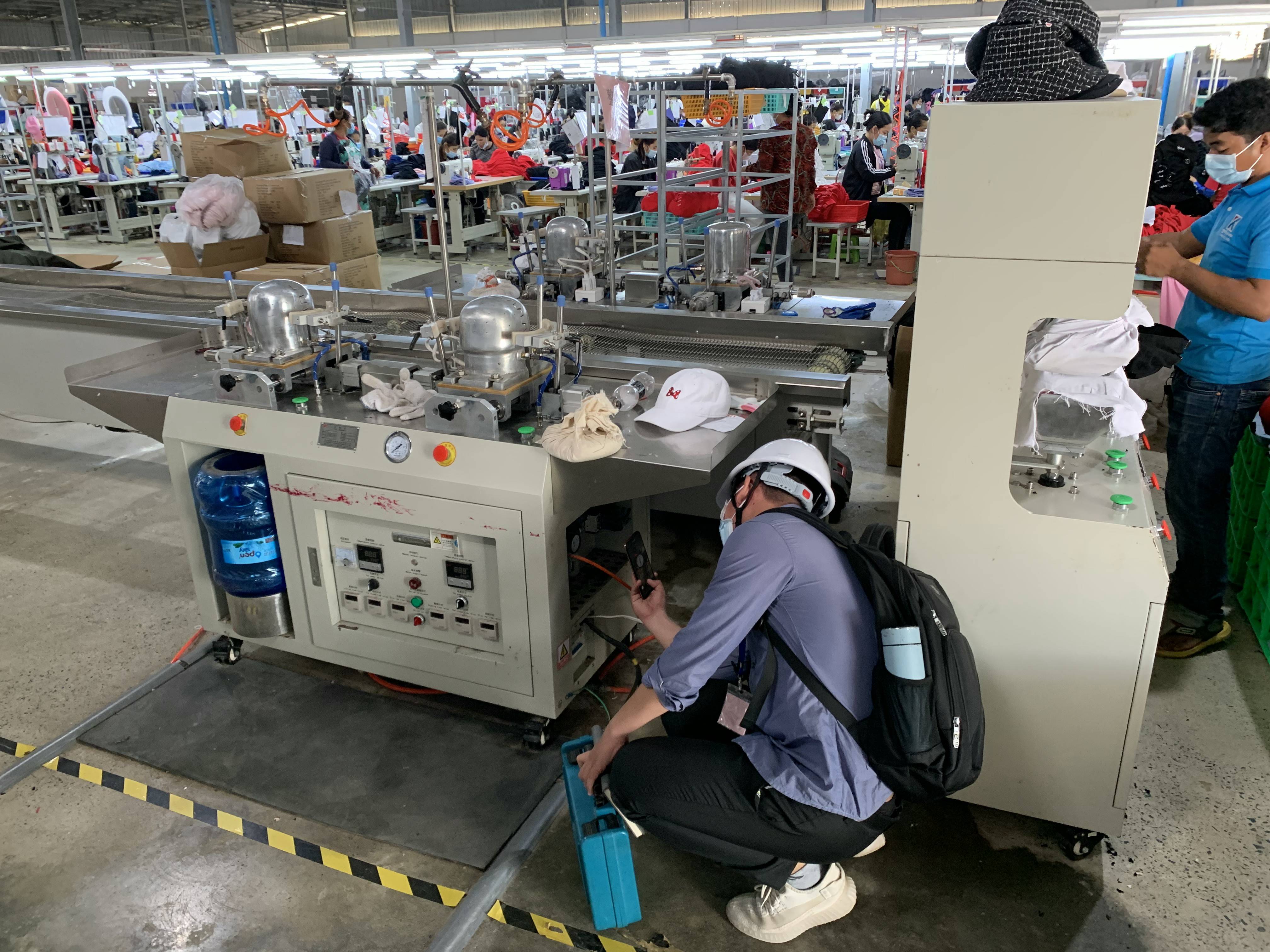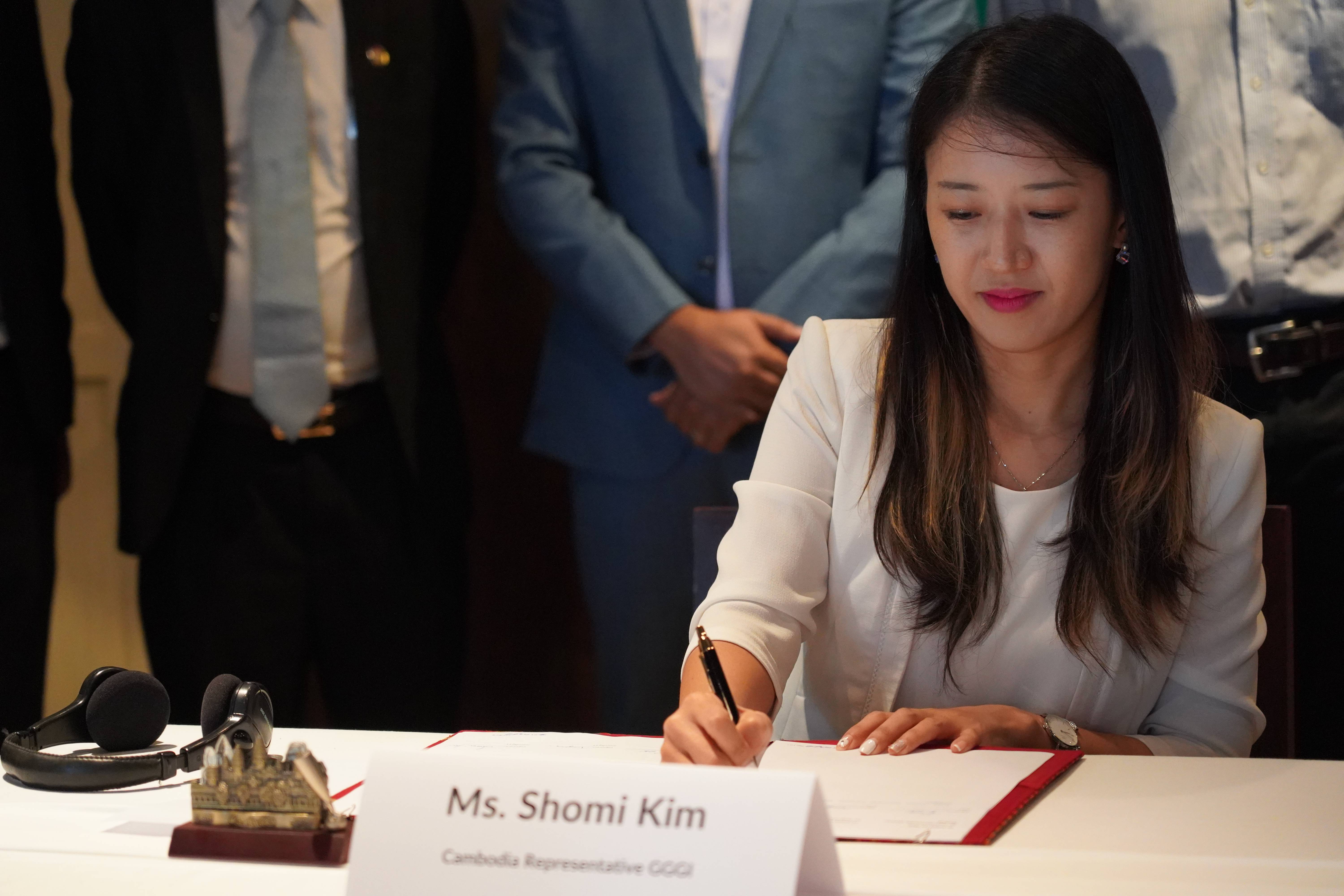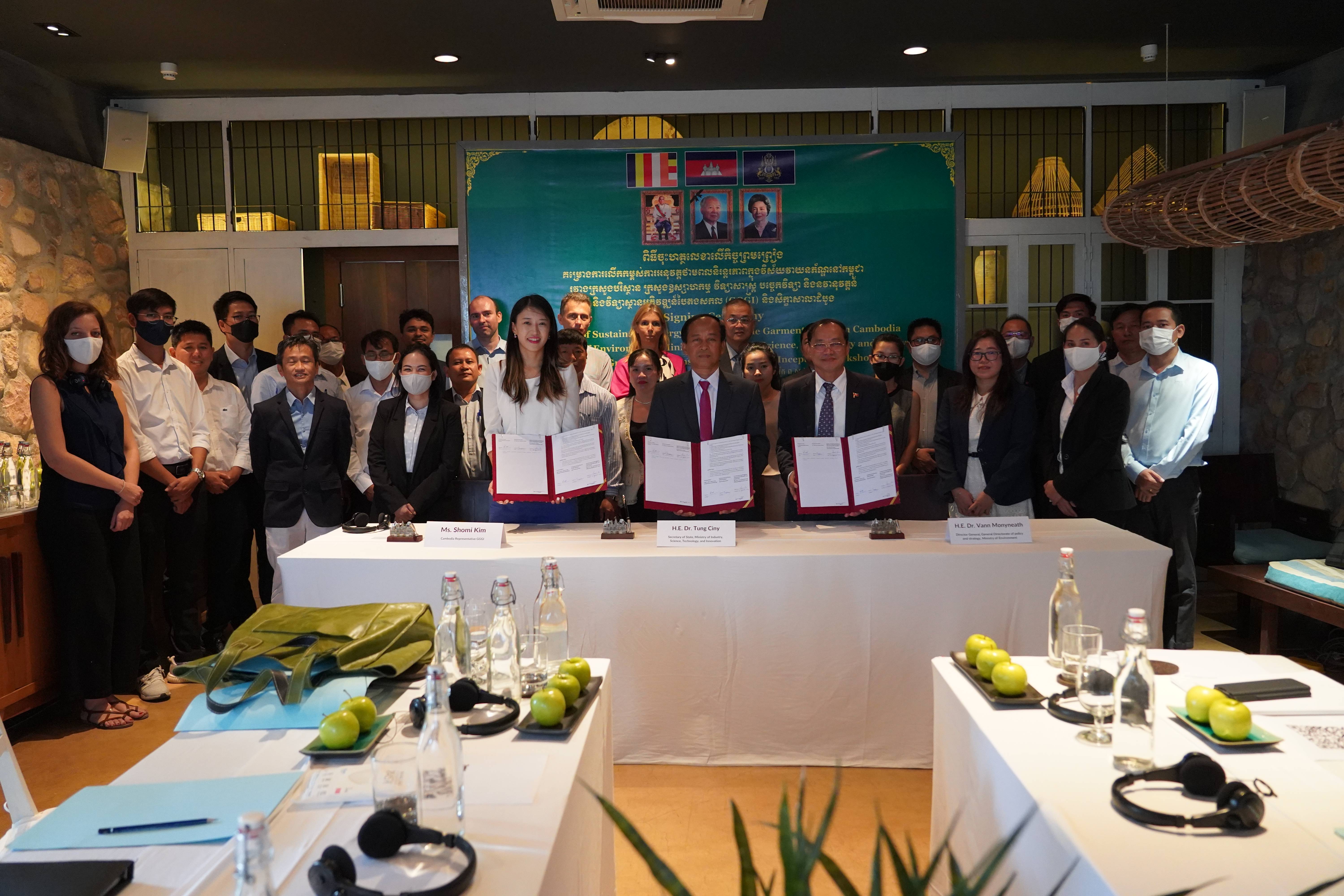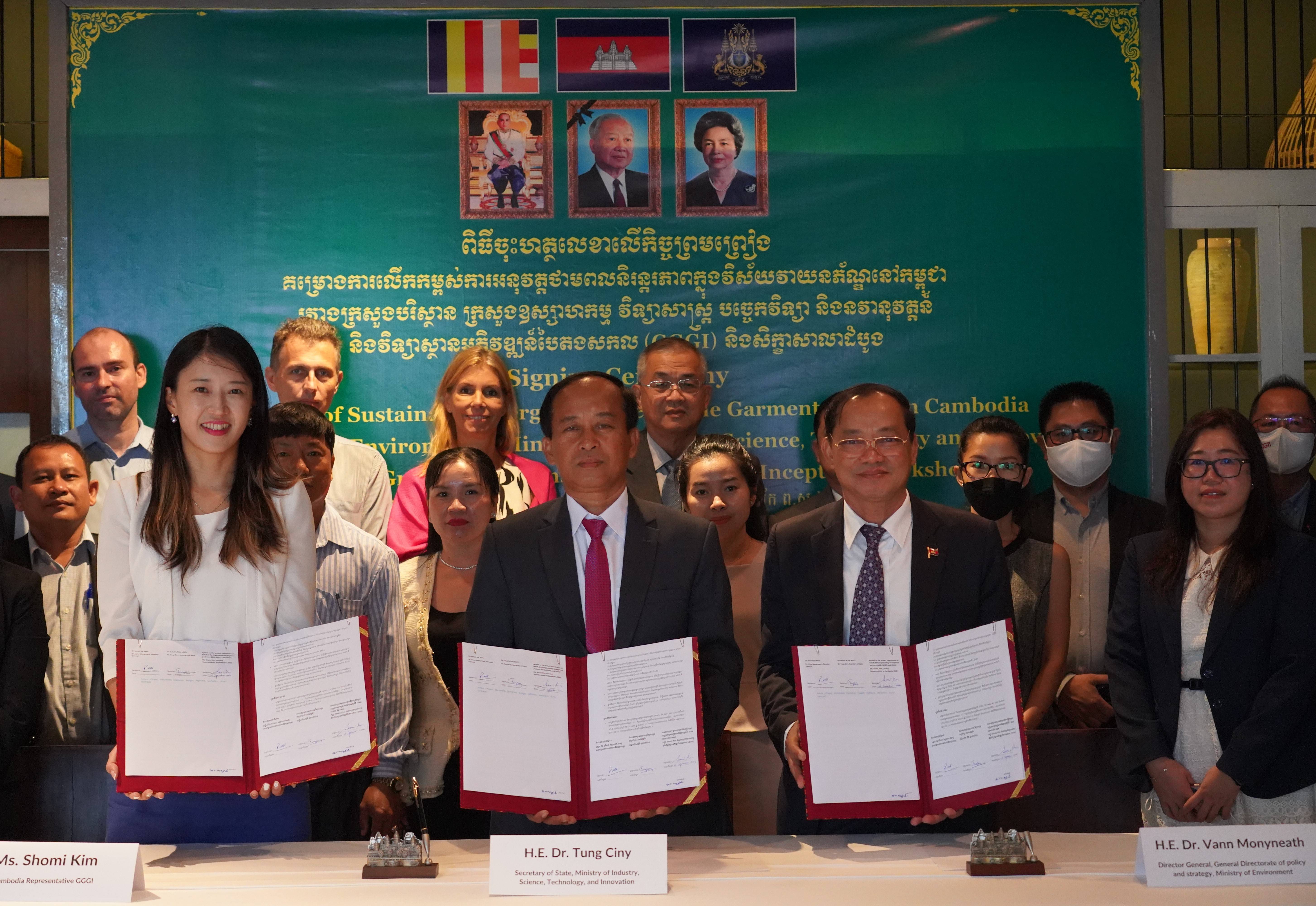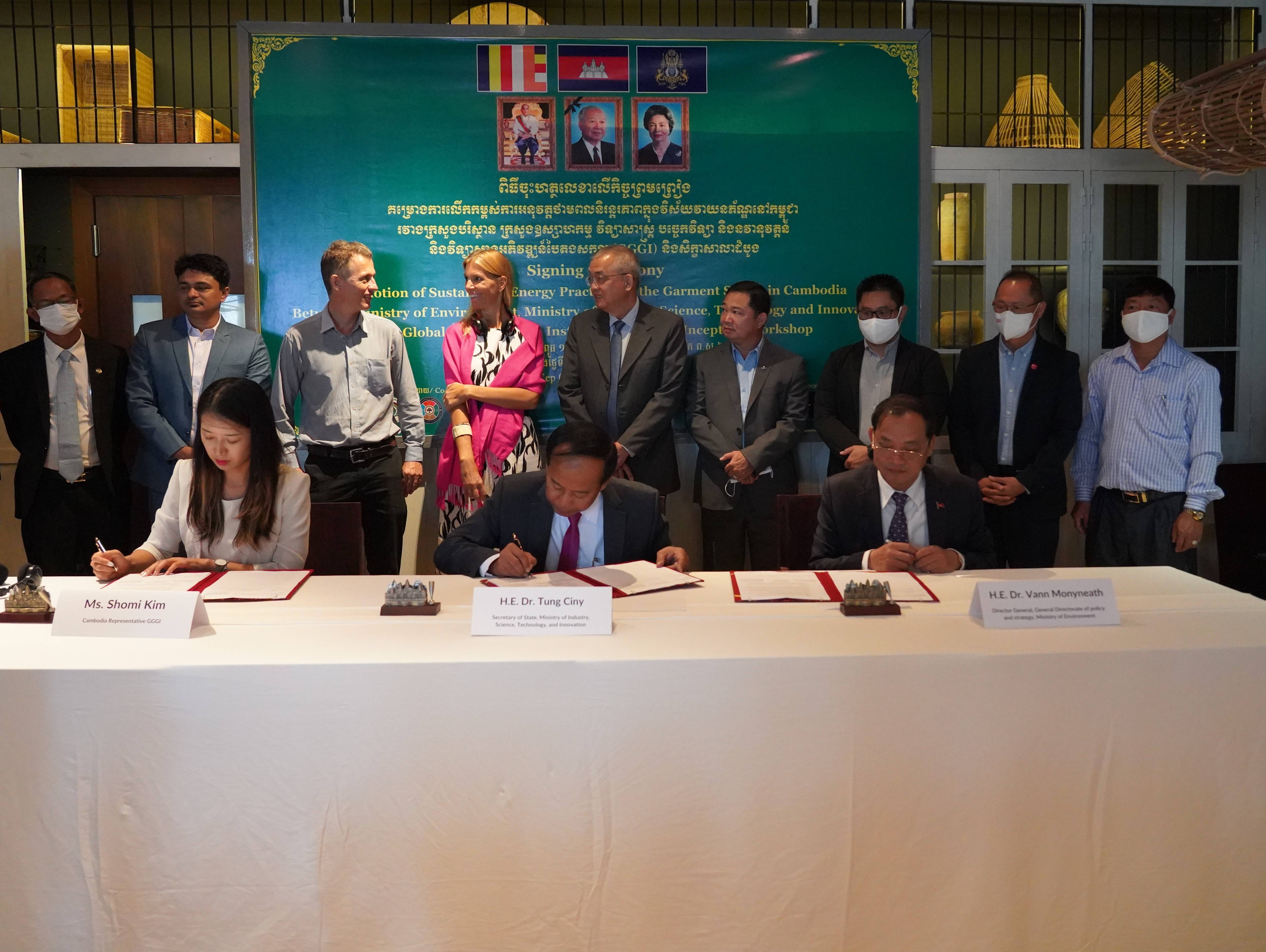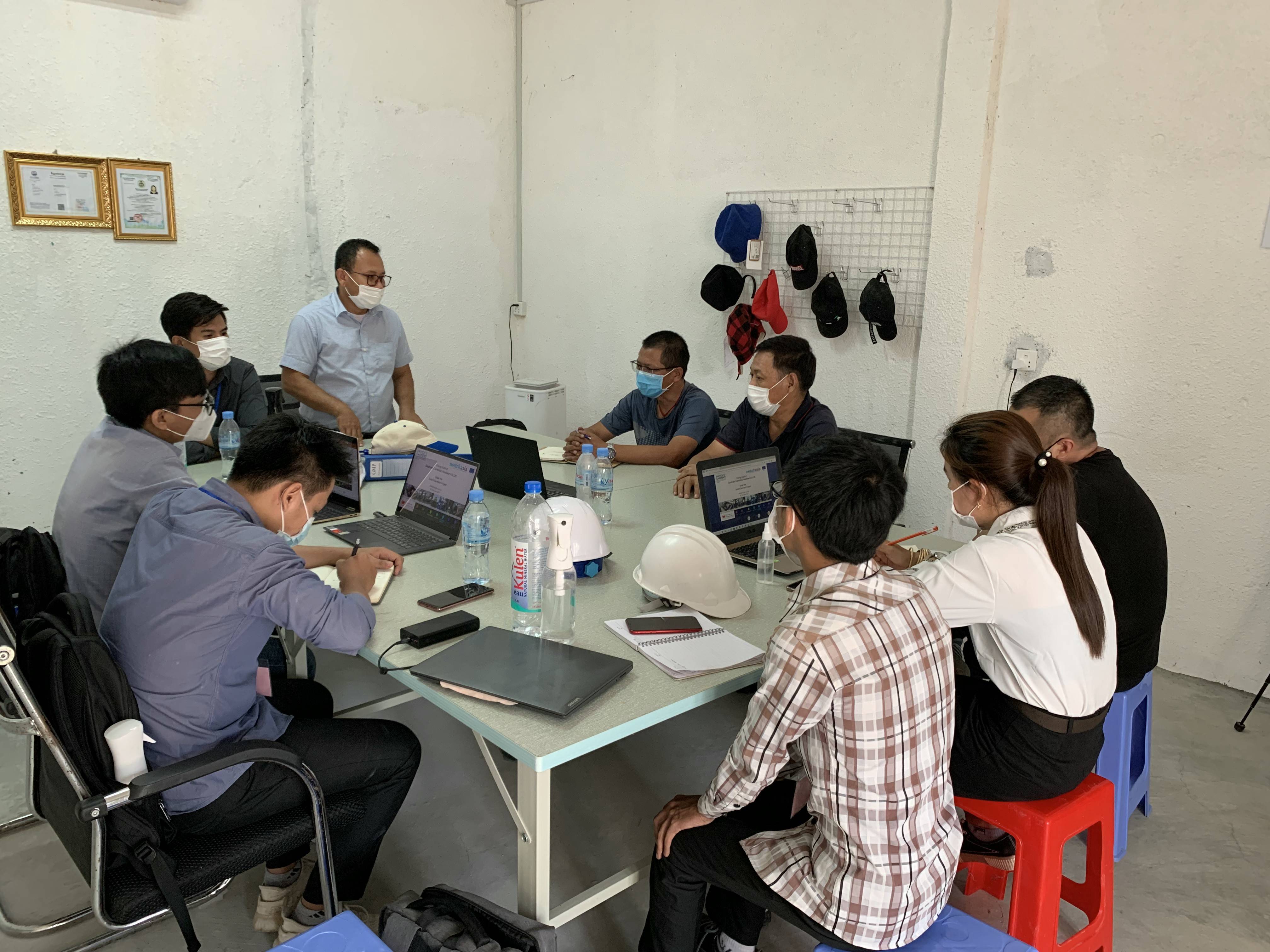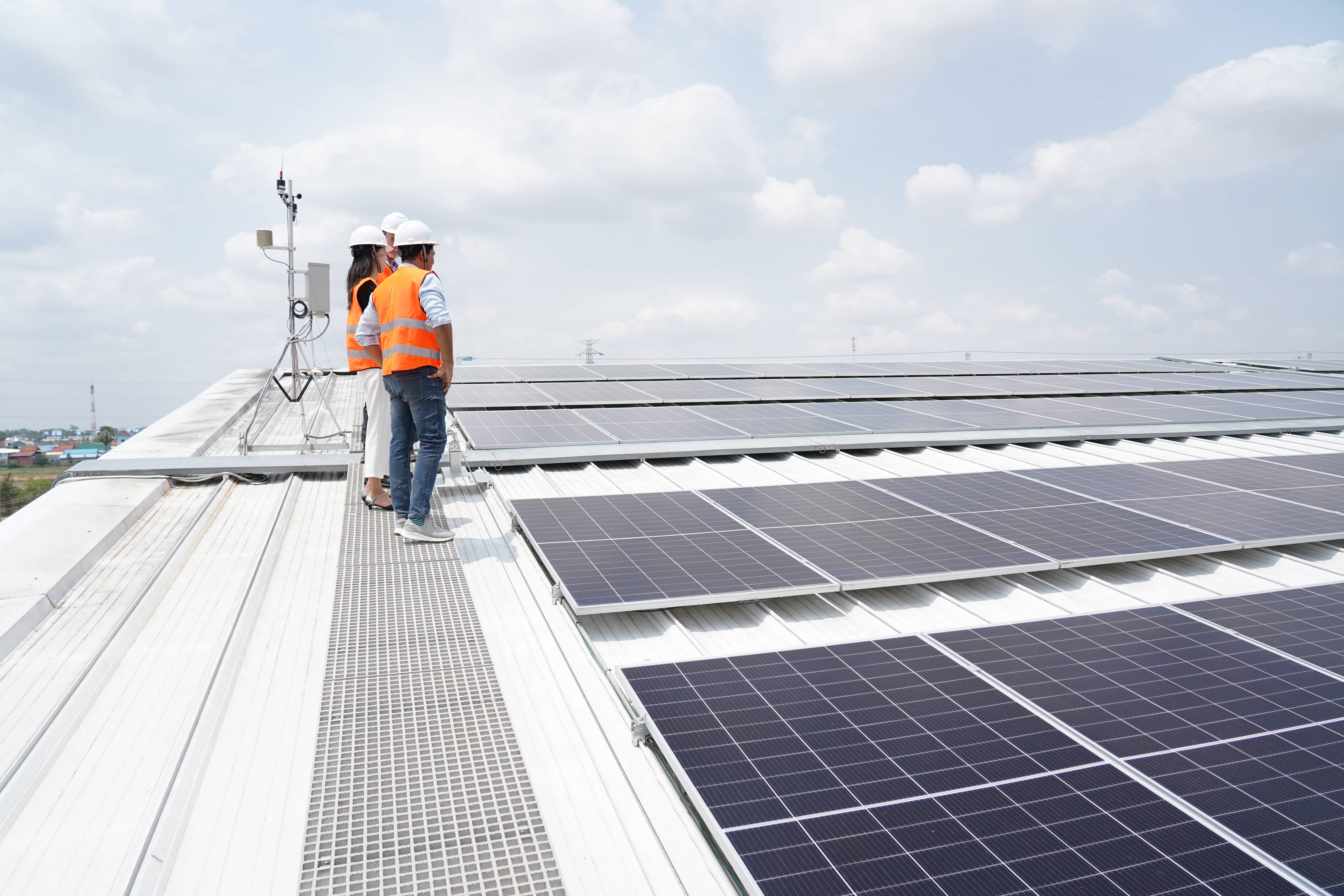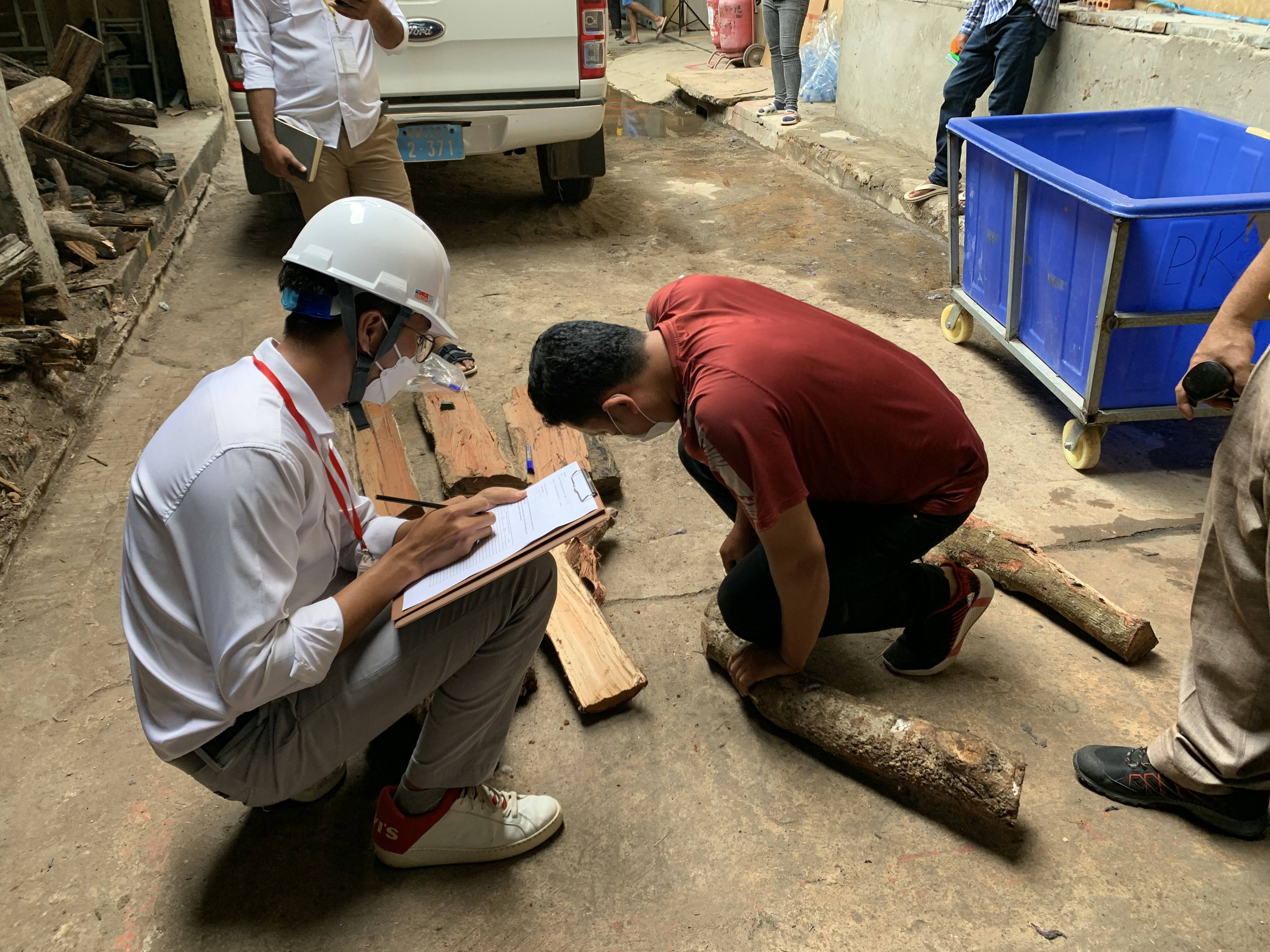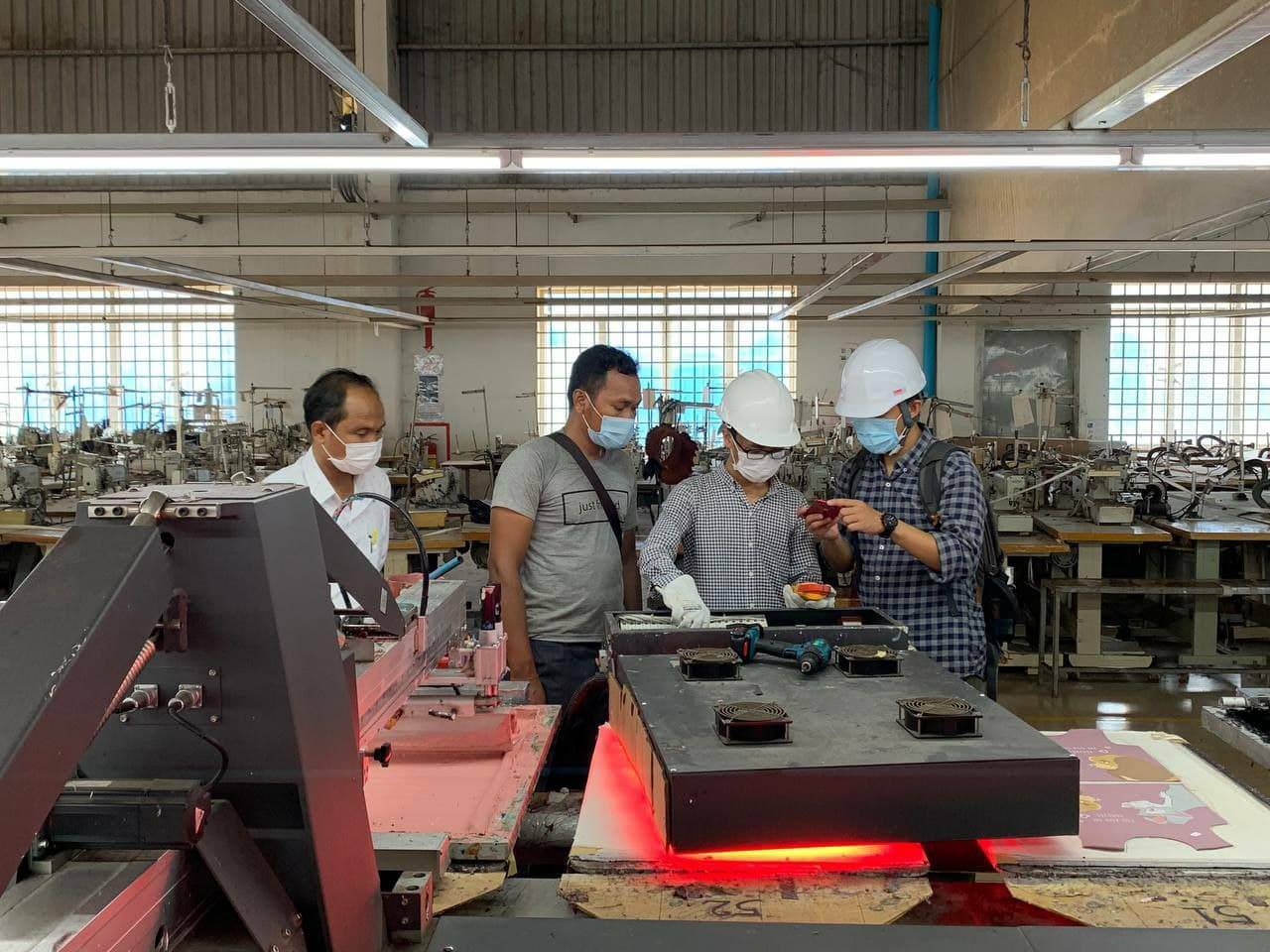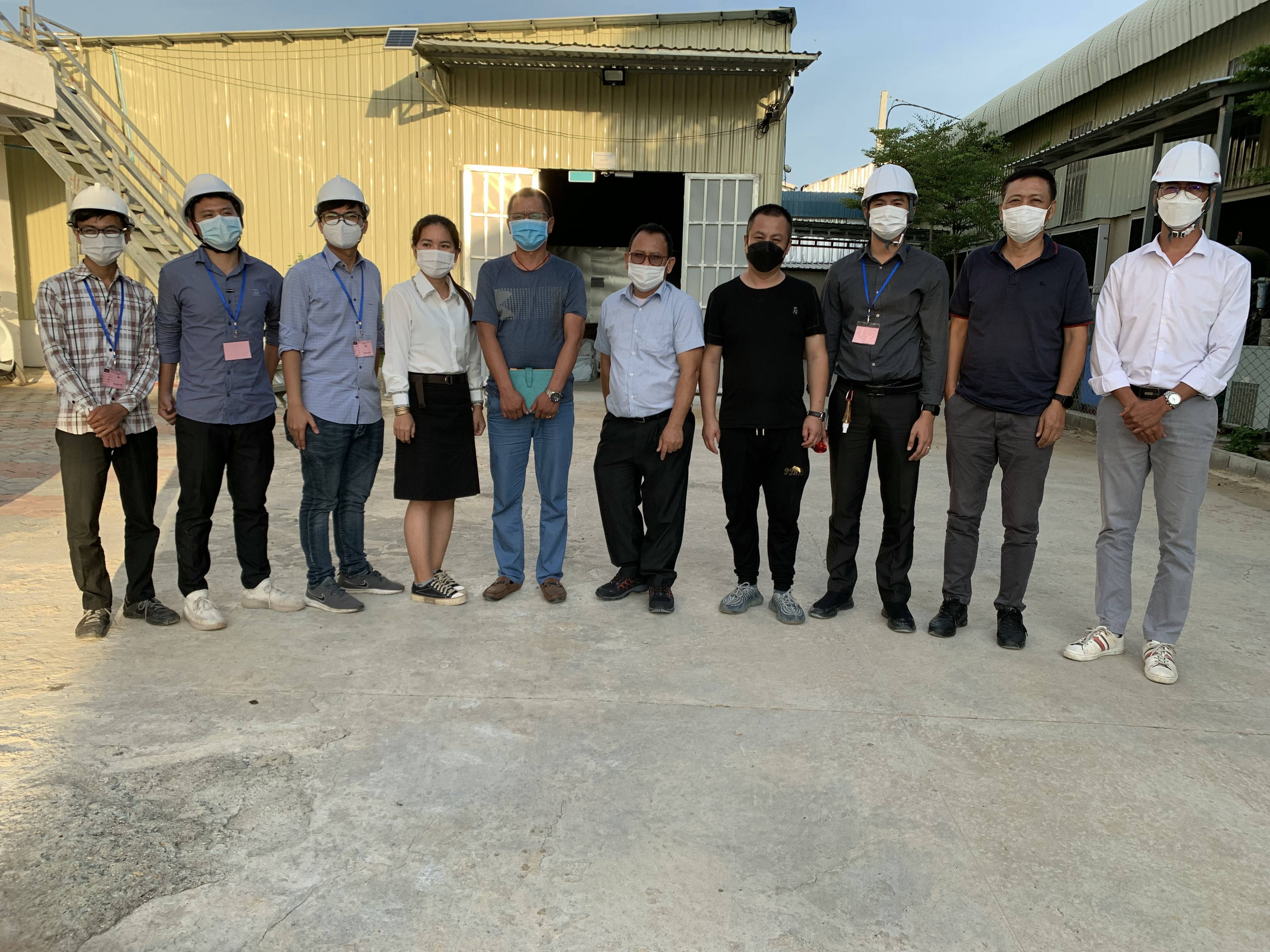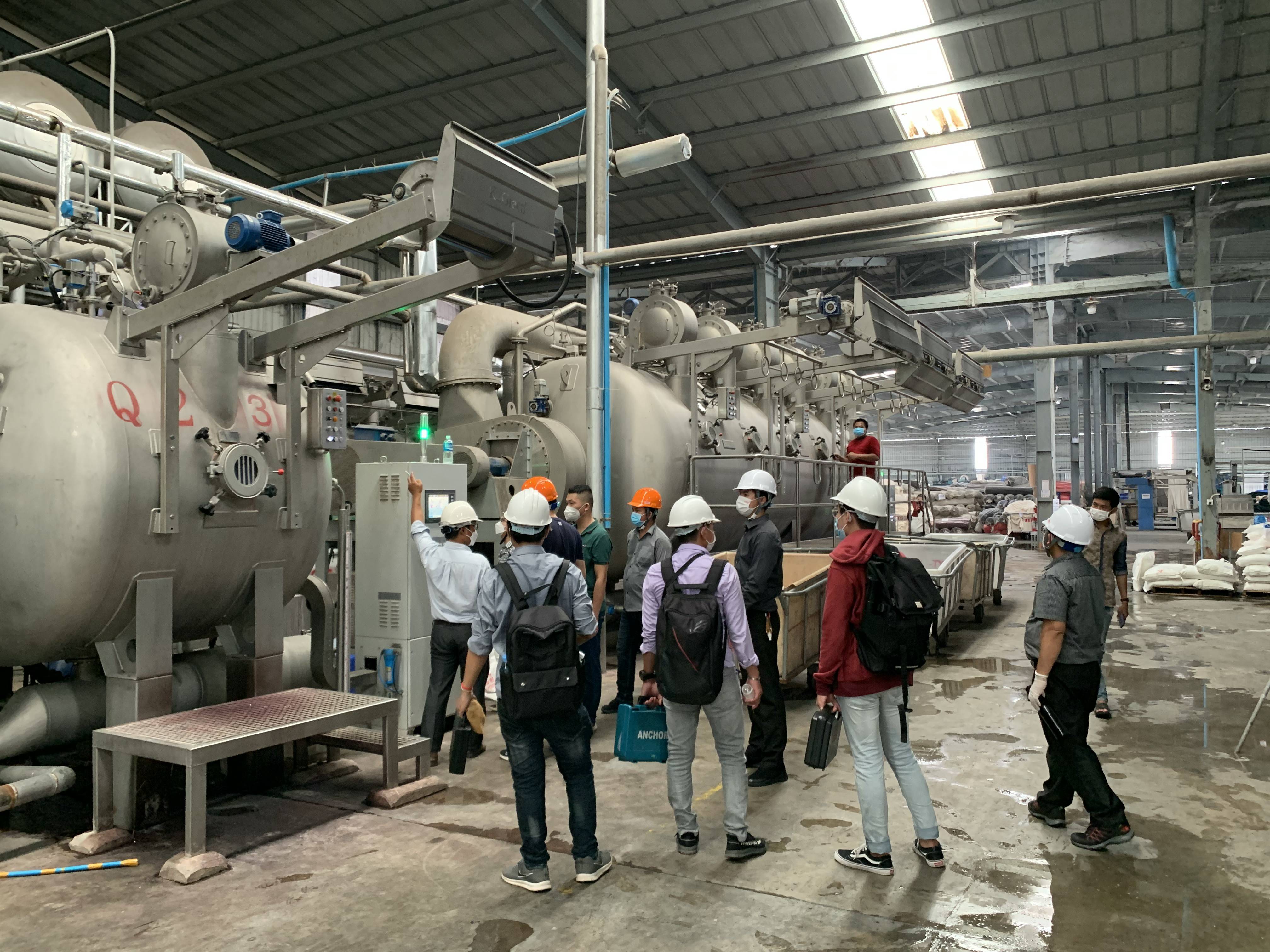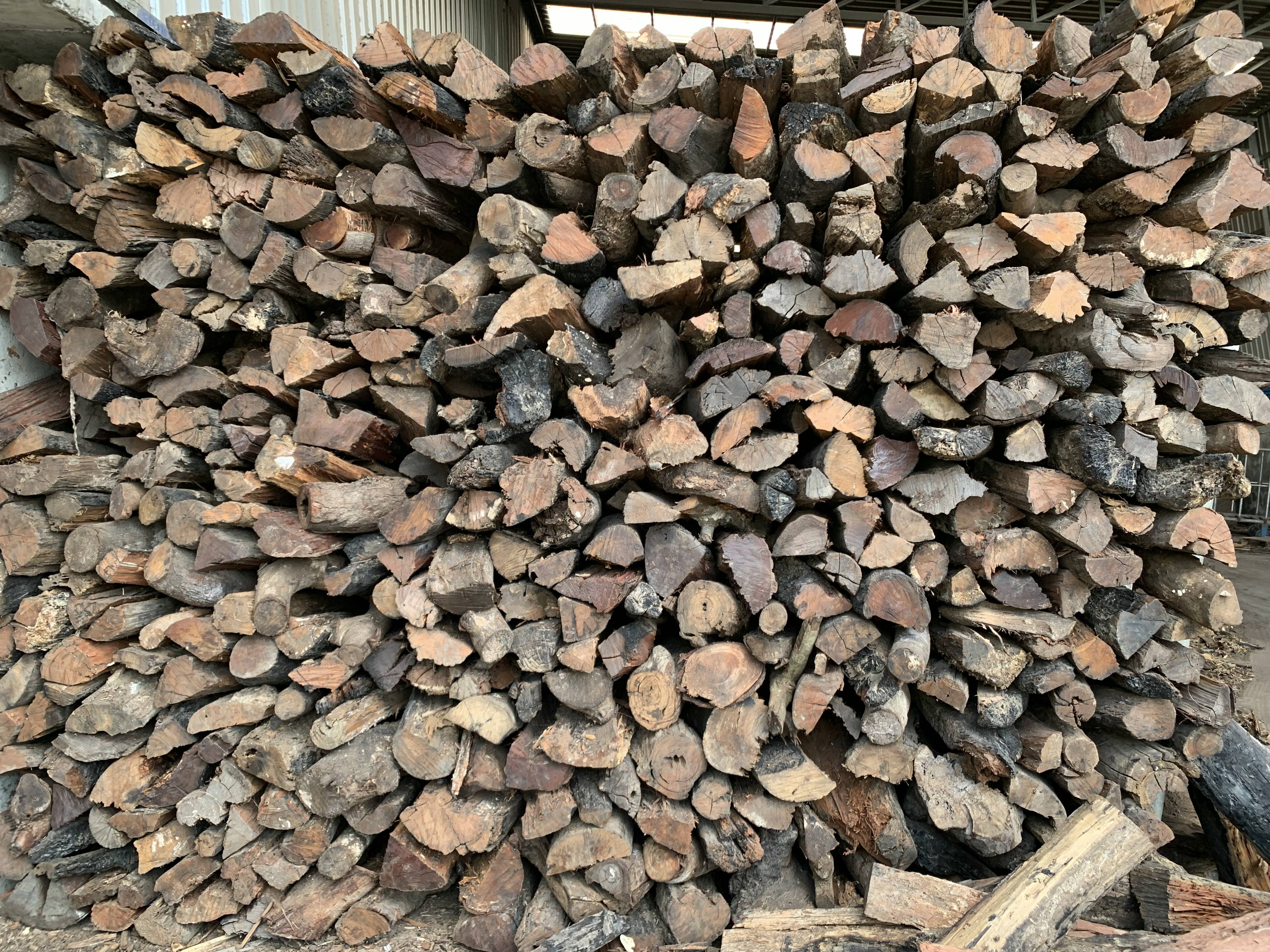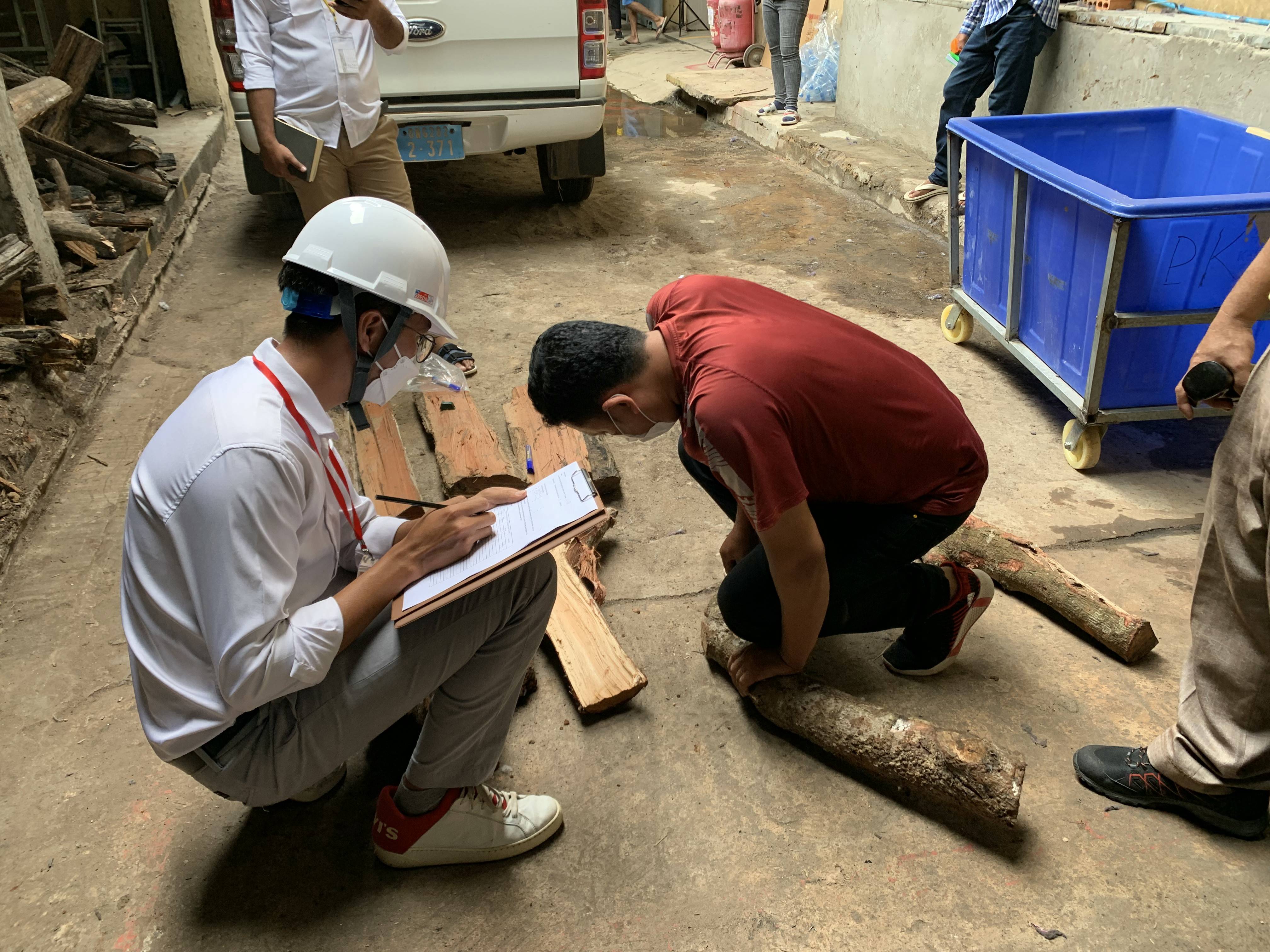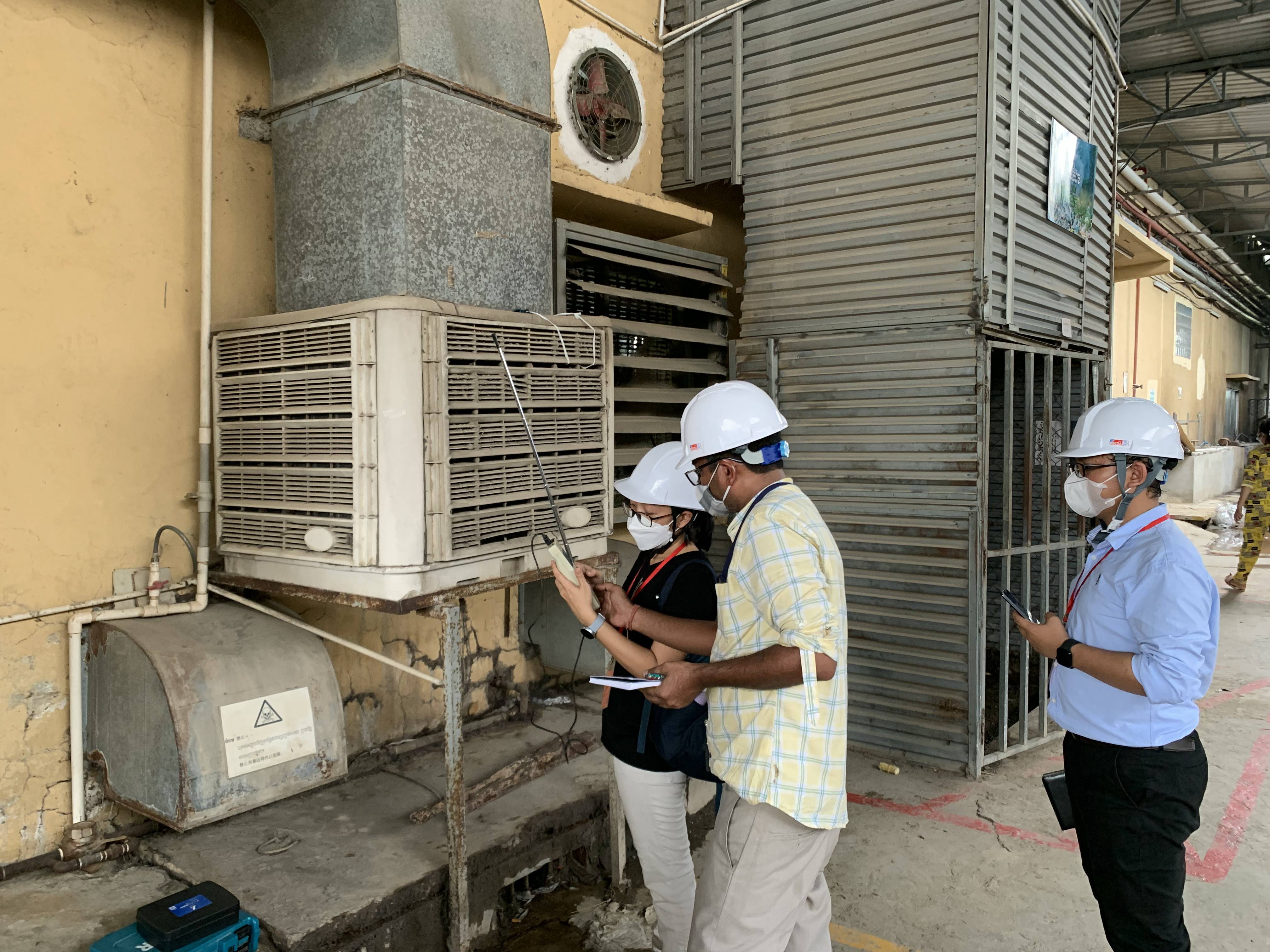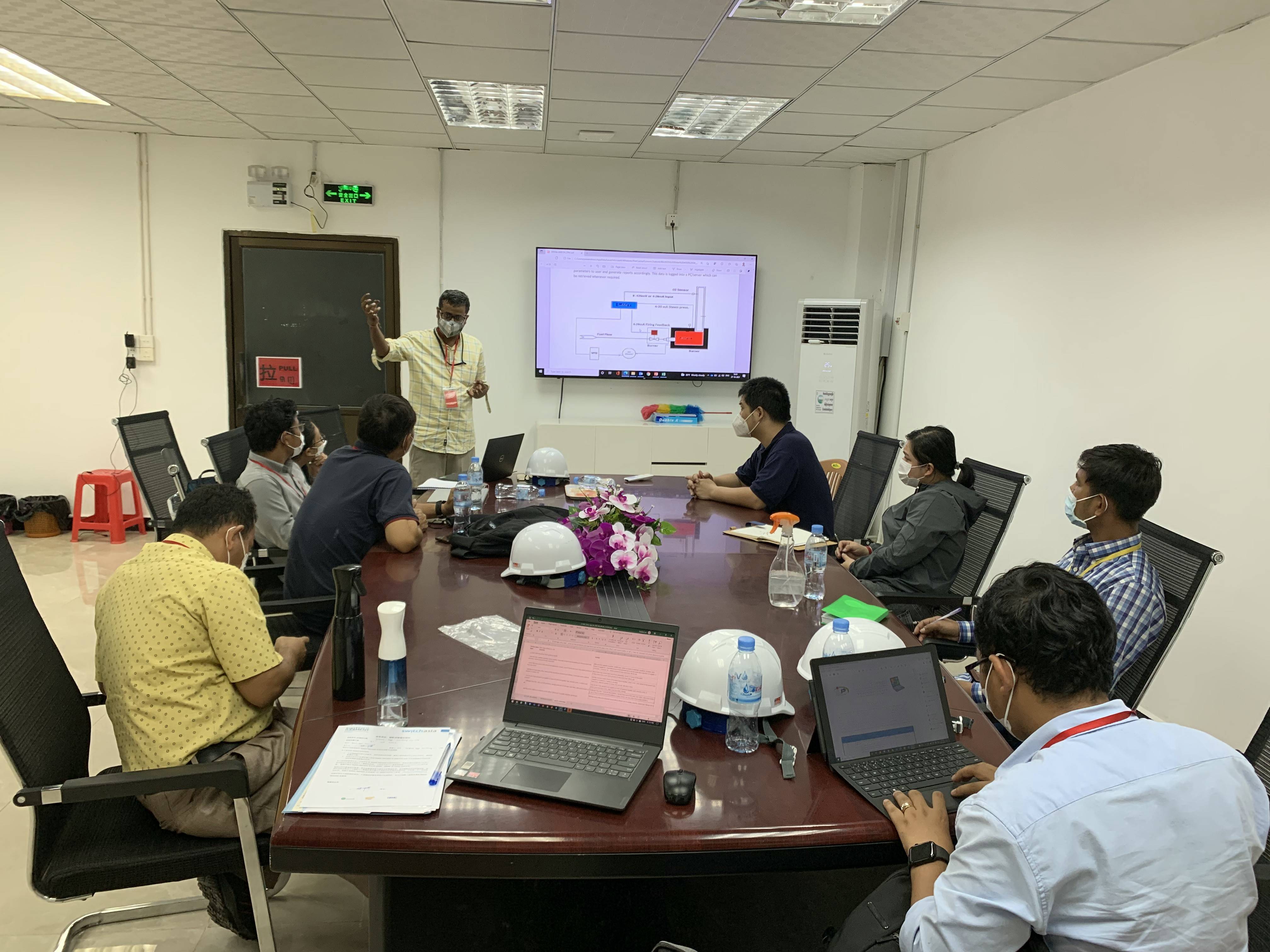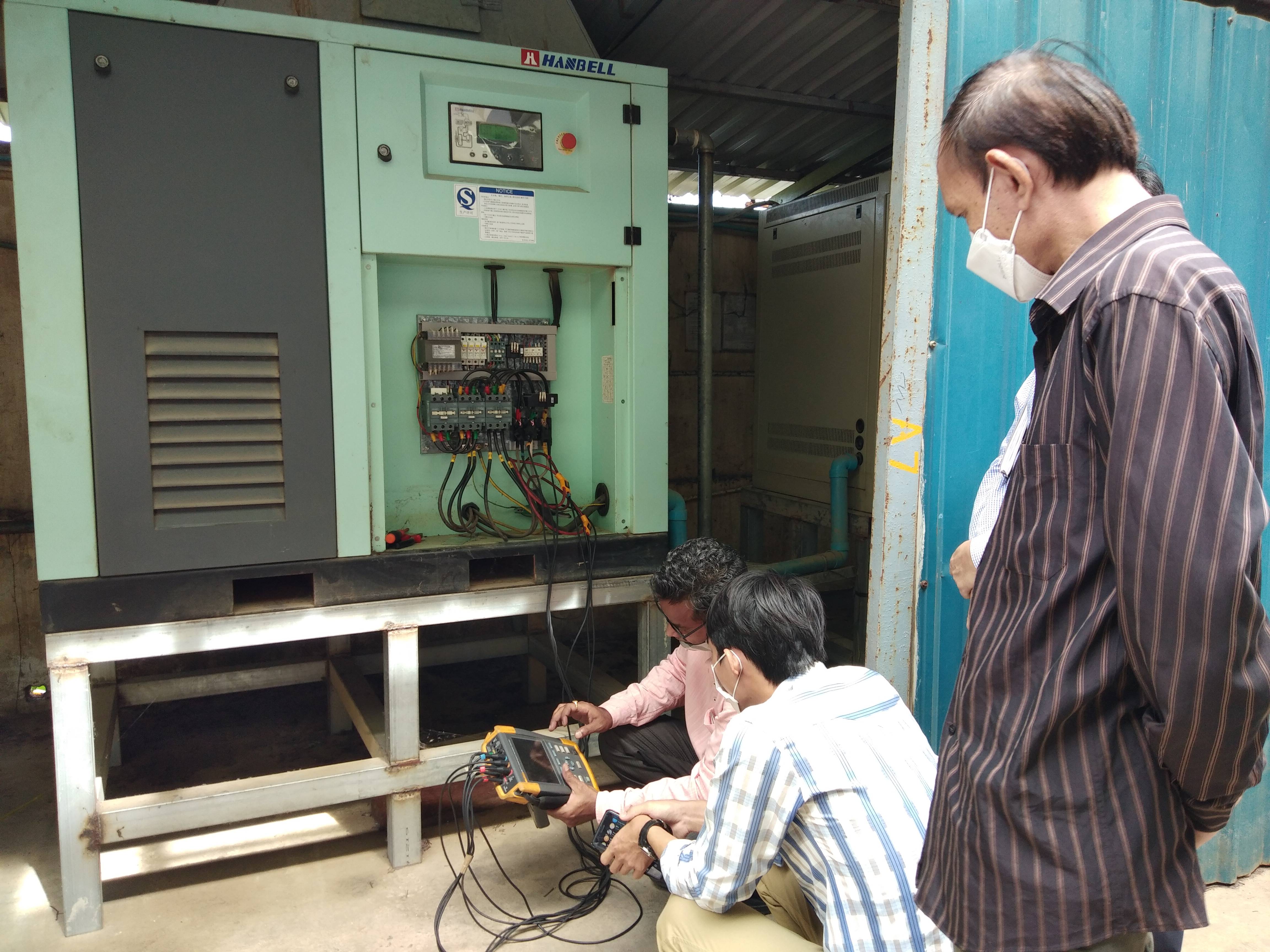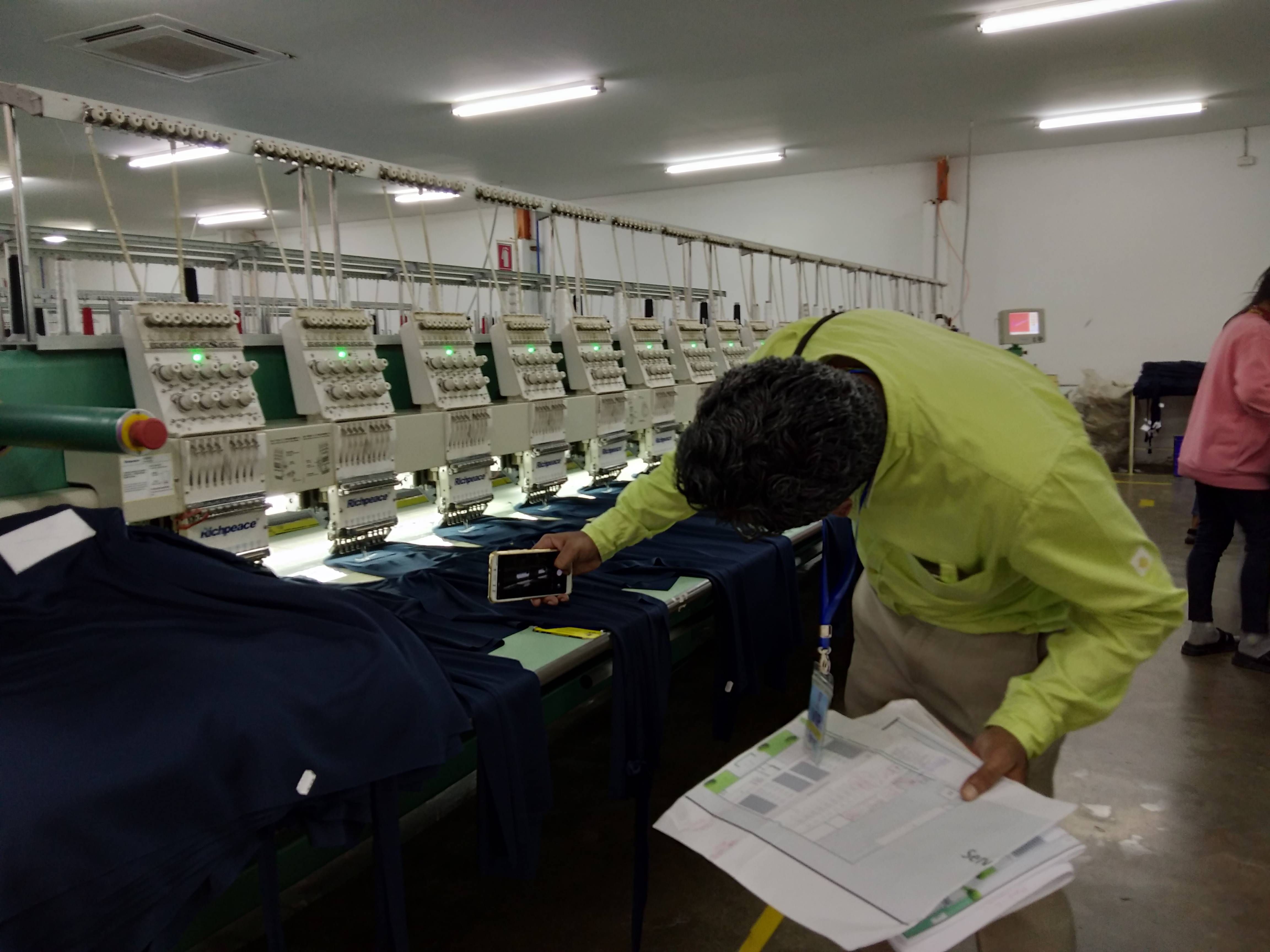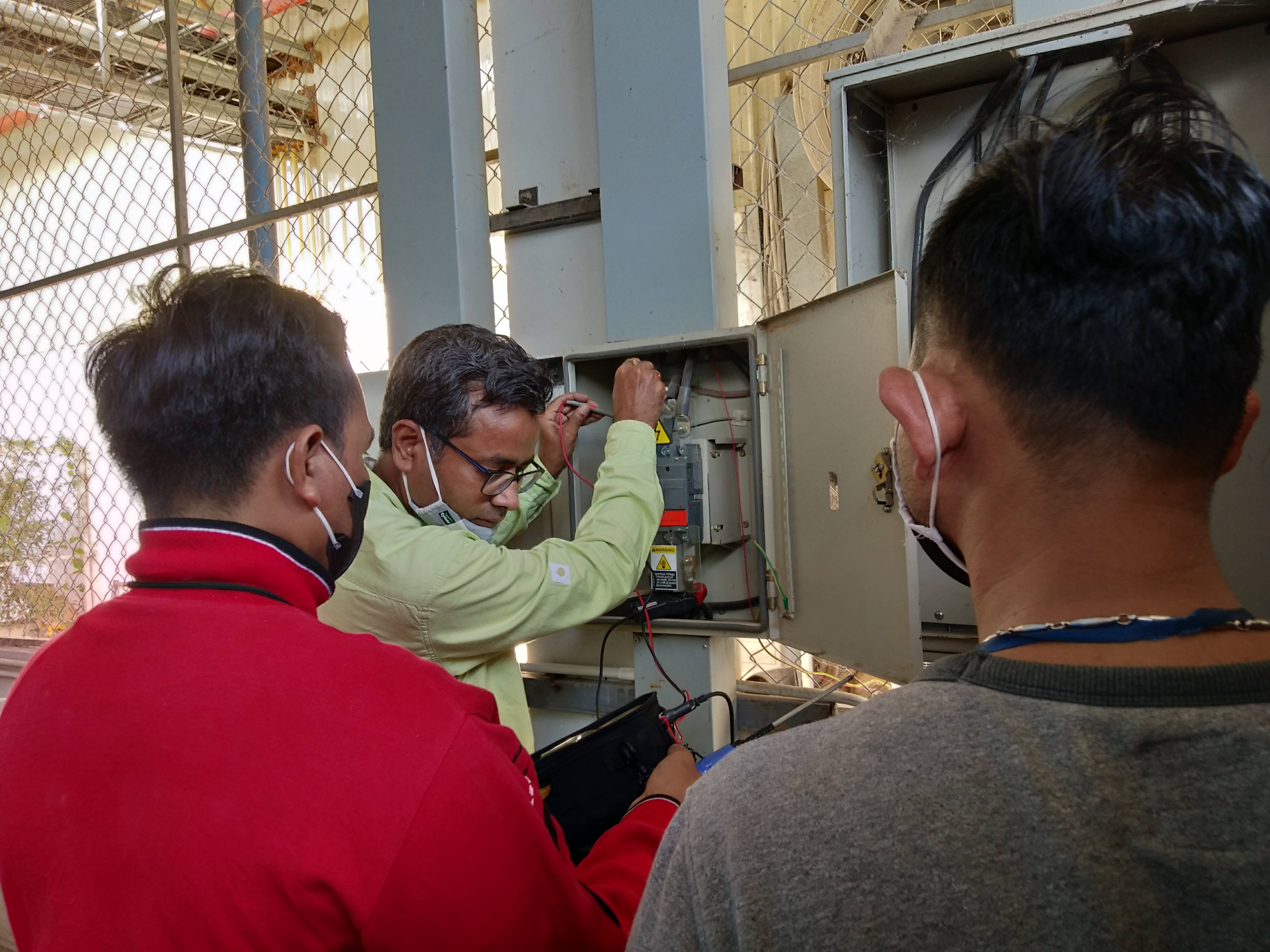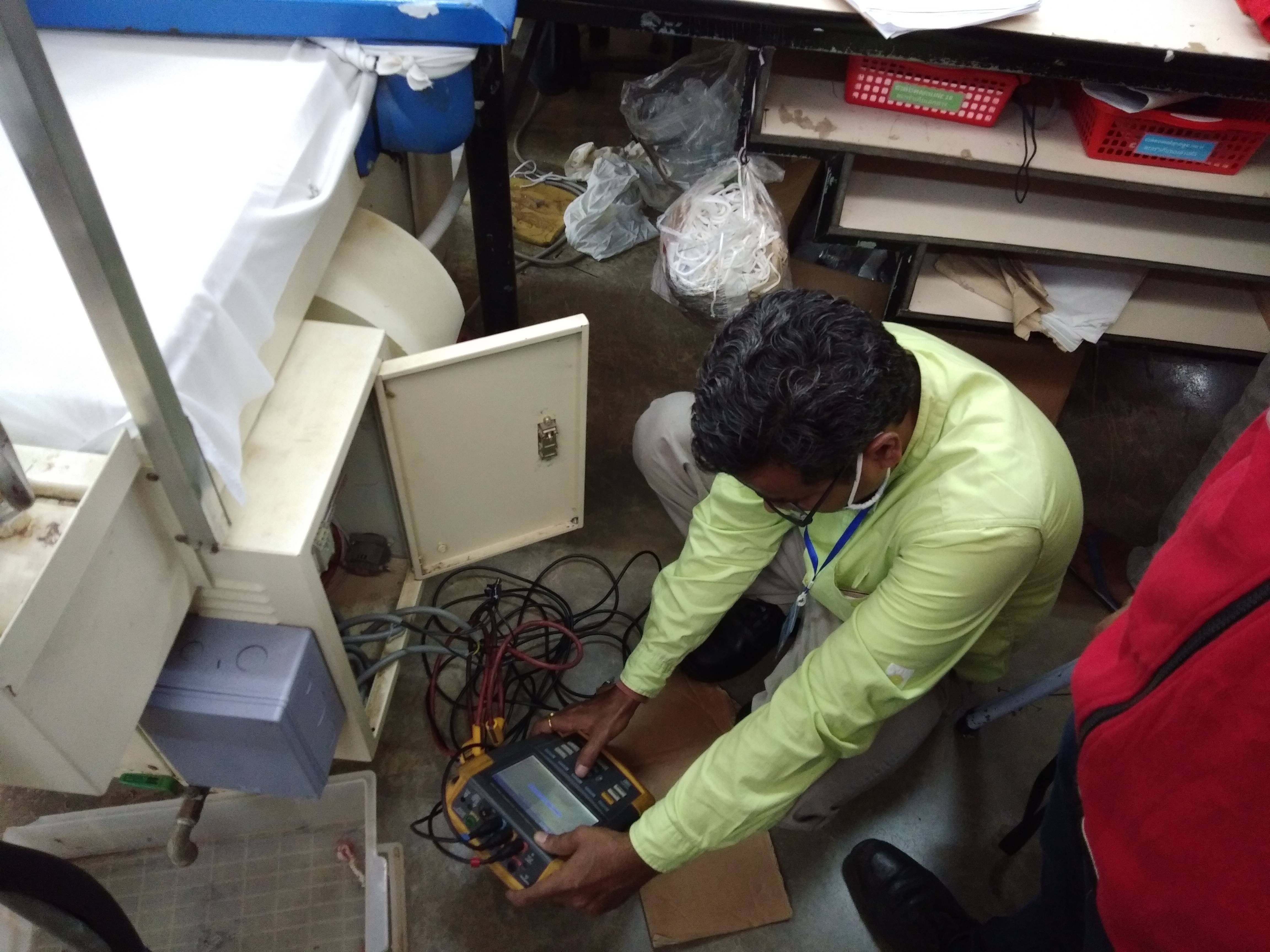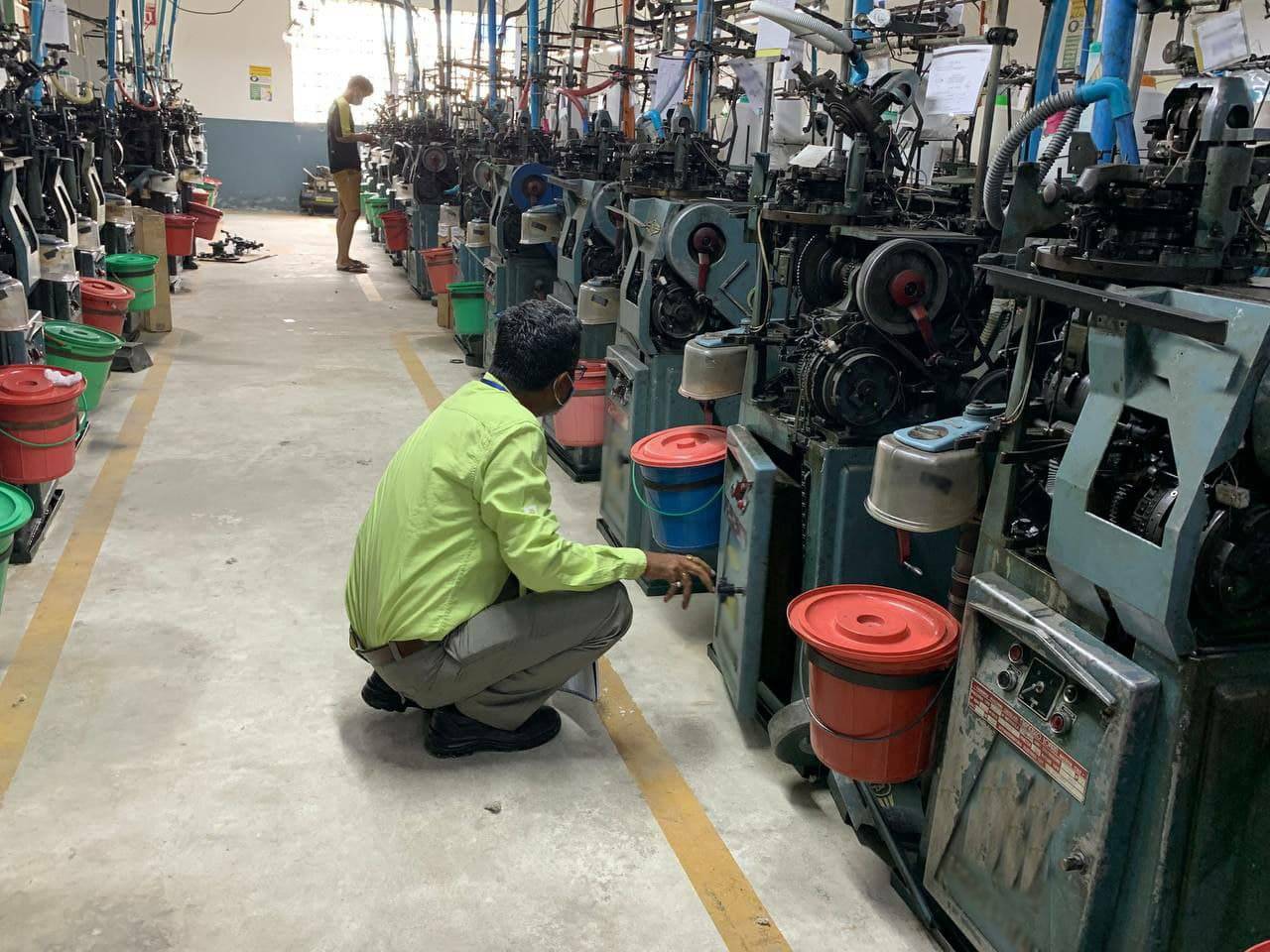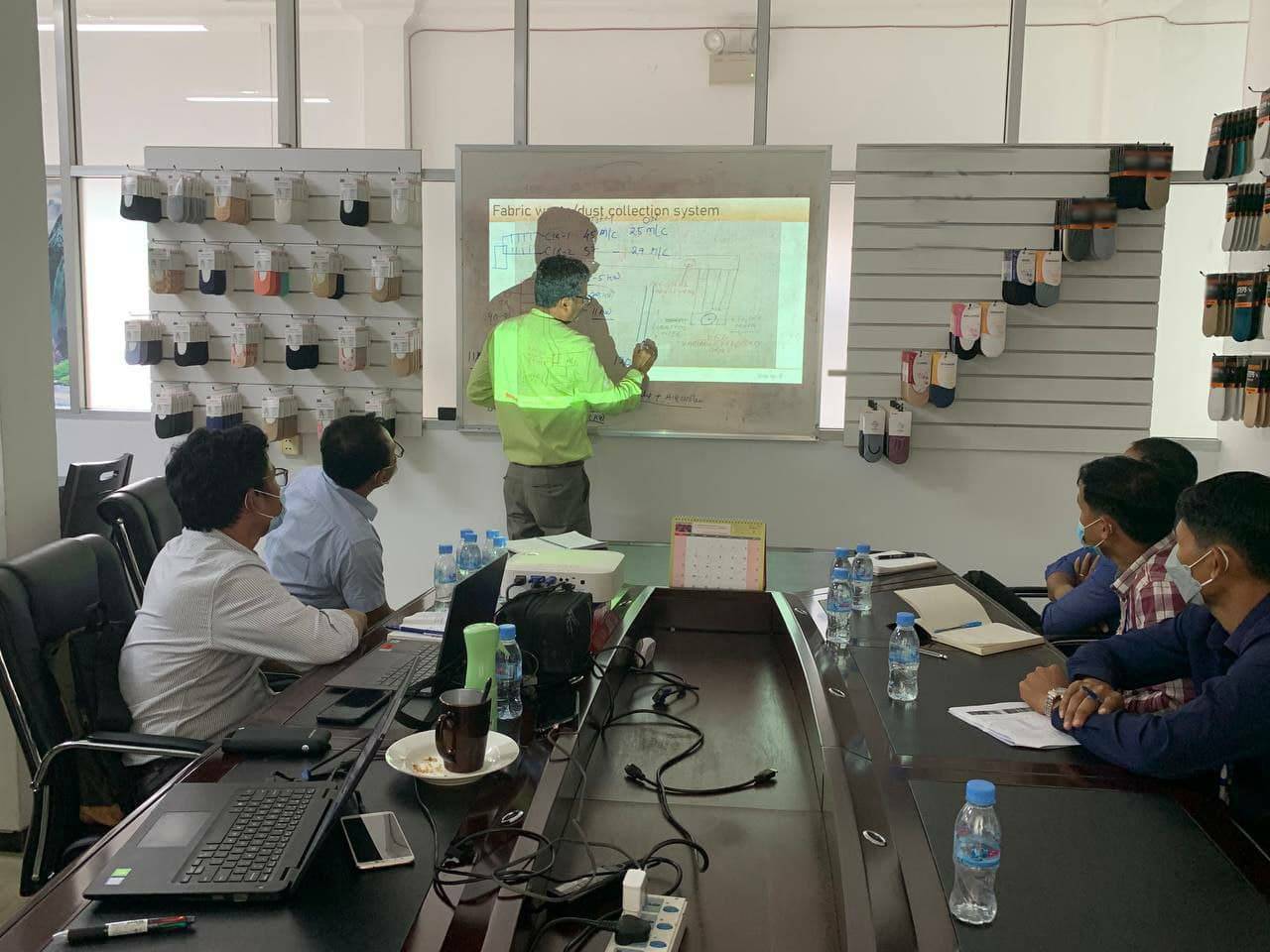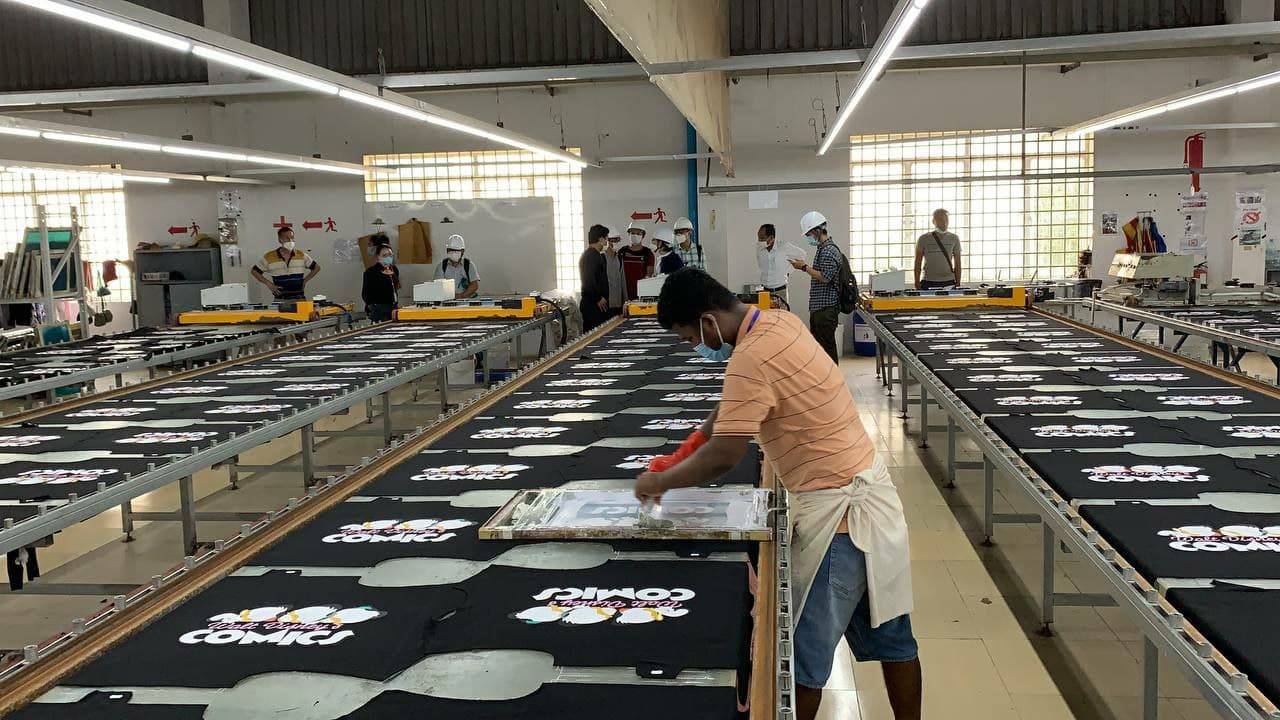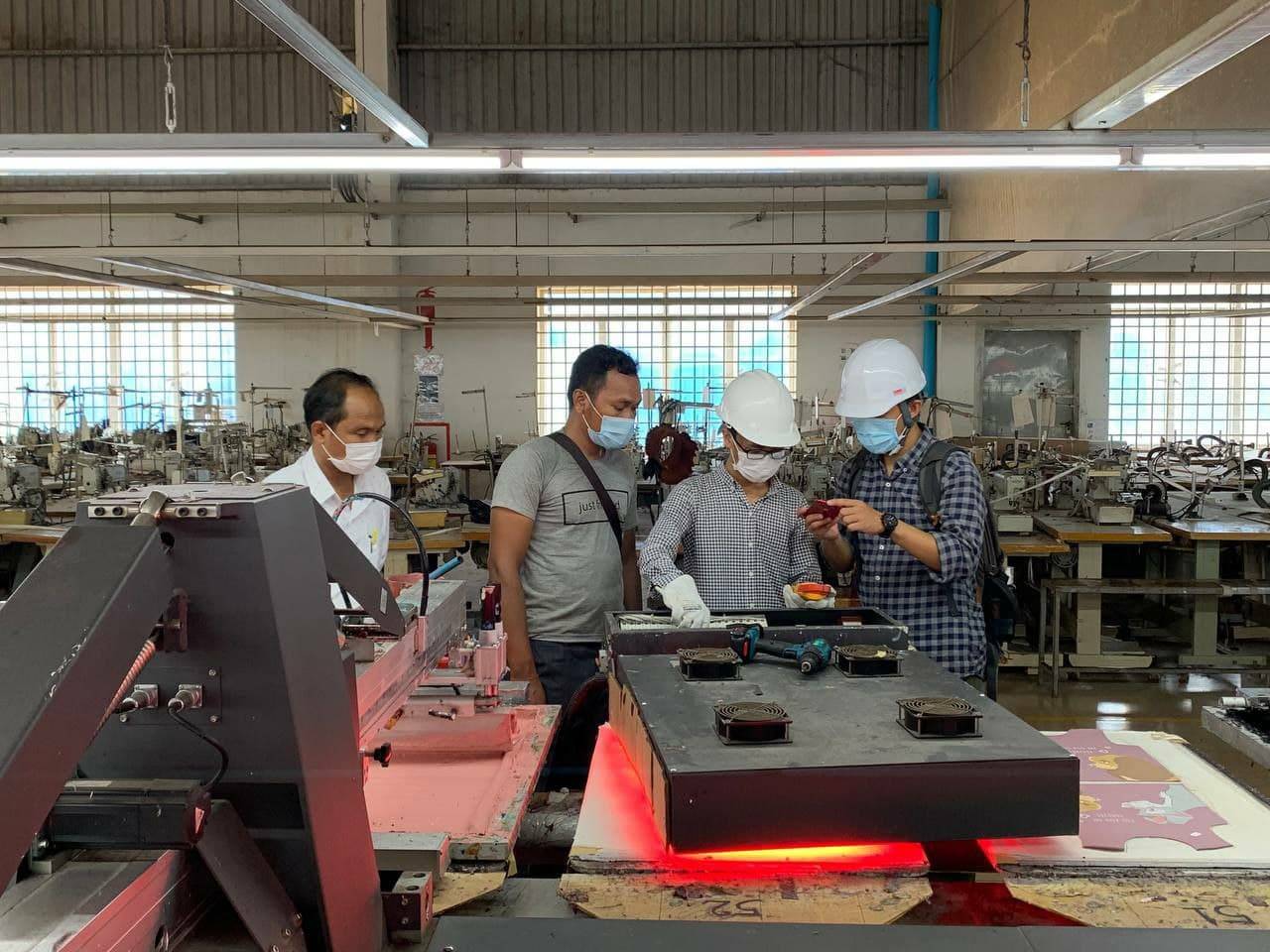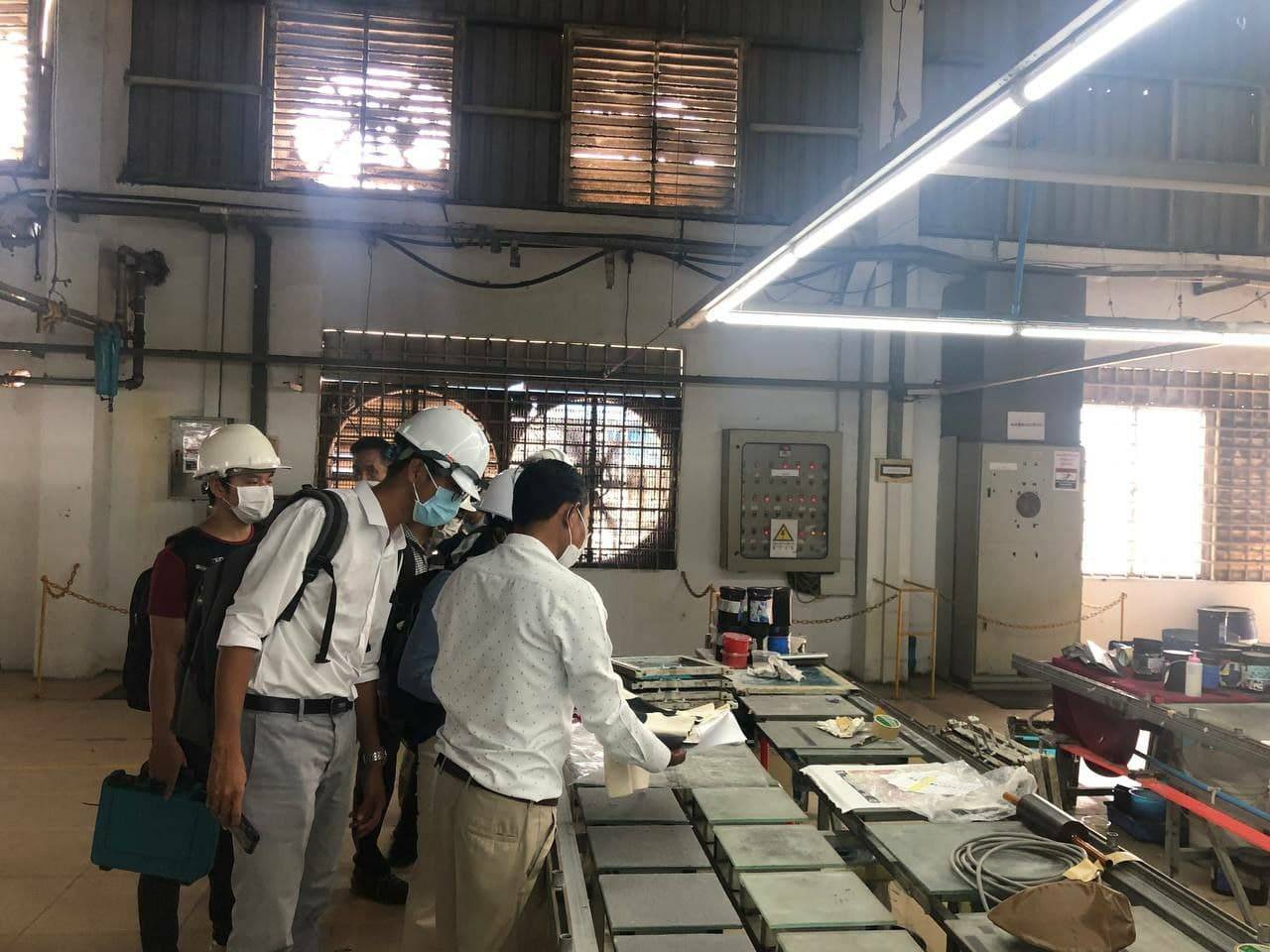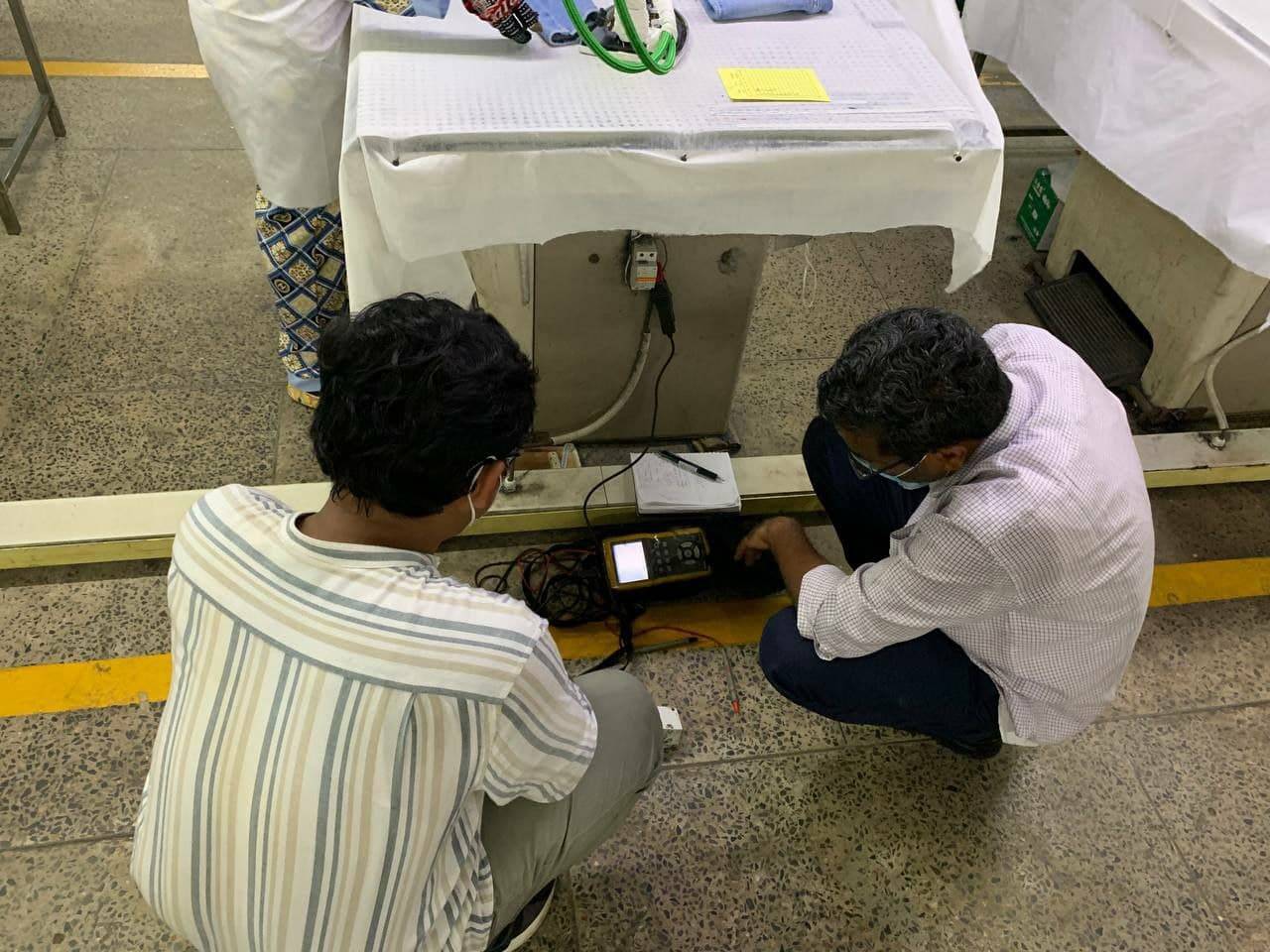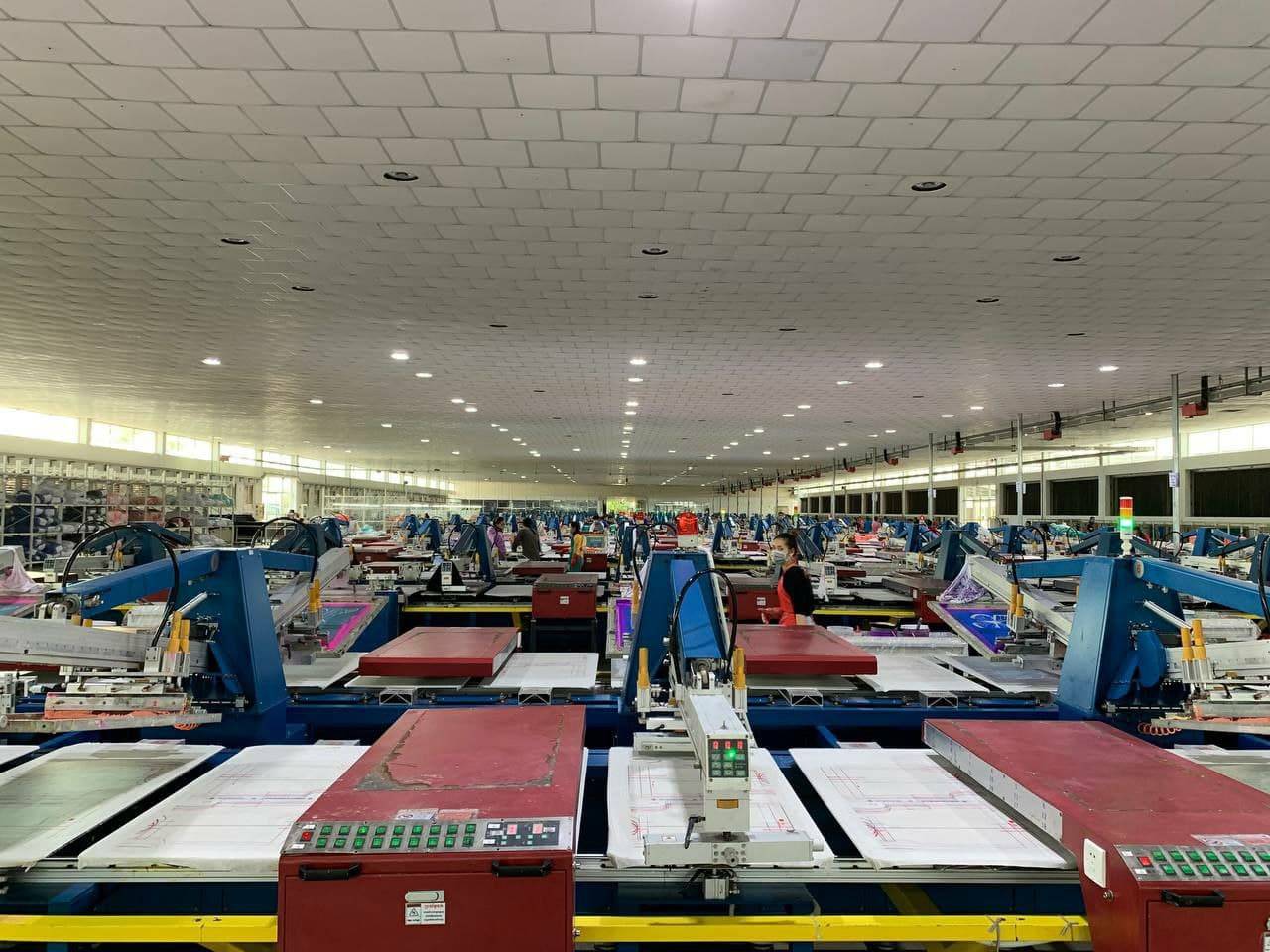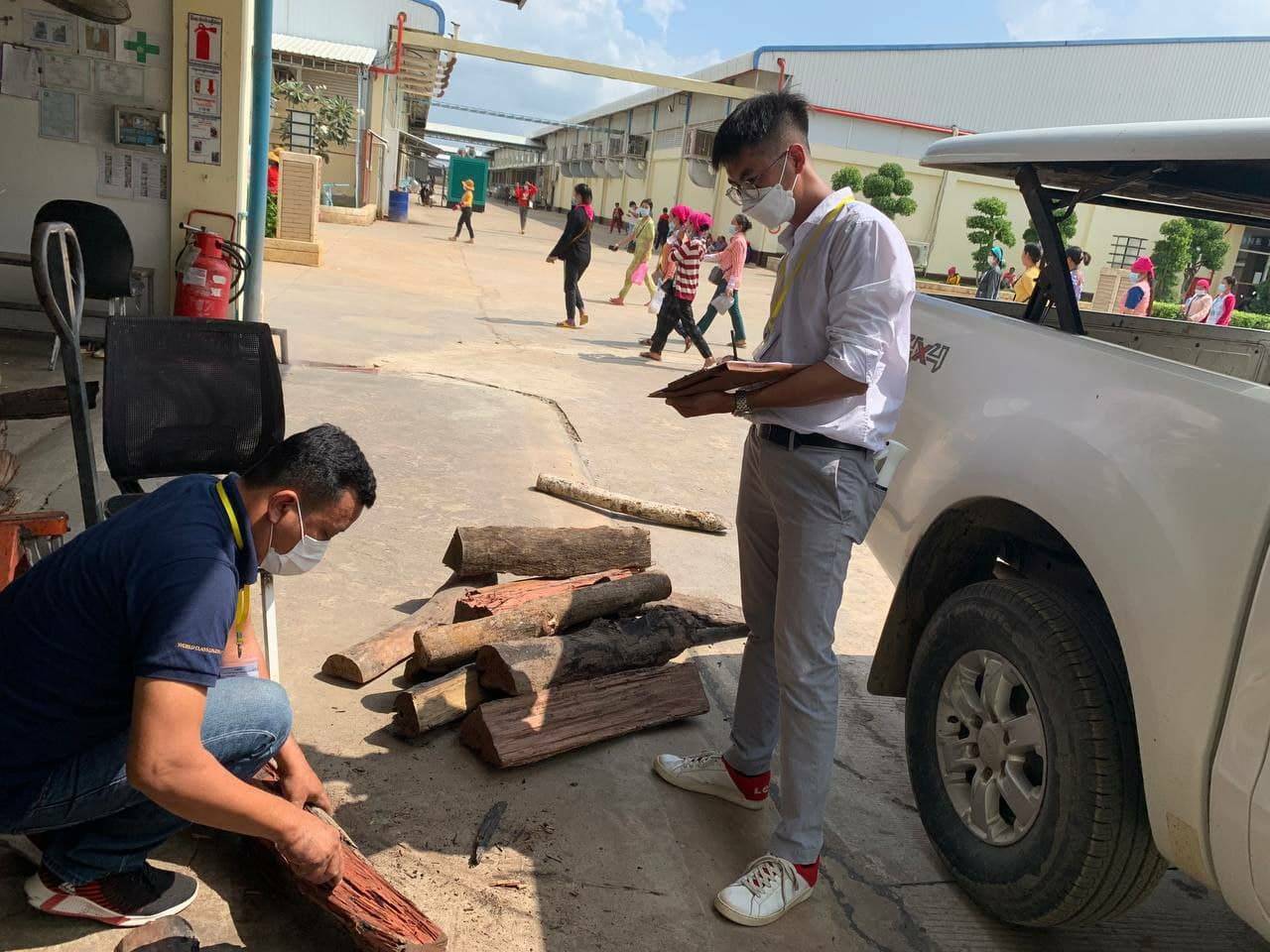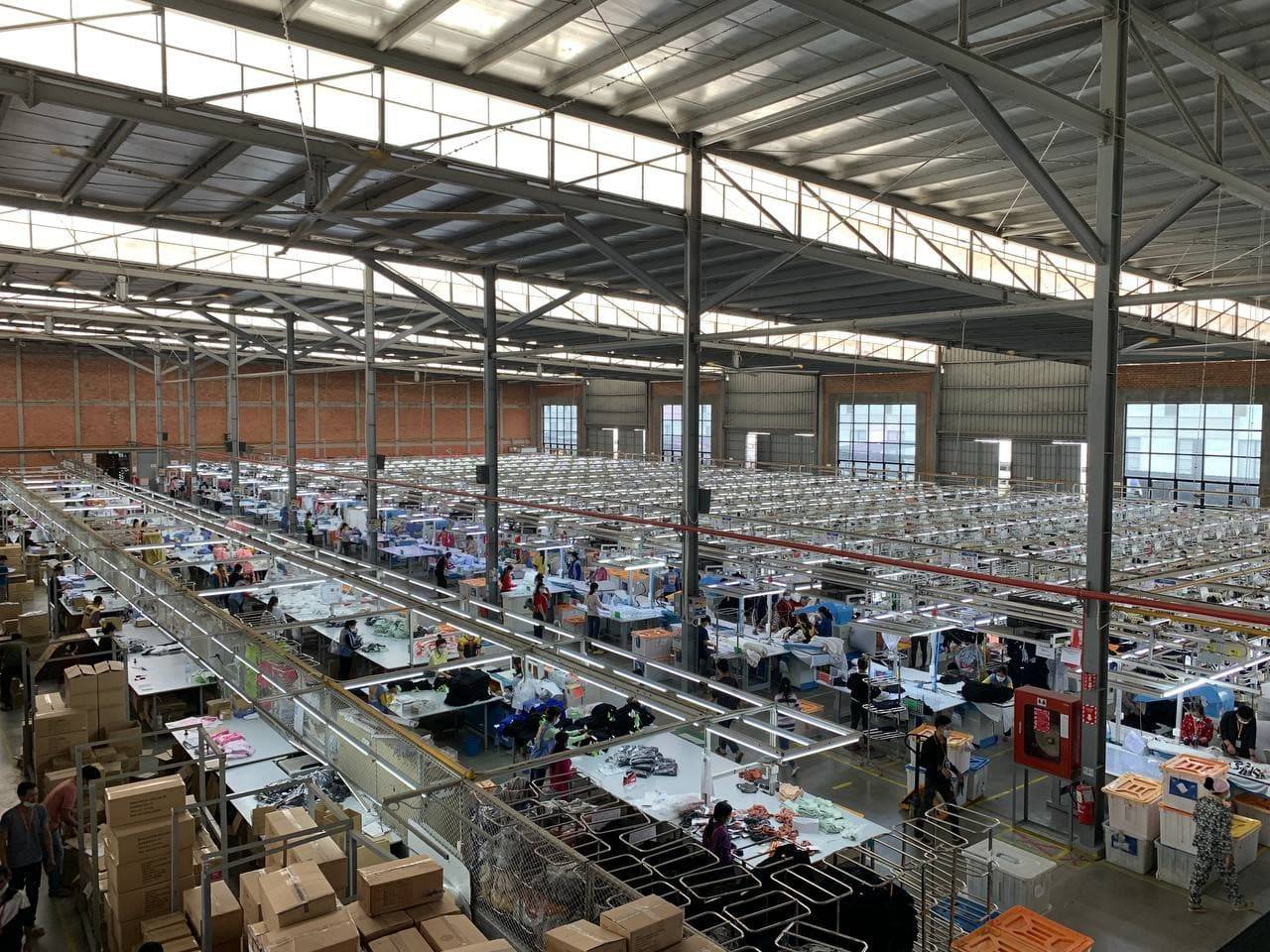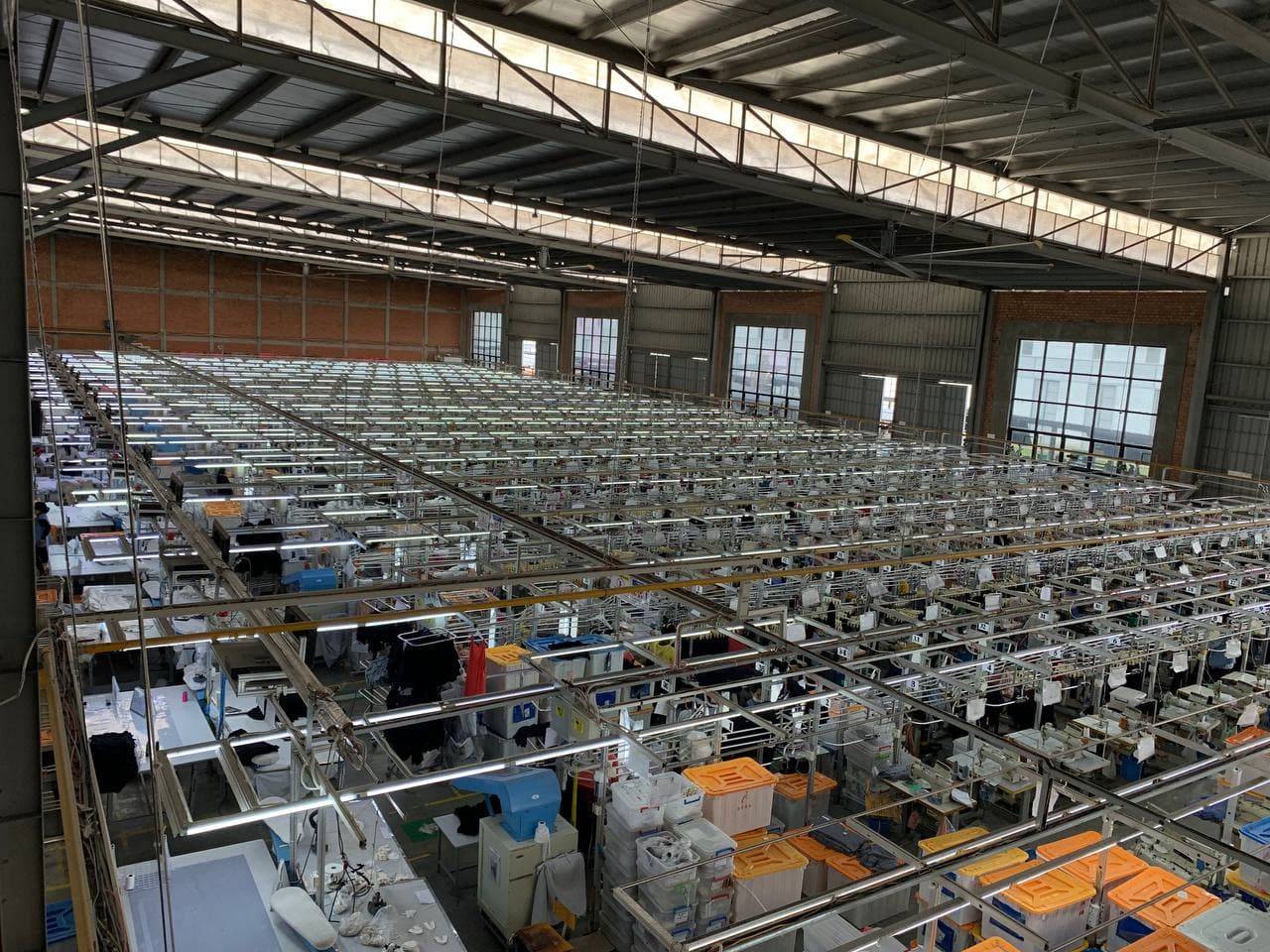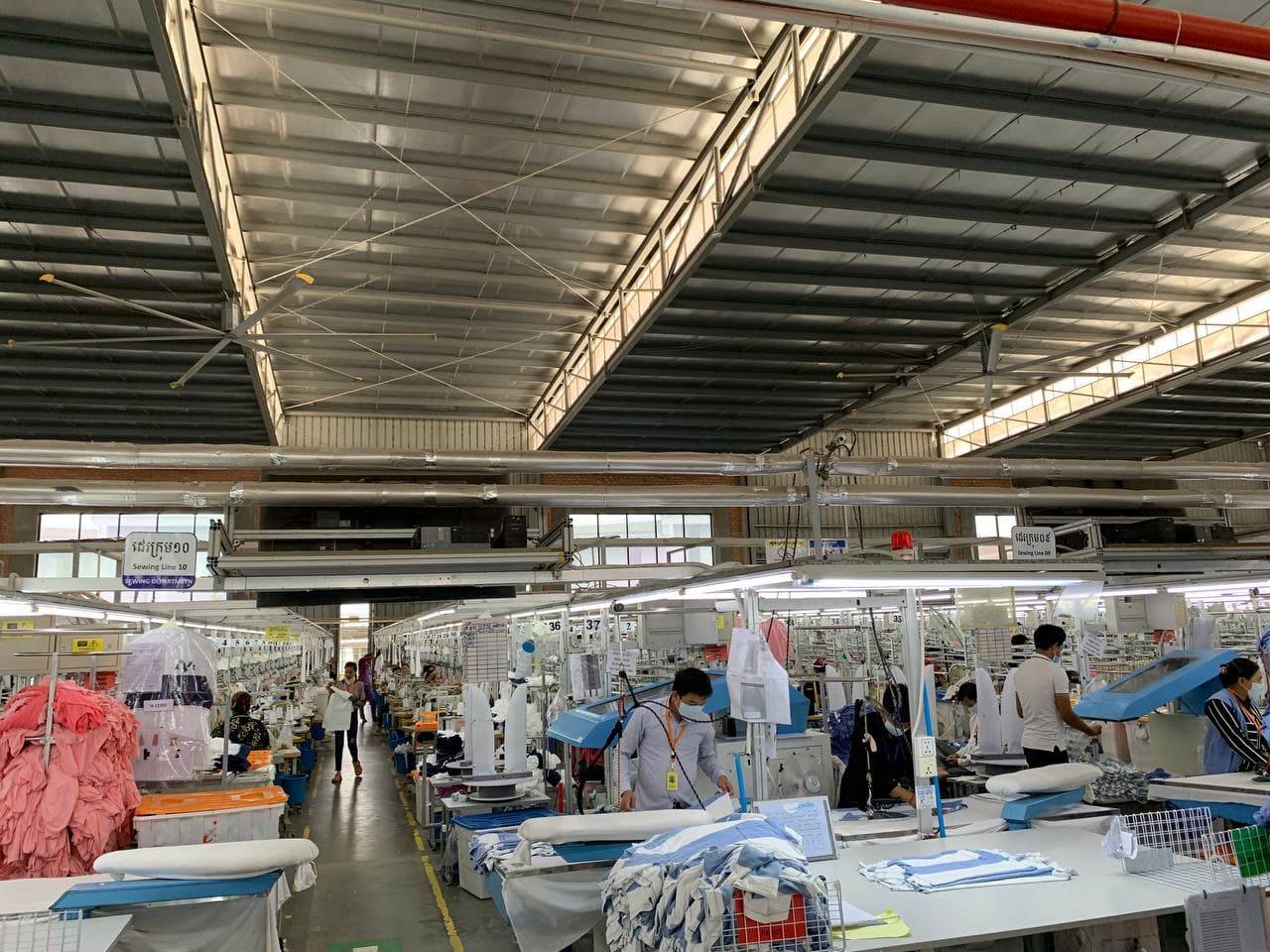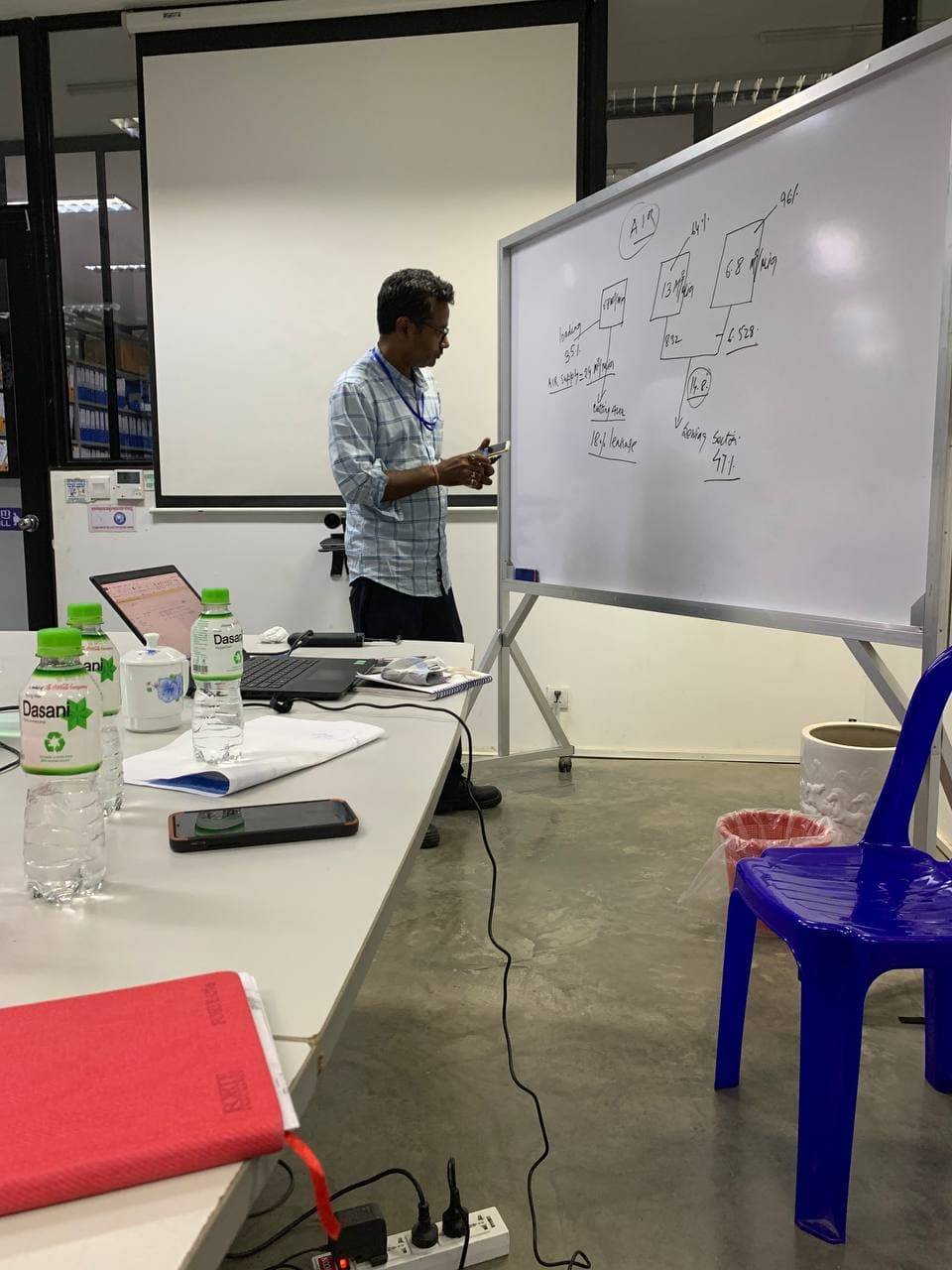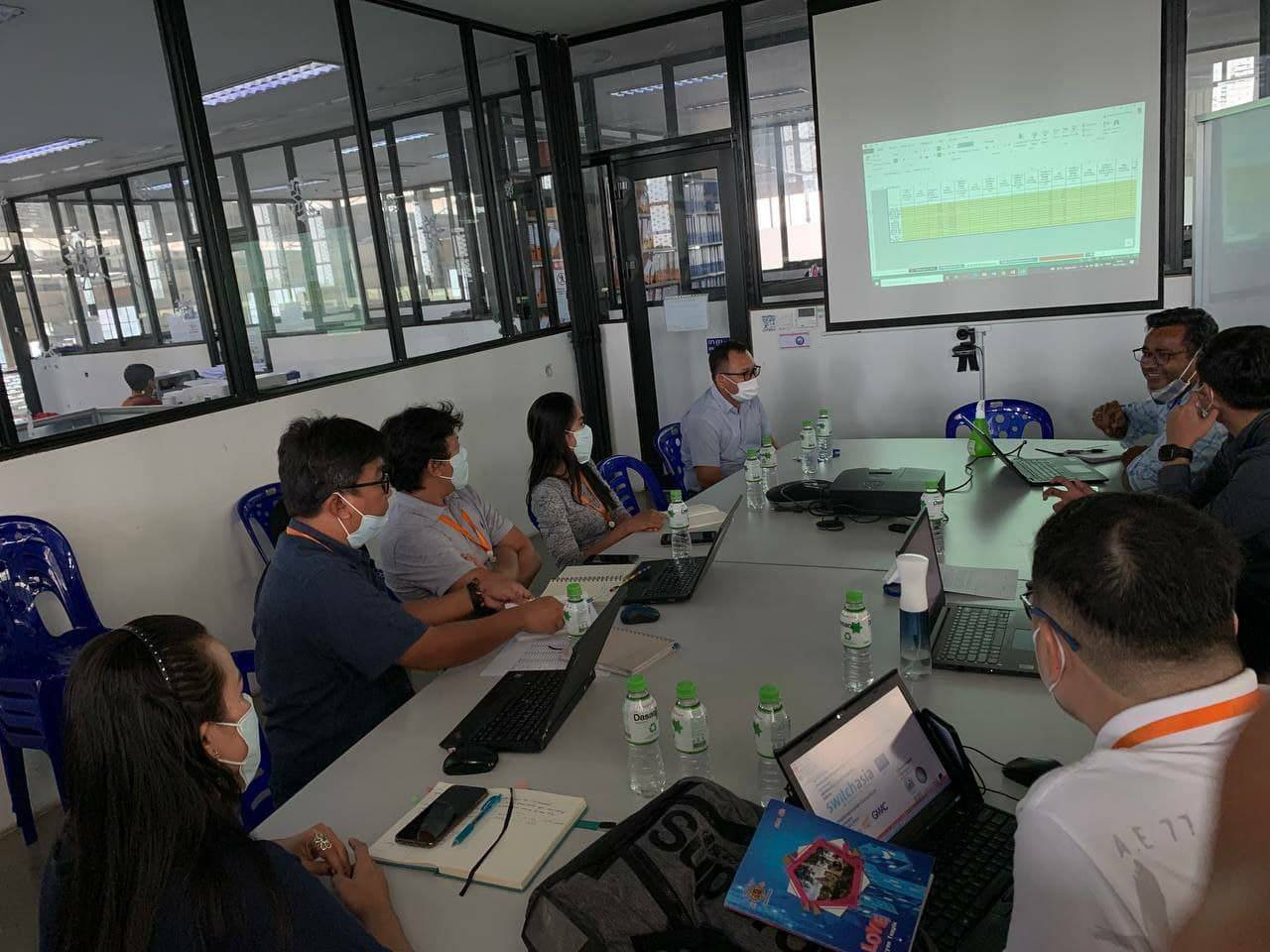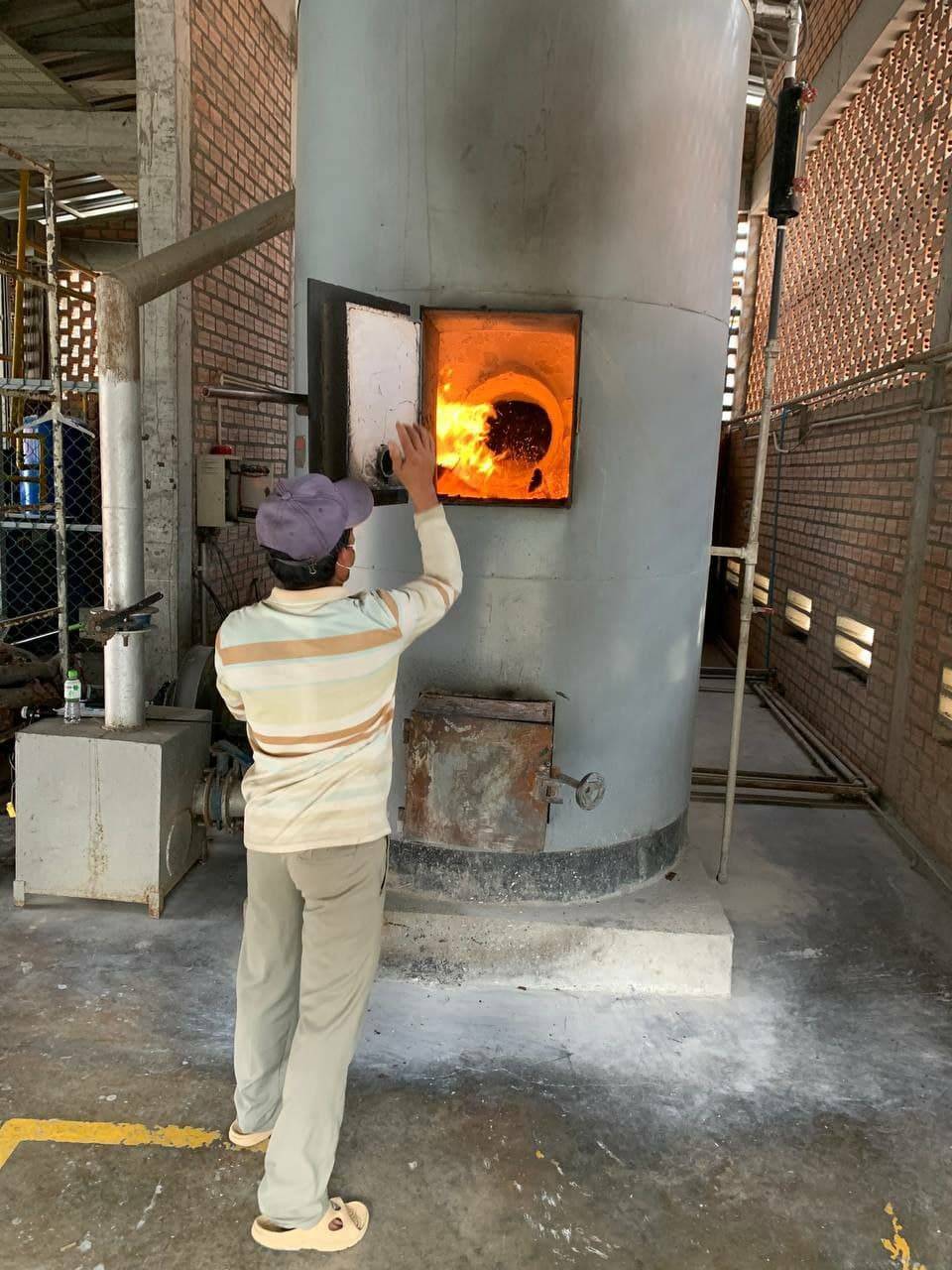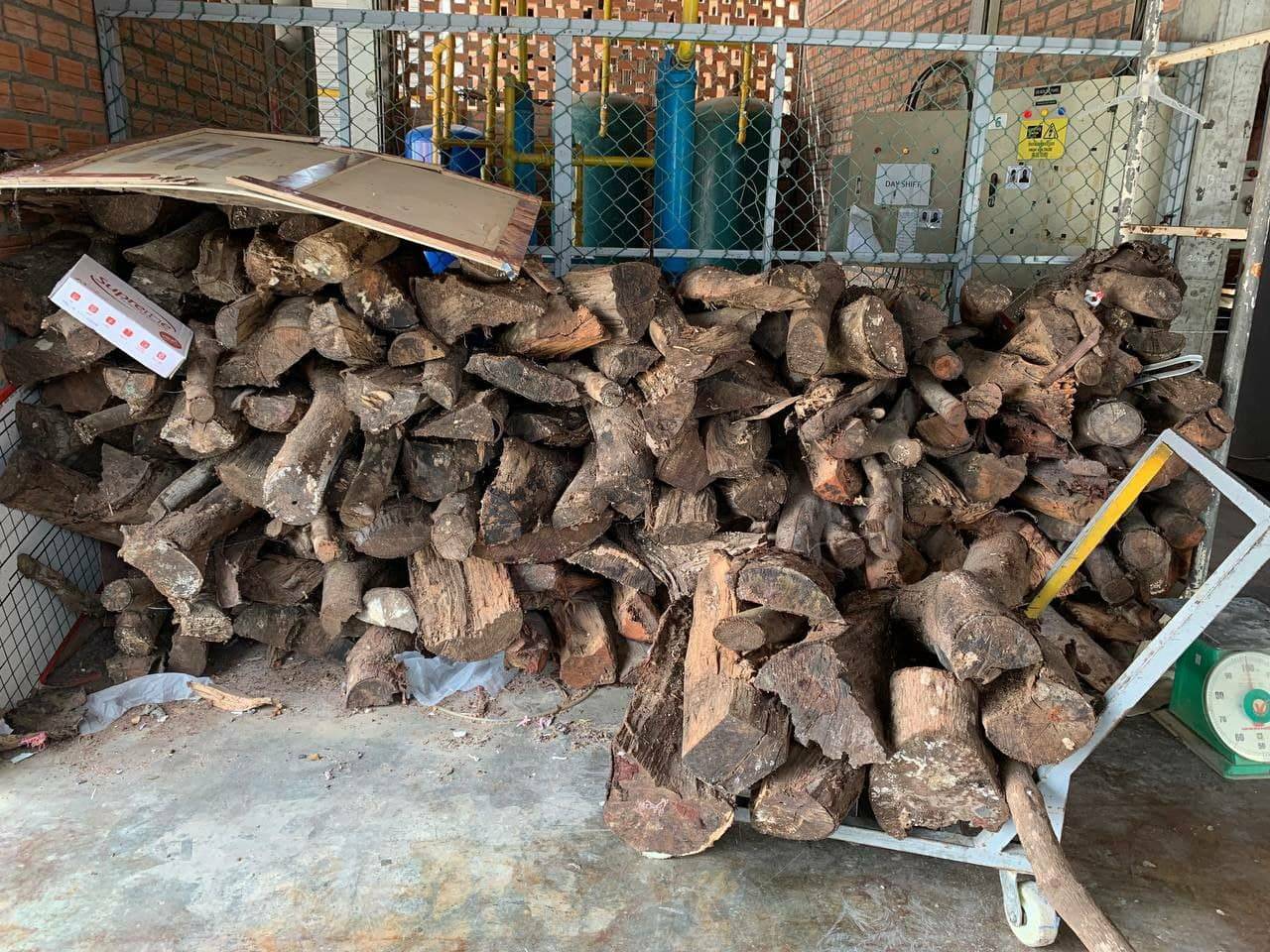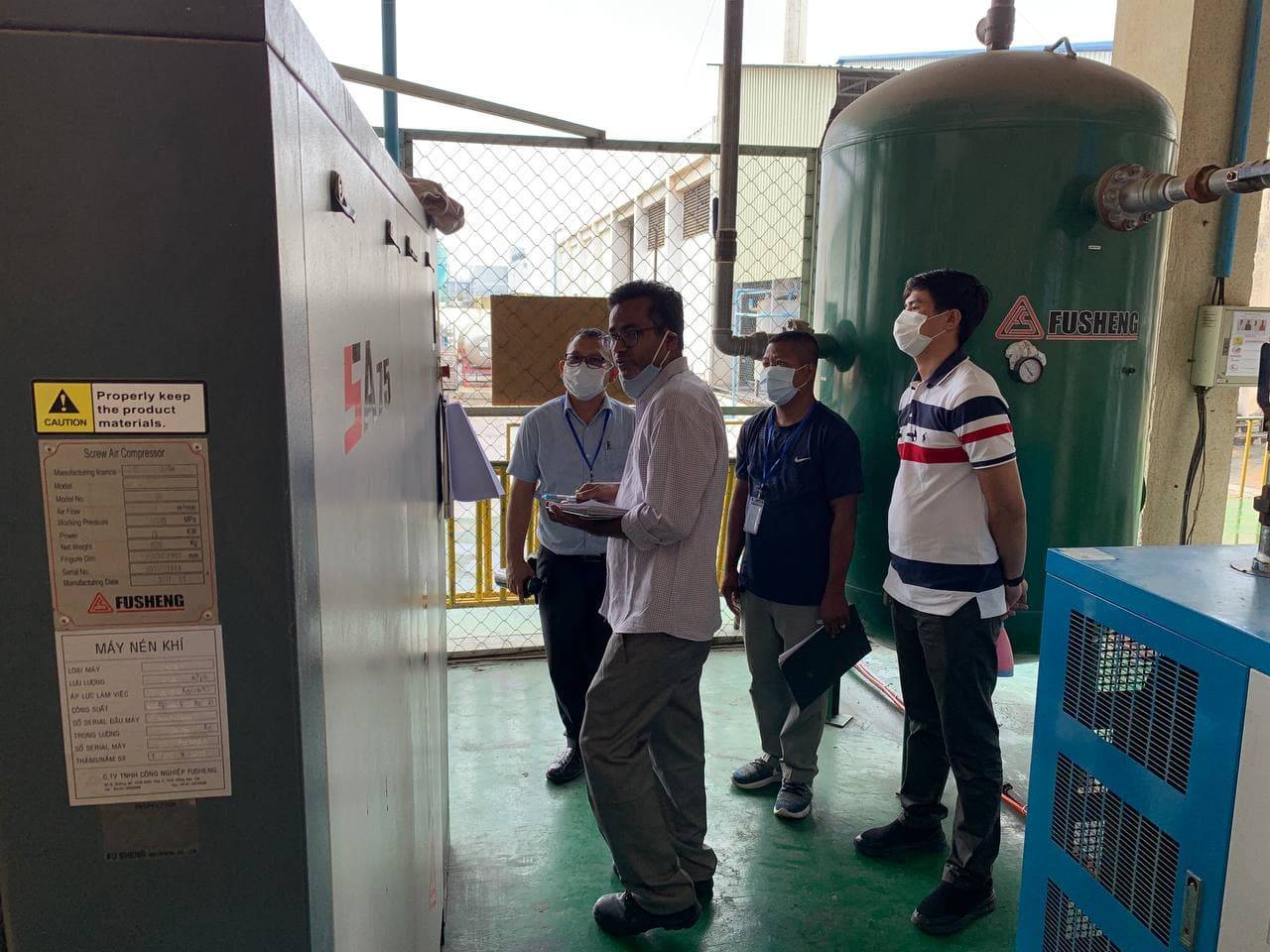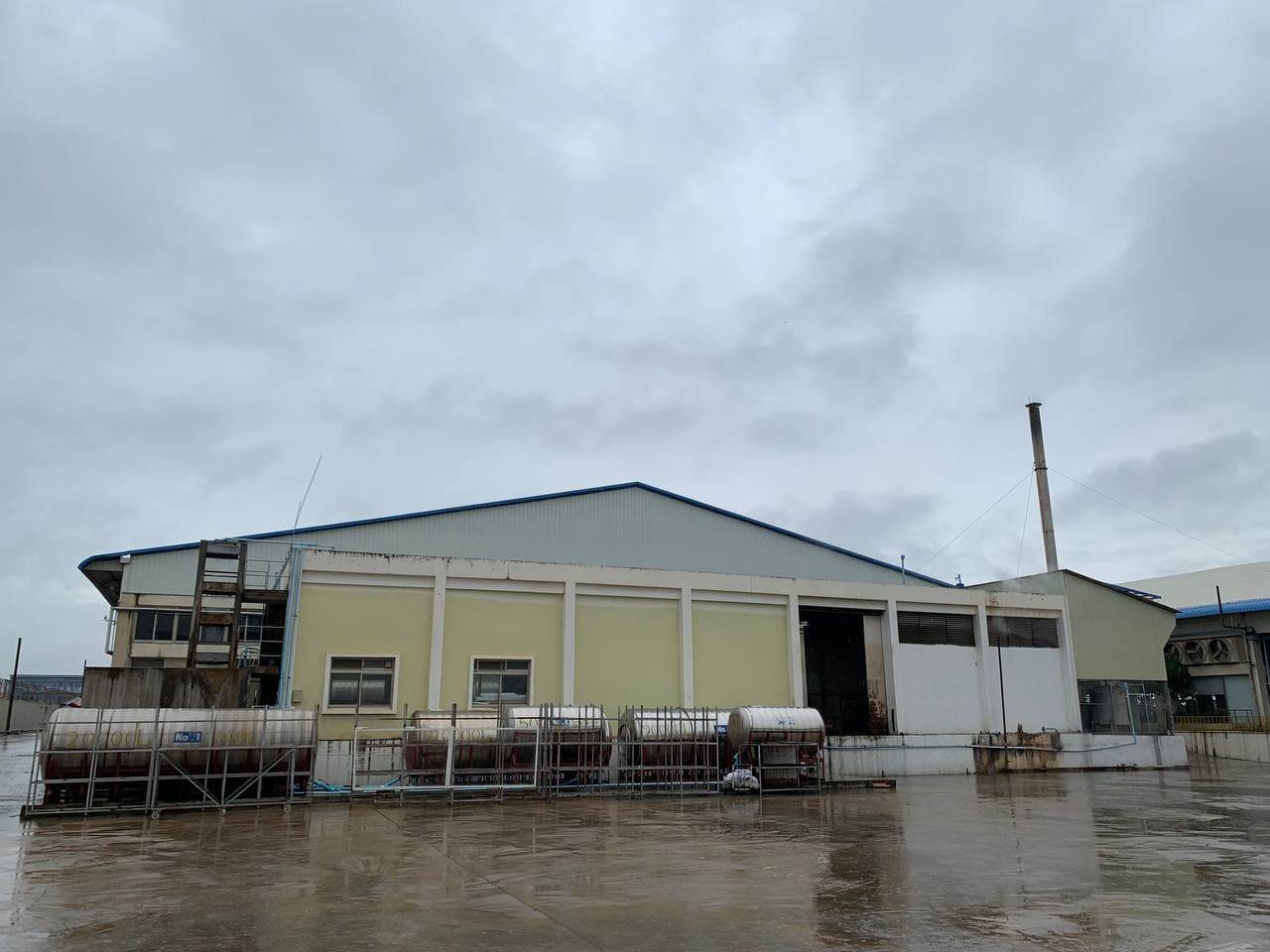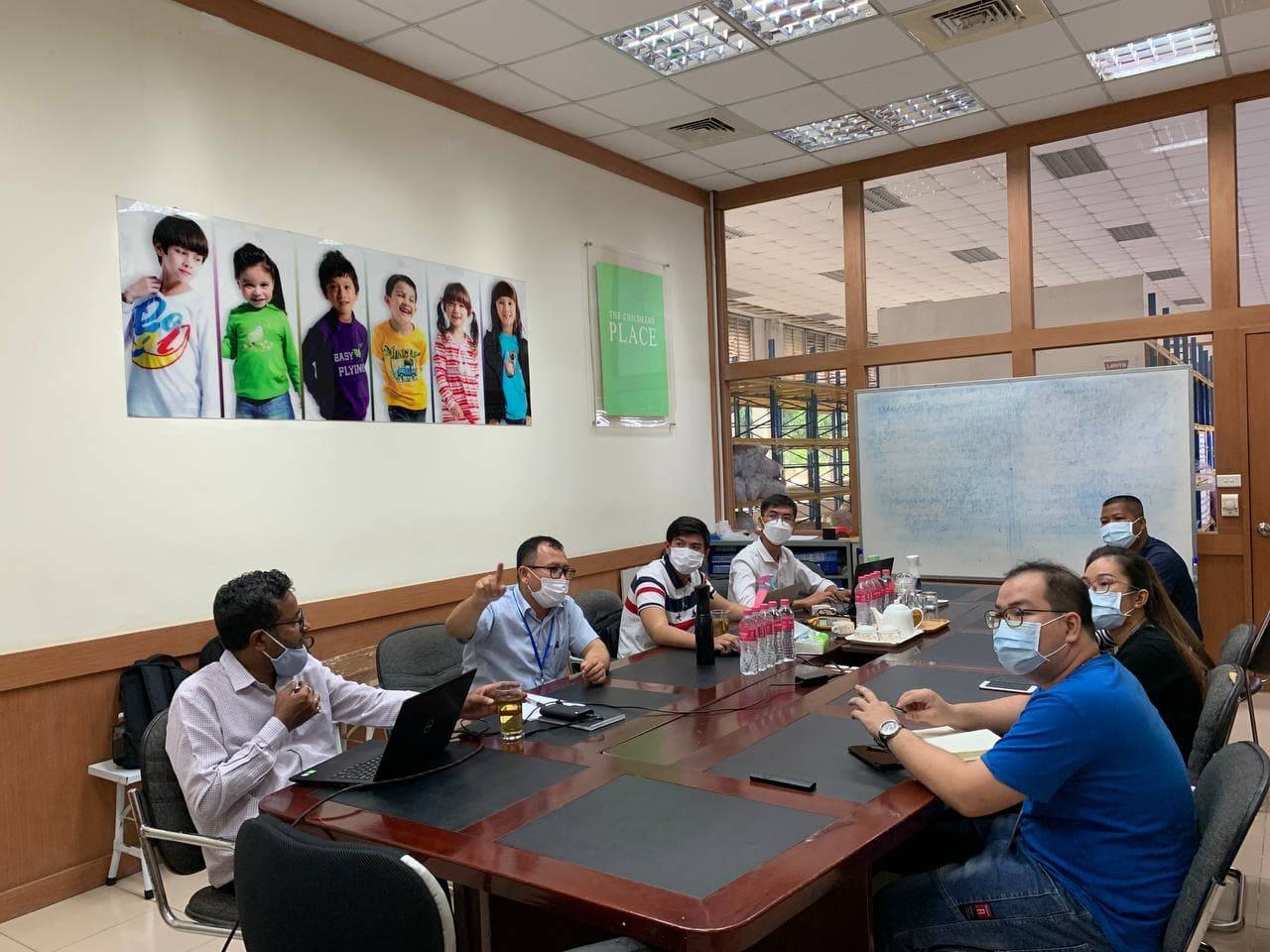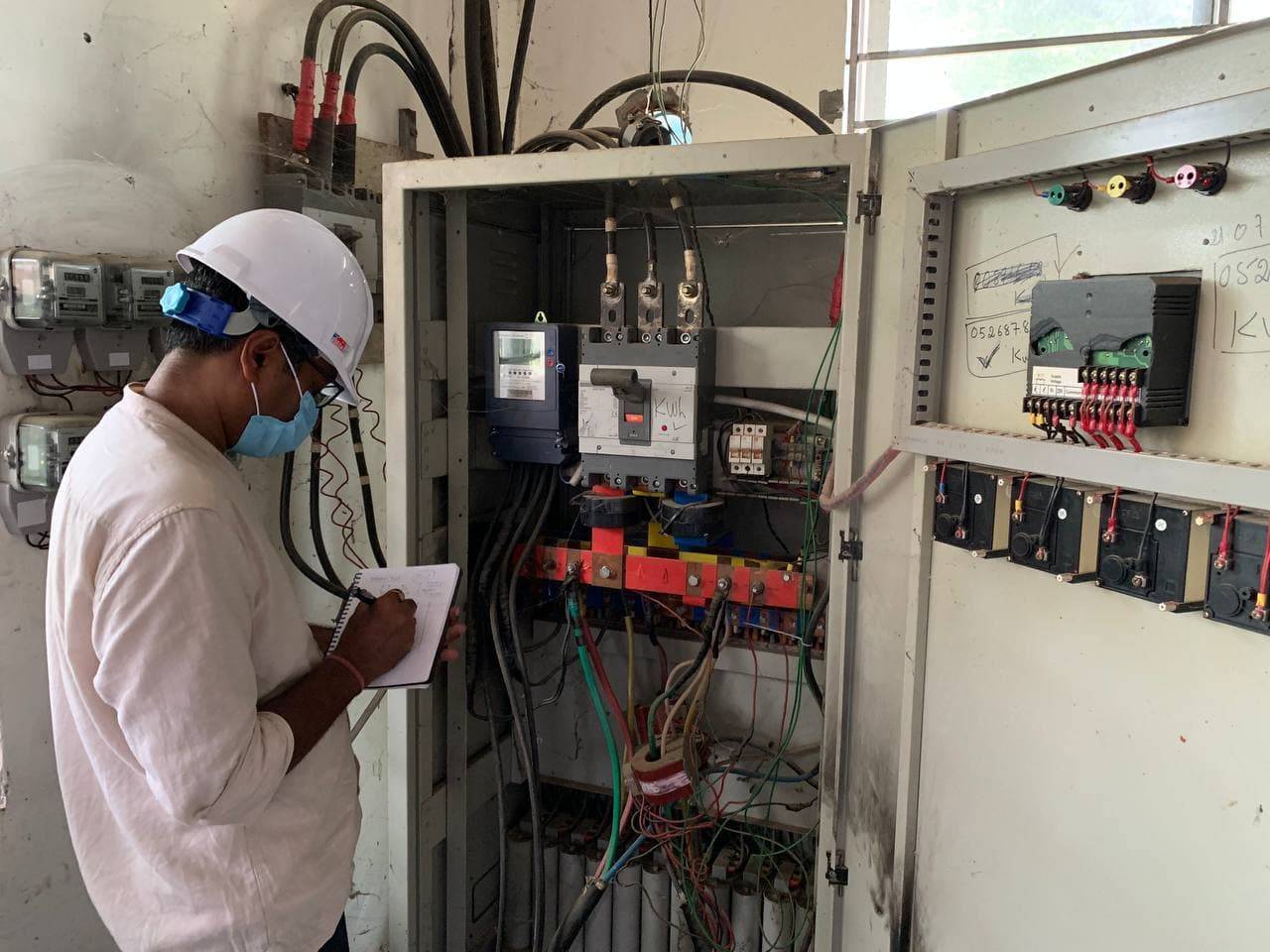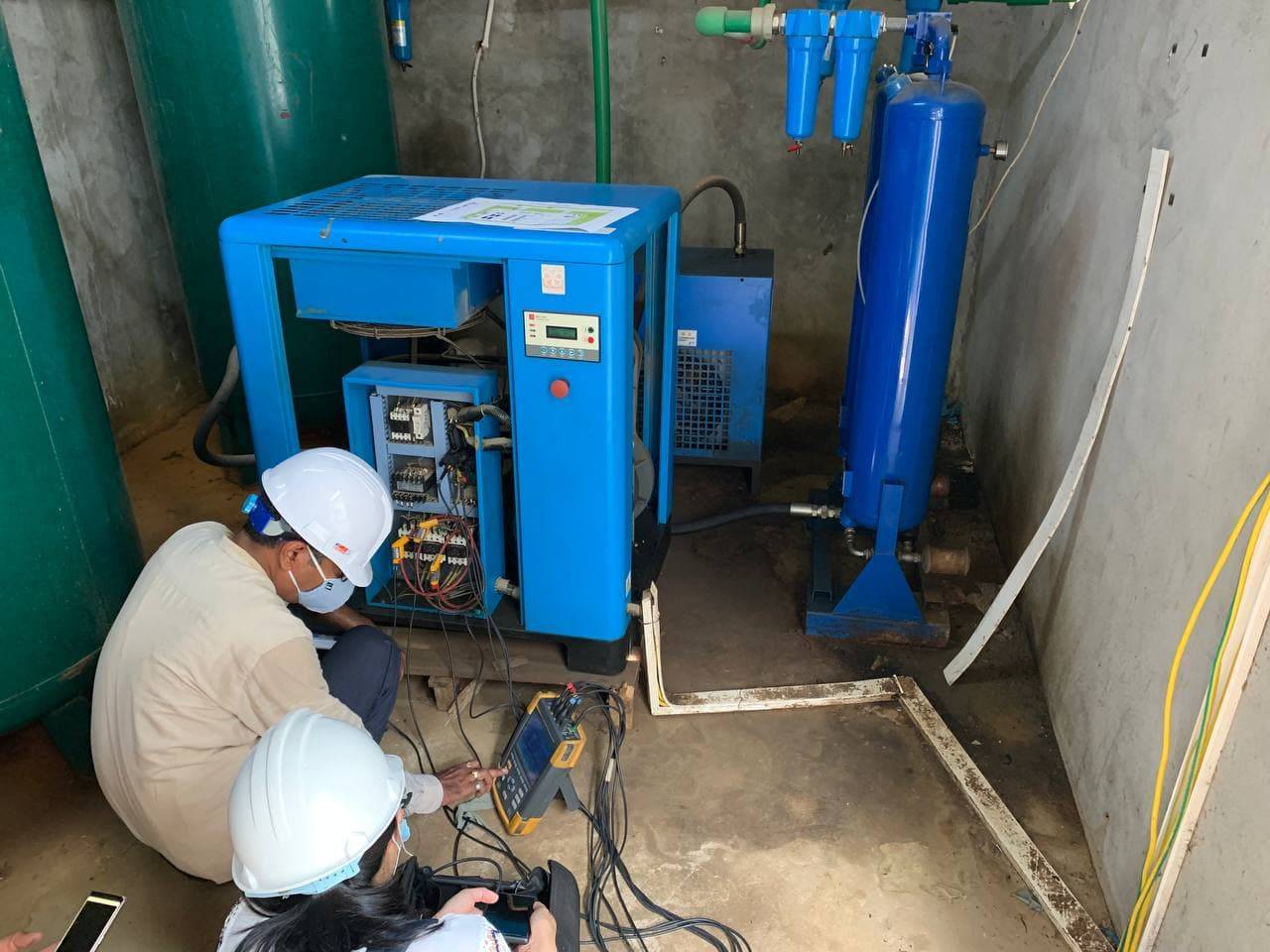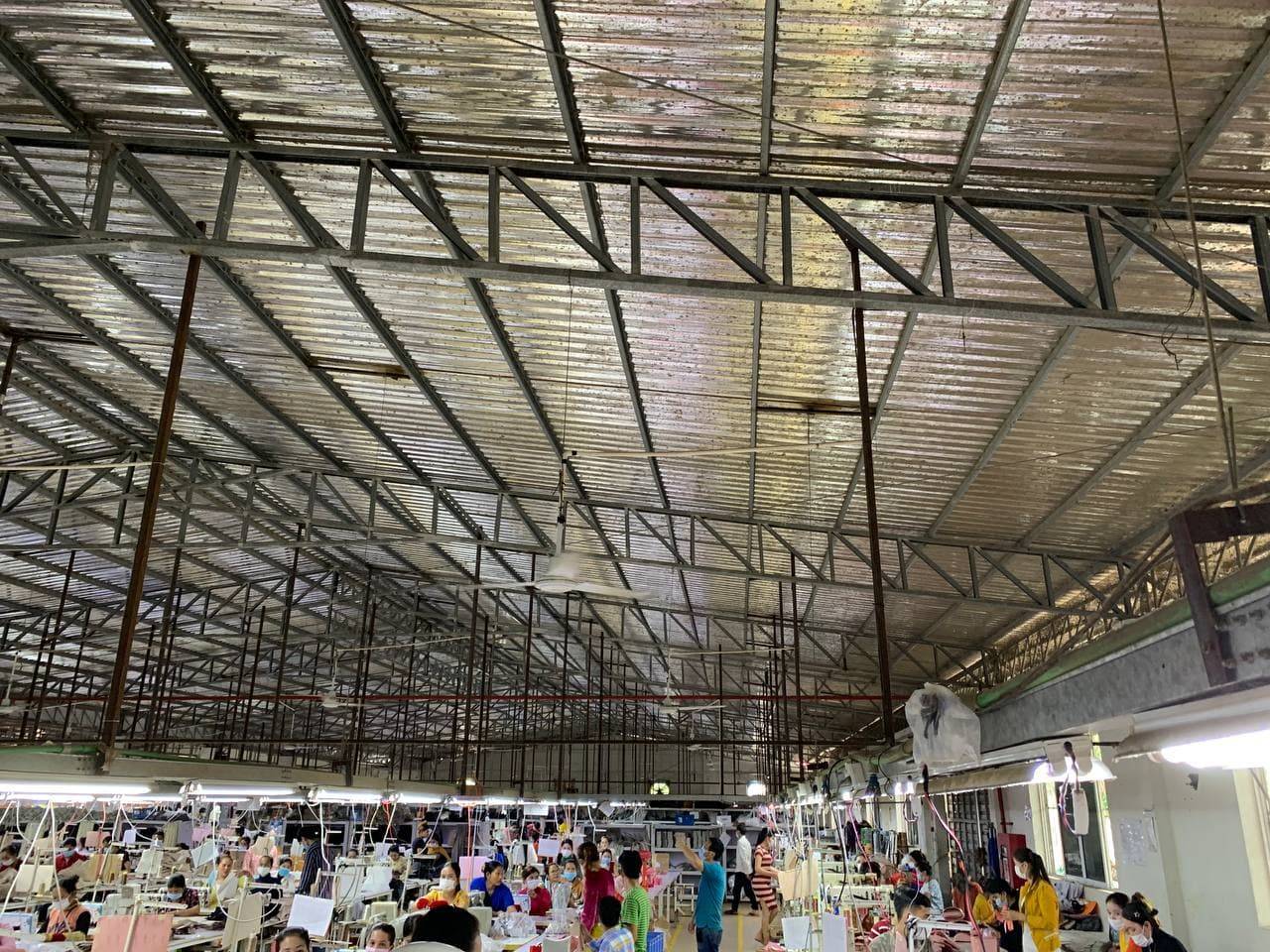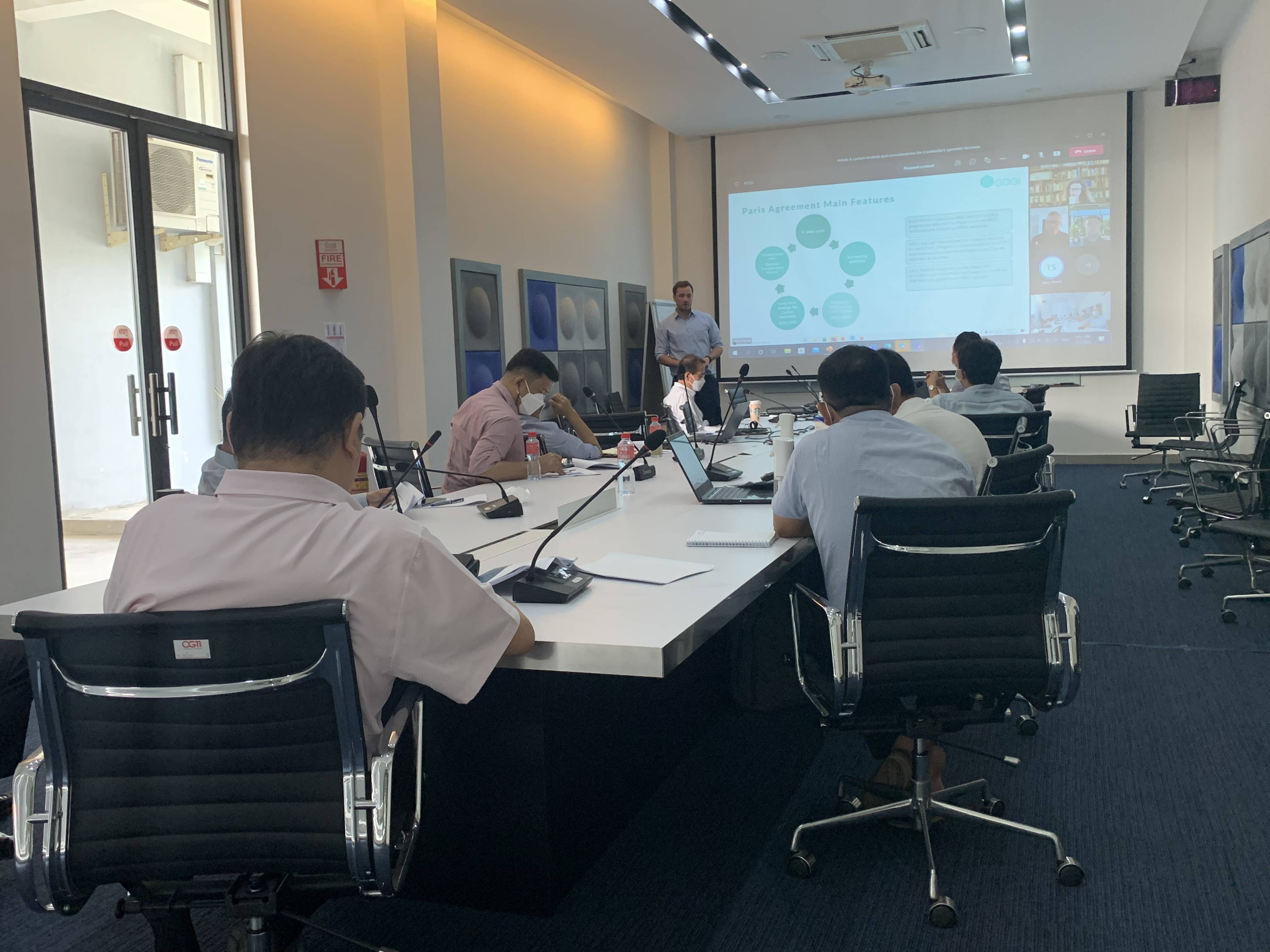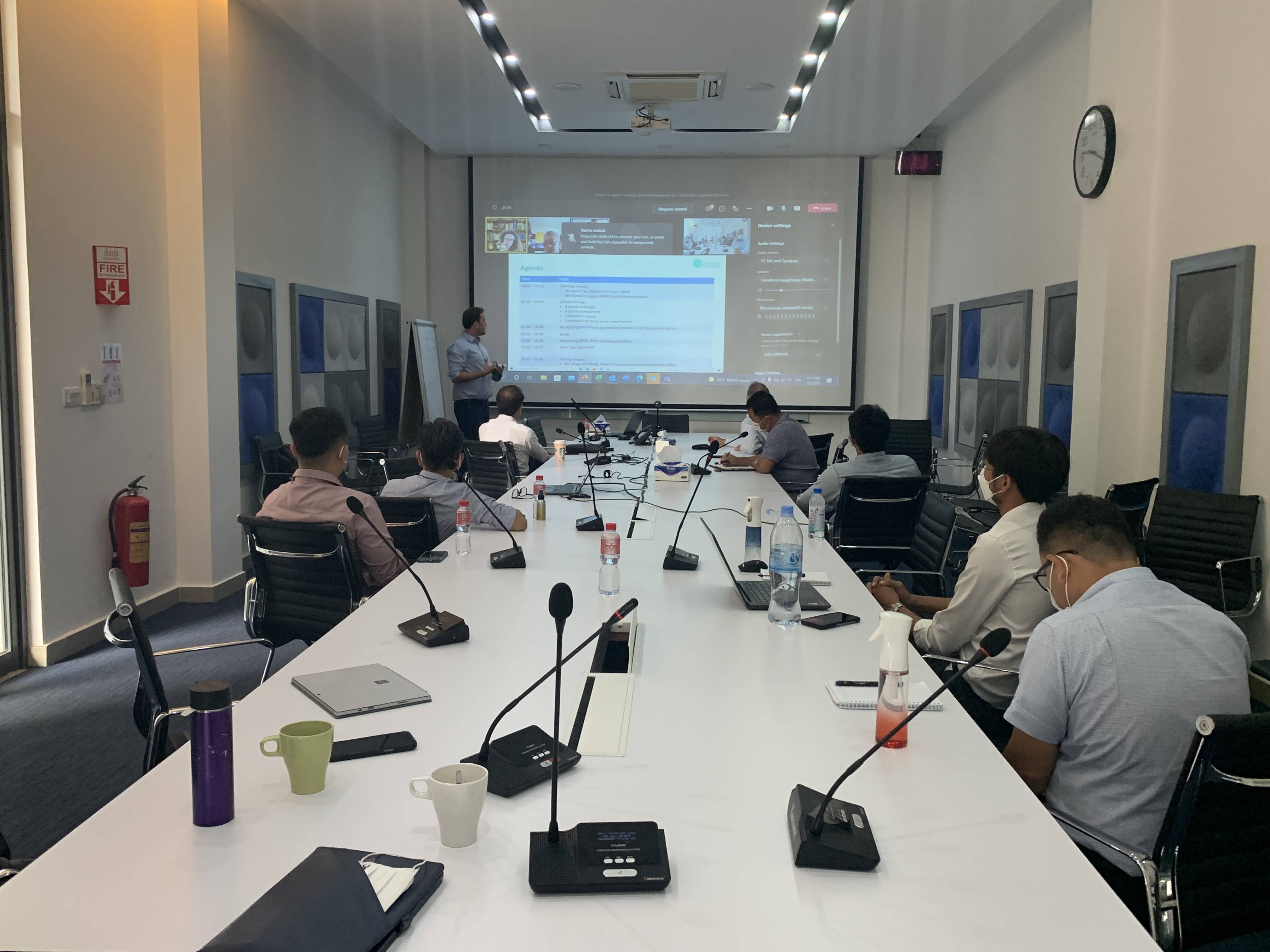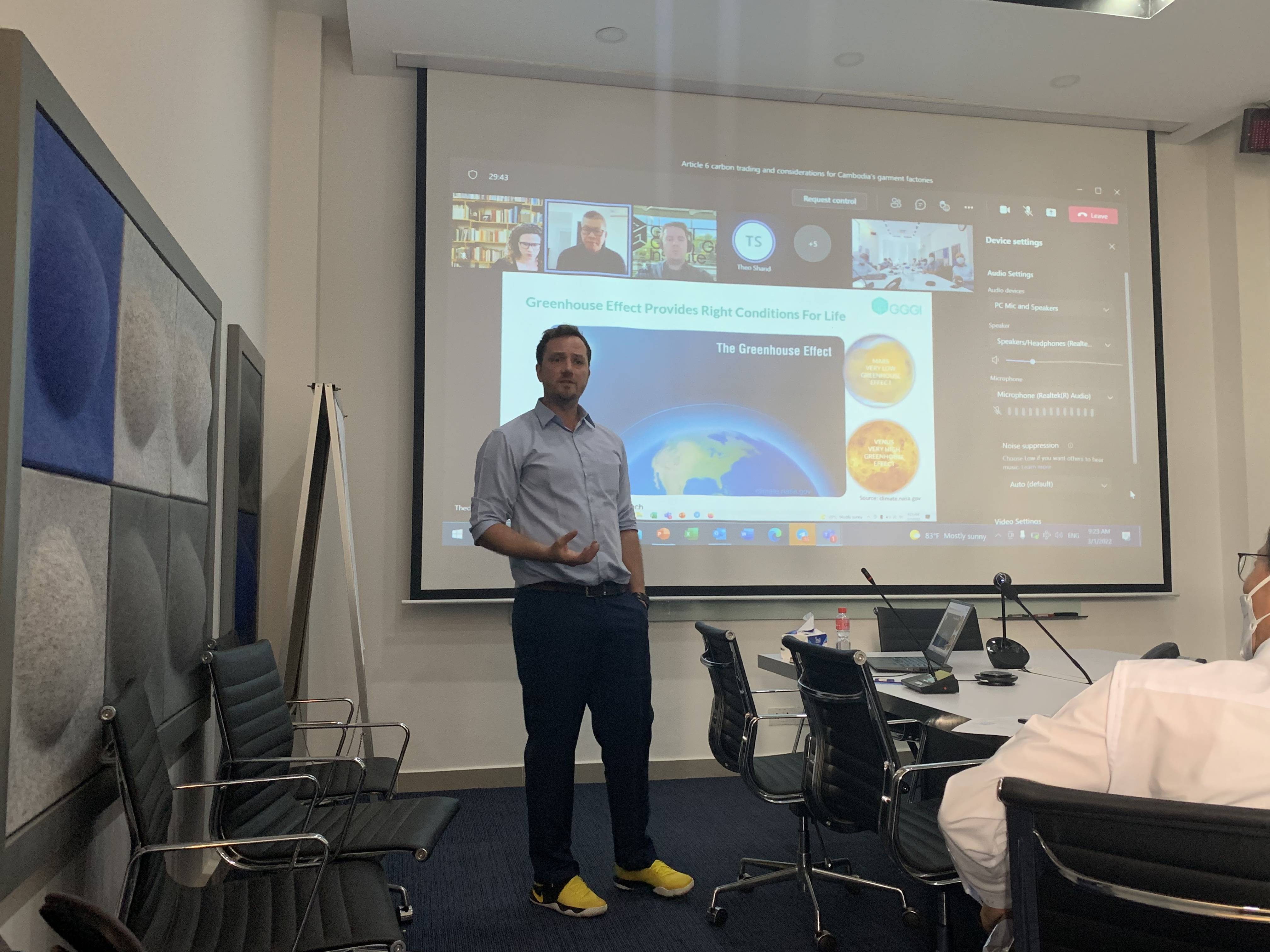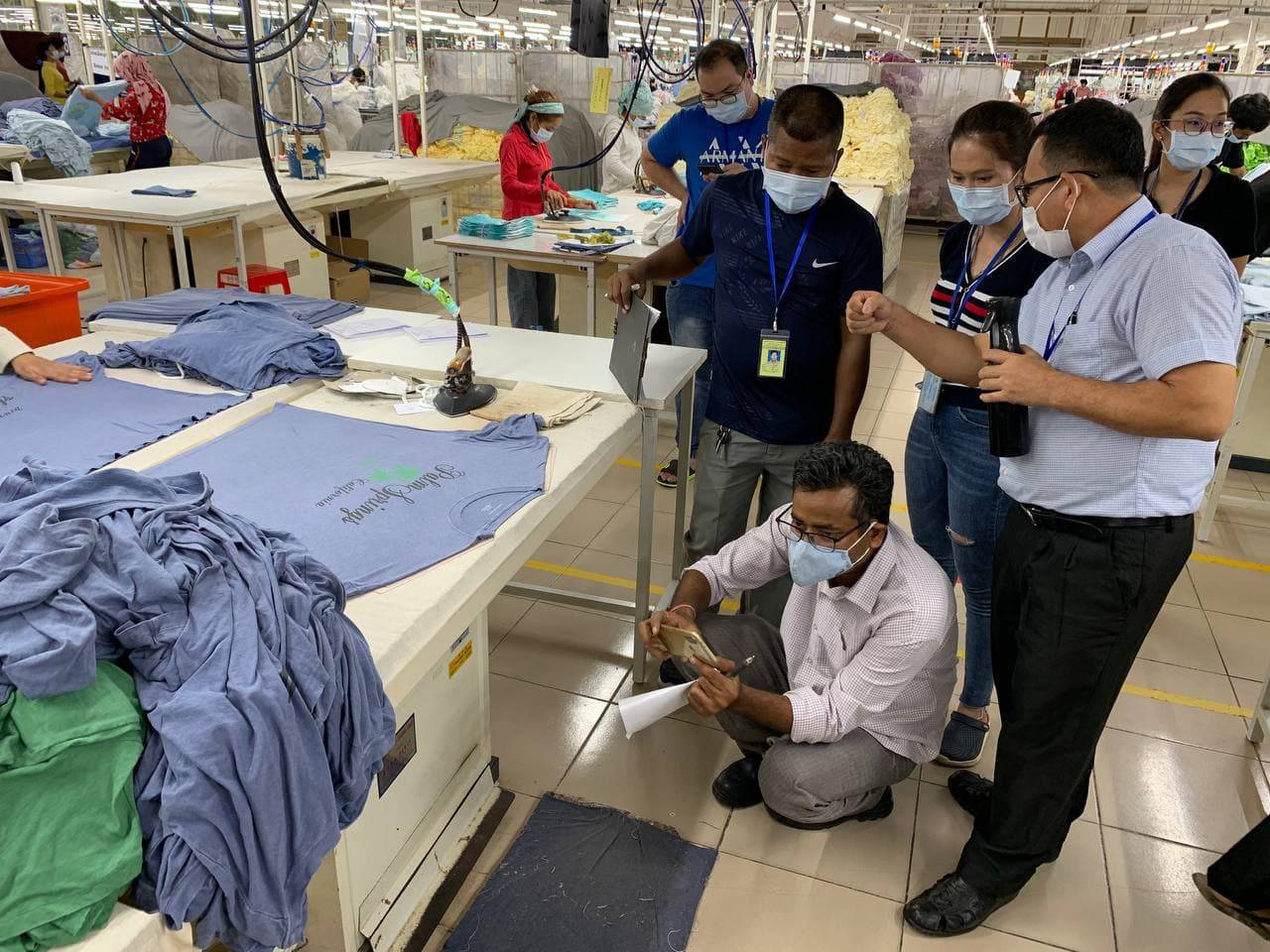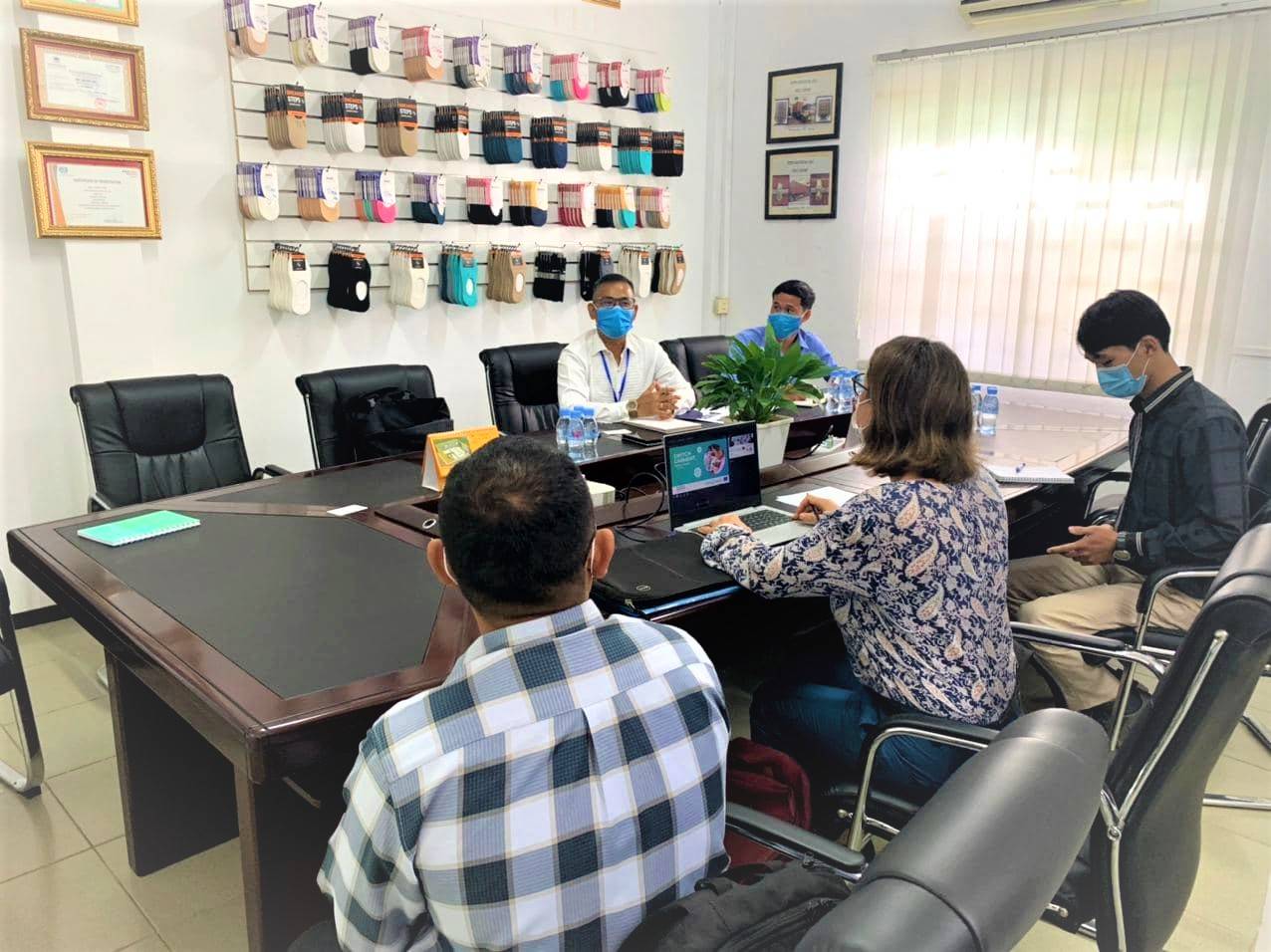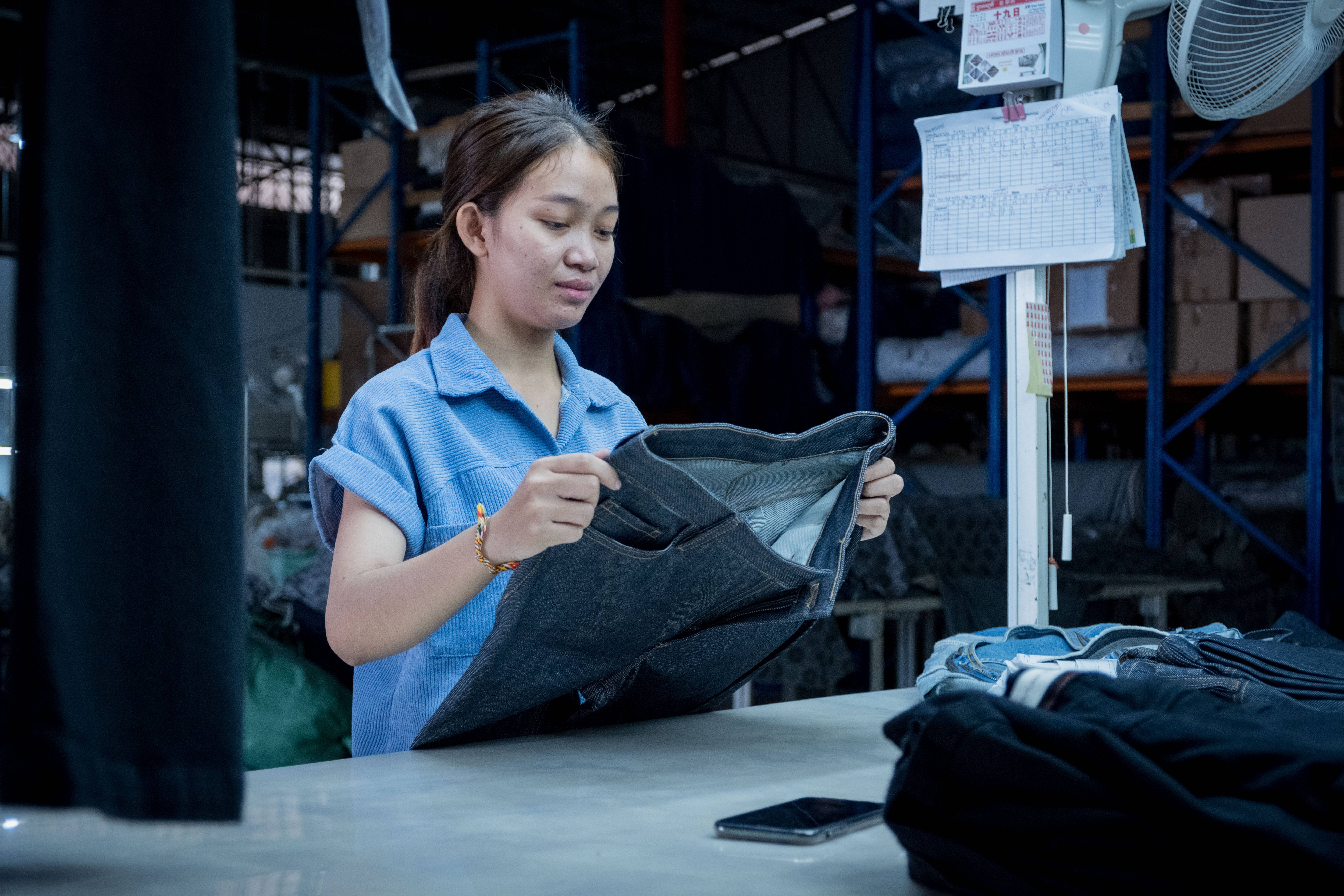
The Challenge
The Cambodian Garment, Footwear and Travel Goods (GFT) sector, which accounted for 10% of the country’s GDP and 56% of its exports in 2022, is the industrial sector’s largest employer in the Kingdom of Cambodia. The sector employs some 770,000 jobs, primarily women while supporting the livelihoods of over 2.5 million people in the country (TAFTAC Bulletin, 2023). The sector’s expansion is reflected in its growing energy demand. The Power Development Plan 2022-2040 forecasts that the average growth rate of industrial electricity consumption will increase annually by 14.01% of the total electricity consumption (National Energy Efficiency Policy 2022-2030, 2022).
According to the draft Energy Efficiency (EE) Policy, steep growth has led to the doubling of GHG emissions from energy consumption in the sector between 2002 and 2012. The predominant use of unsustainable, non-traceable cheap fuelwood in the factories of Cambodian garment suppliers contributes to the country’s rapid forest depletion and further exacerbates the sector’s ecological footprint.
The Objectives
There is an opportunity for Cambodian factors to use sustainability as a competitive advantage. An increasing number of international brands, to which Cambodian factories are supplying garment, have set corporate targets to lower the environmental footprint of their supply chains. Therefore, it will be important to reduce production costs in the garment industry and green its production processes to improve competitiveness and reduce negative environmental externalities. The Global Green Growth Institute (GGGI)’s economic modelling projects that a 20% increase in Energy Efficiency (EE) in the garment sector would lead to an increase of 31% in energy productivity by 2030 and US$ 2 billion of avoided energy costs. The team proposes a holistic intervention to promote the adoption of sustainable energy practices in garment manufacturing in Cambodia by acting on multiple fronts: support to regulatory and enforcement measures, stimulating demand for sustainable energy technologies/services and increasing the supply of technologies/services and financial solutions for this purpose.
The objective of this project is to increase the competitiveness and decrease the environmental impact of the Cambodian garment industry through sustainable production. More specifically, the project aims to increase the investment in sustainable energy practices (such as efficient technologies, switch to renewable energy and good operations management) by garment factories in Cambodia.
The Way Forward
- Proportion of participating SME garment manufacturers that have initiated investments in ECMs based on the conclusions of the energy audits conducted by the Action: Target 20 out of 50, till date 15 out of 50.
- Investments in sustainable energy measures by SME garment manufacturers as a result of the energy audits conducted by the Action: Target USD 2 million, till date 1.90 million achieved.
- Investment from bilateral/multilateral funding agencies for the capitalization of a de-risking facility to facilitate access to finance for investments in sustainable energy by SME garment manufacturers, target USD 5 million, stakeholder’s engagement.
Relation to European Green Deal, Circular Economy and Climate Change
Climate action and greening manufacturing: GGGI’s economic modelling projects that a 20% increase in energy efficiency in the garment sector would lead to an increase of 31% in energy productivity by 2030 and US$ 2 billion of avoided energy costs. The logframe target specific to this project is to decrease GHG emissions by 175,000 tCO2e by 2025 against the baseline.
Increase manufacturing industries’ productivity and competitiveness: The garment industry will also increase its attractiveness to high-end international buyers with environmental policies; The logframe target specific to this project is to decrease the average energy intensity of SME garment manufacturers to 33.6 GJ/ton garment by 2025 against a baseline of 42 GJ/ton in 2017.
Green recovery: The gains in productivity and competitiveness create employment opportunities direly needed in the Cambodian garment sector, one of the sectors hardest hit by the global COVID19 pandemic.
Green investment: By creating a demand for industrial EE services and technologies and creating better market conditions for the supply of such services and technologies, the project opens up and an estimated US$ 120 -150 million energy efficiency markets considering projections for the next 15 years for energy service companies, technology providers and local financial institutions. More immediately, the project creates a guarantee fund with a targeted capitalisation of US$ 5 million by 2023, which would leverage US$ 25 million in bank loans to EE projects by 2035.
PLAY VIDEO

PLAY VIDEO
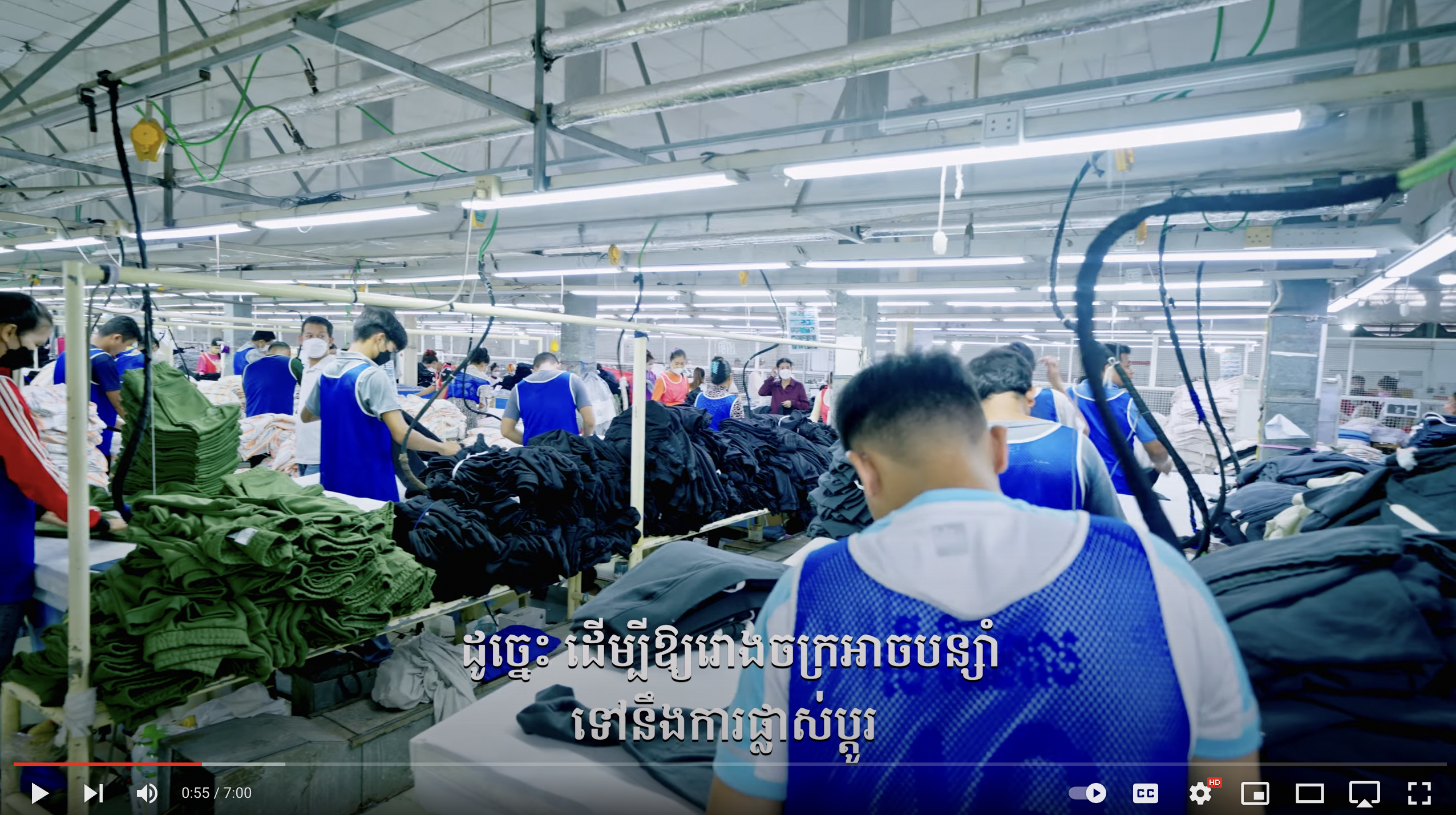
Duration:
2020-May 2024Total Budget:
2,995,748 EUR (EU Contribution: 86.94%)Contact Detail:
Md. Mahfuzur Rahman
Project Manager, Global Green Growth Institute (GGGI) Cambodia
Lead Partners
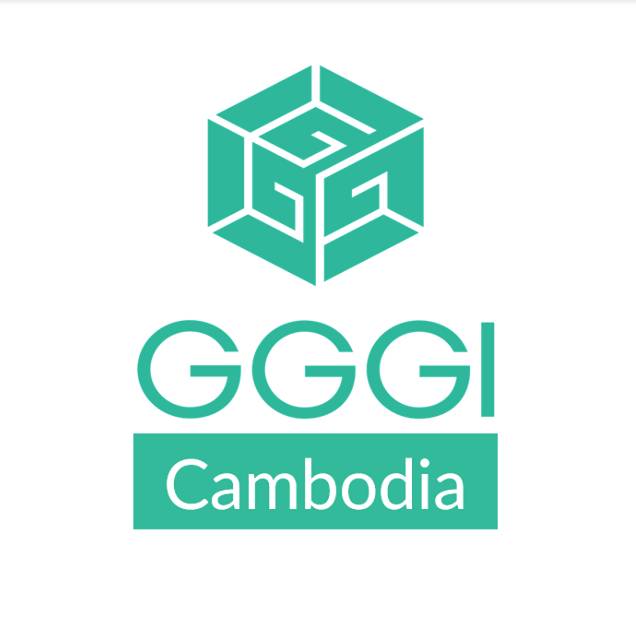
Global Green Growth Institute (GGGI), Cambodia
Partners
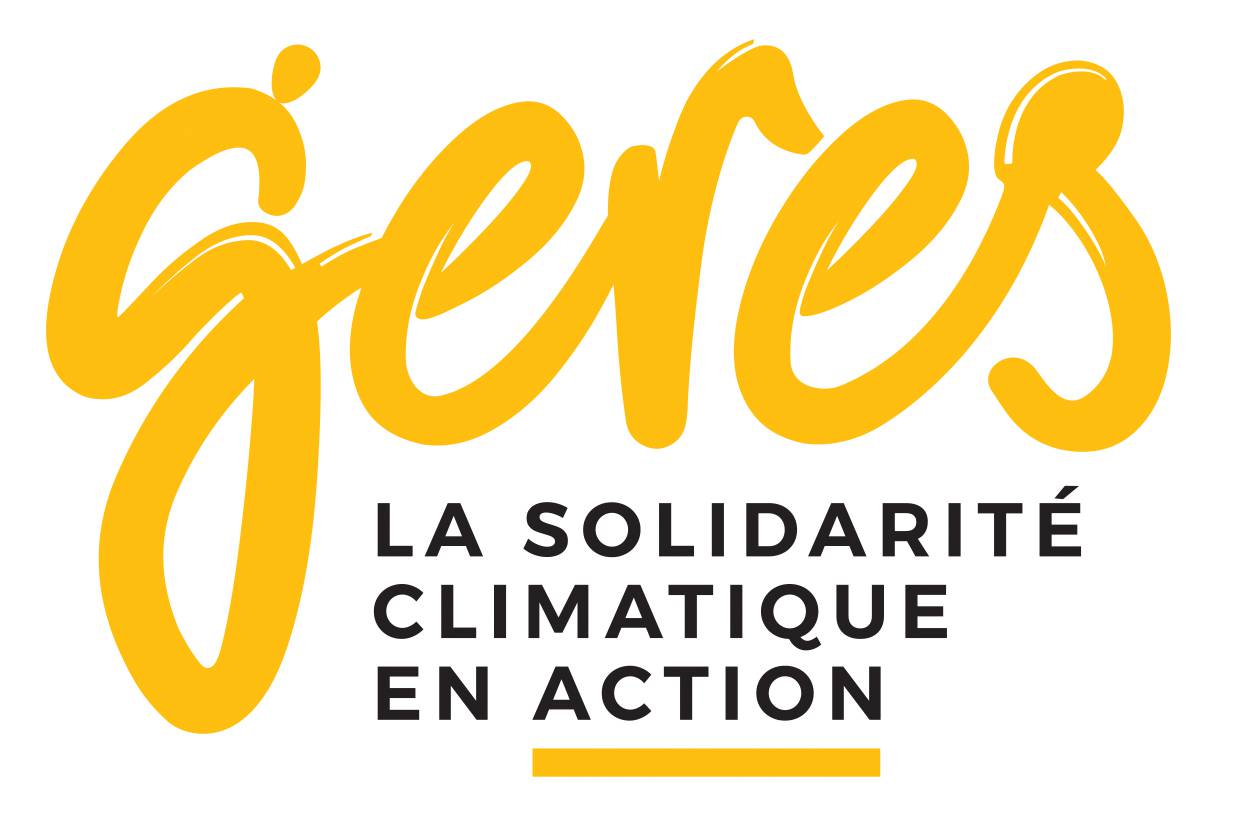
GERES - Acting for Climate Solidarity
